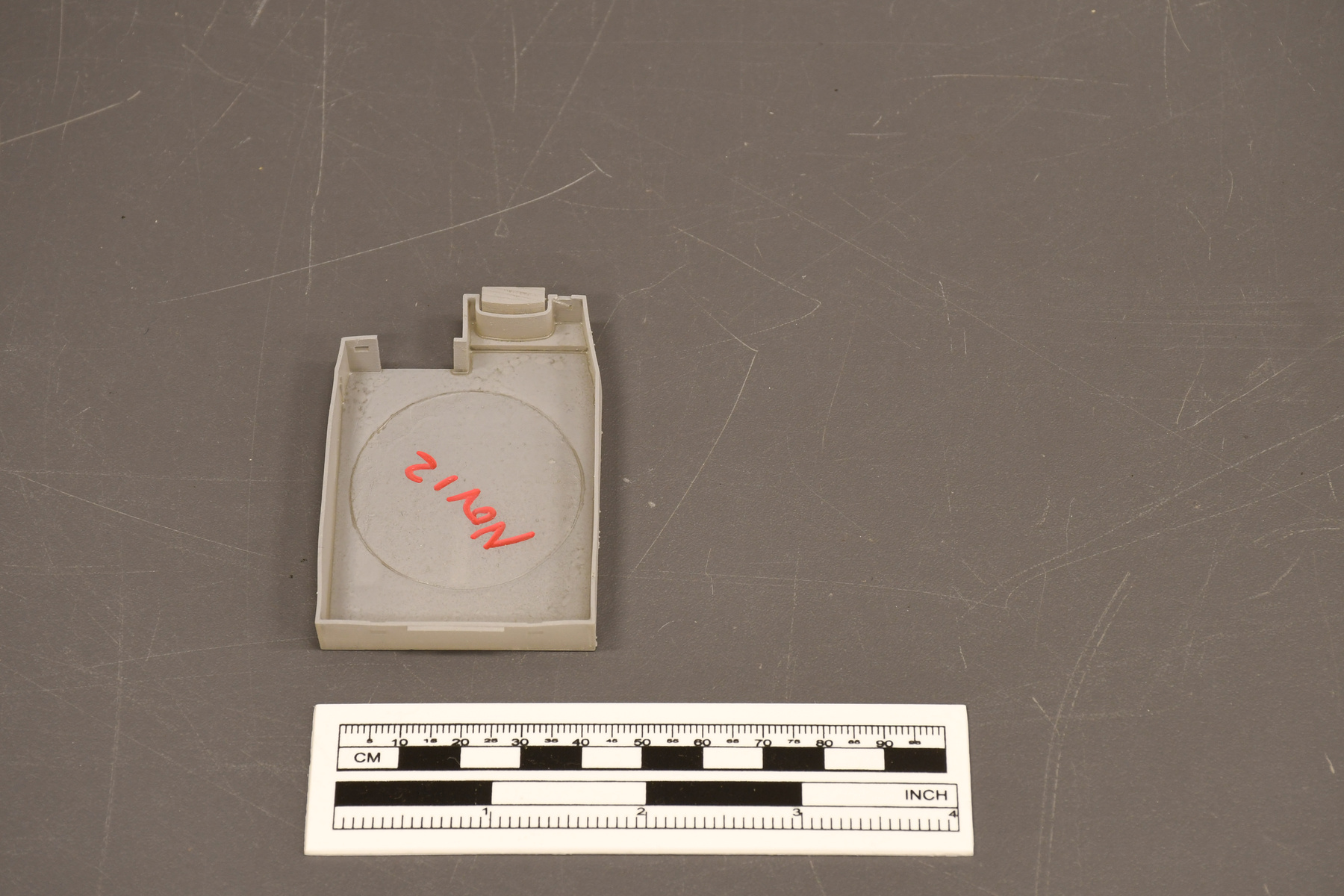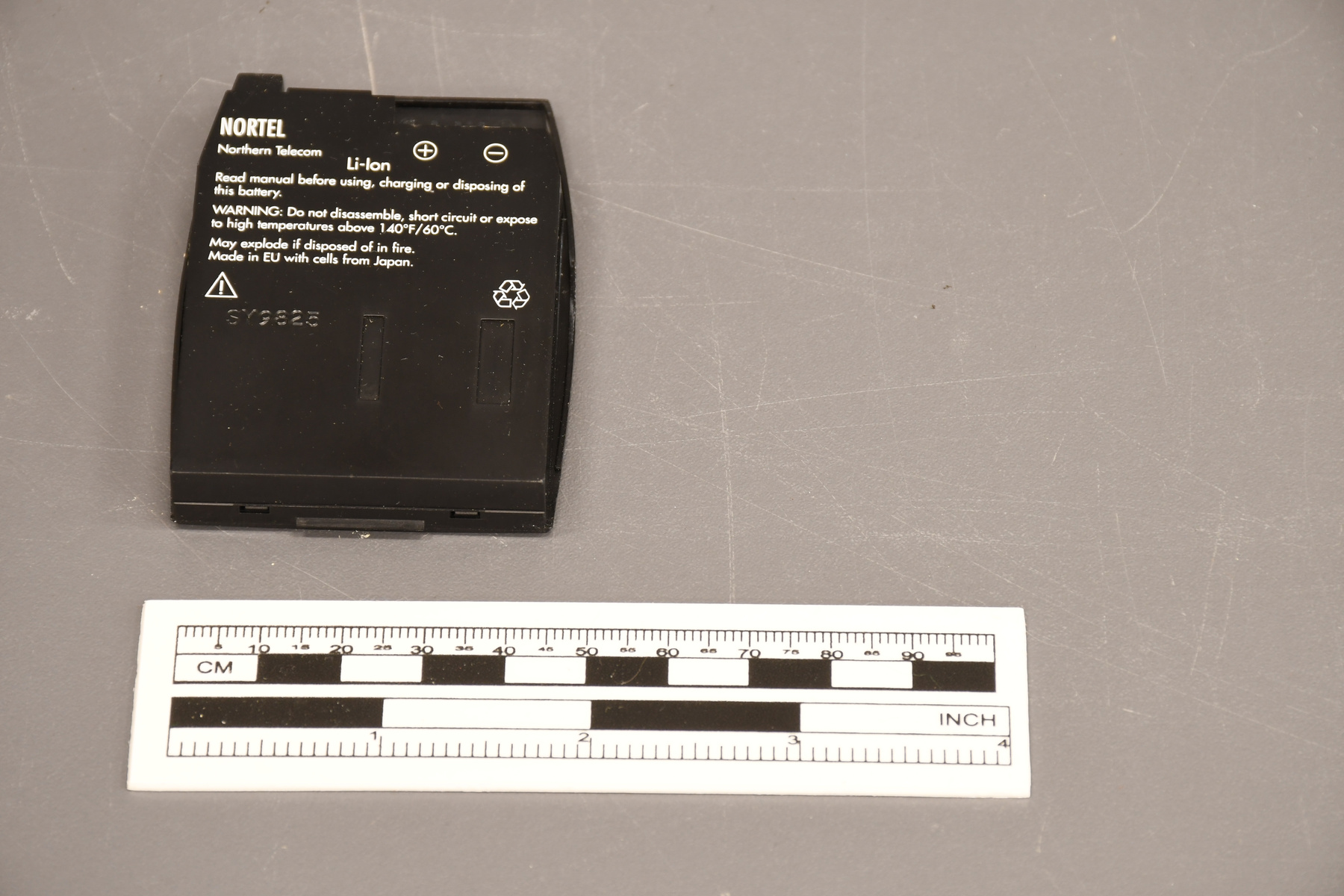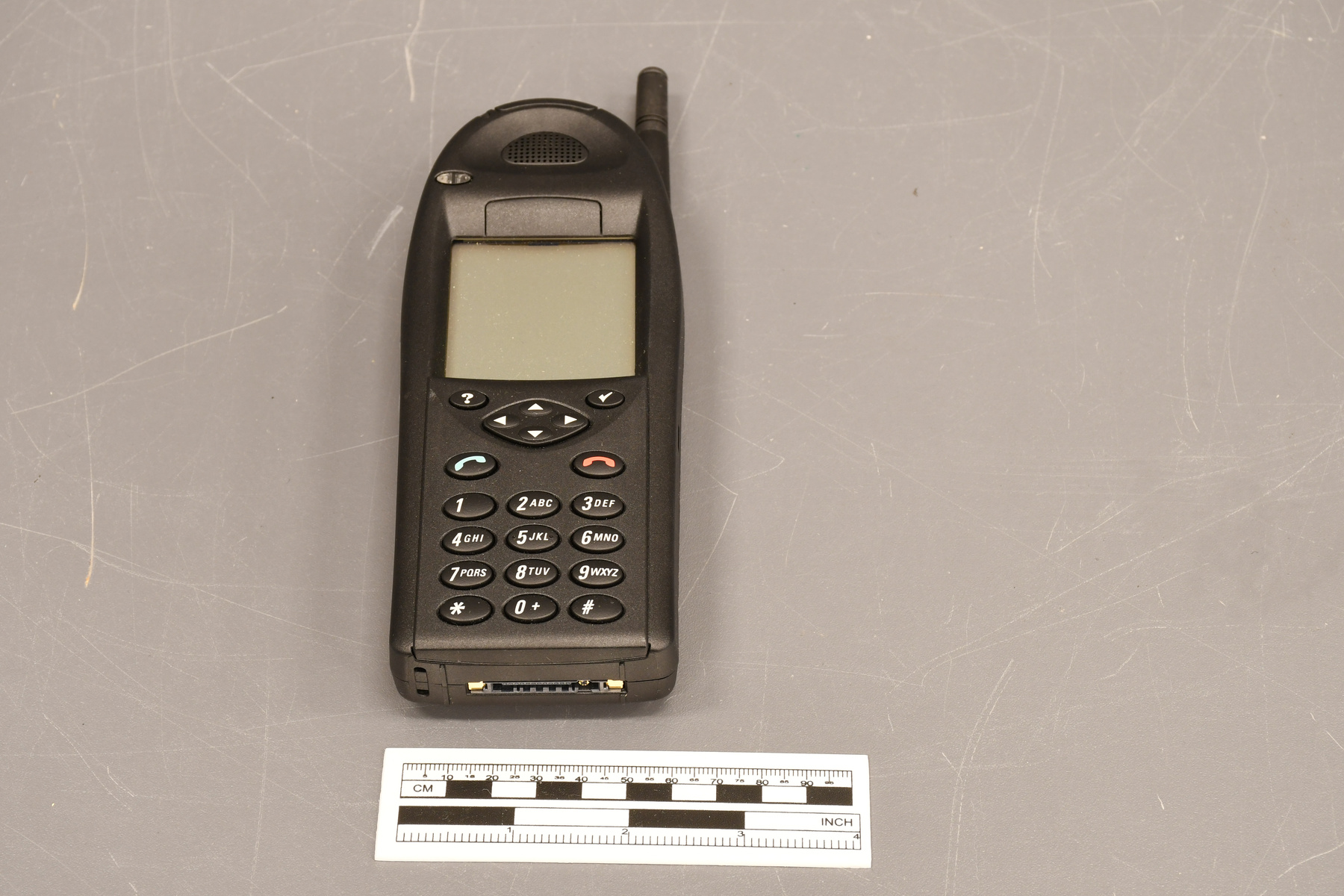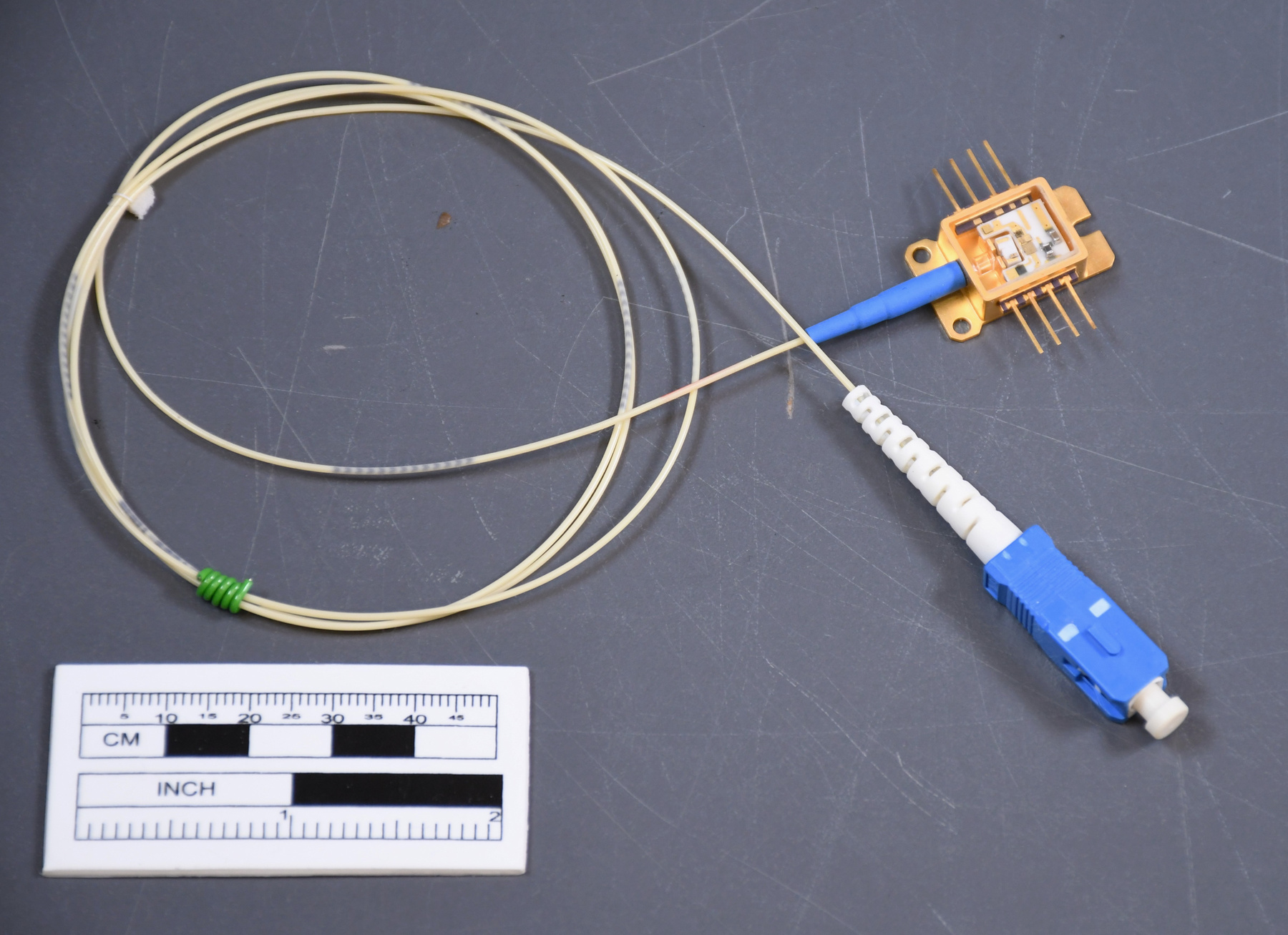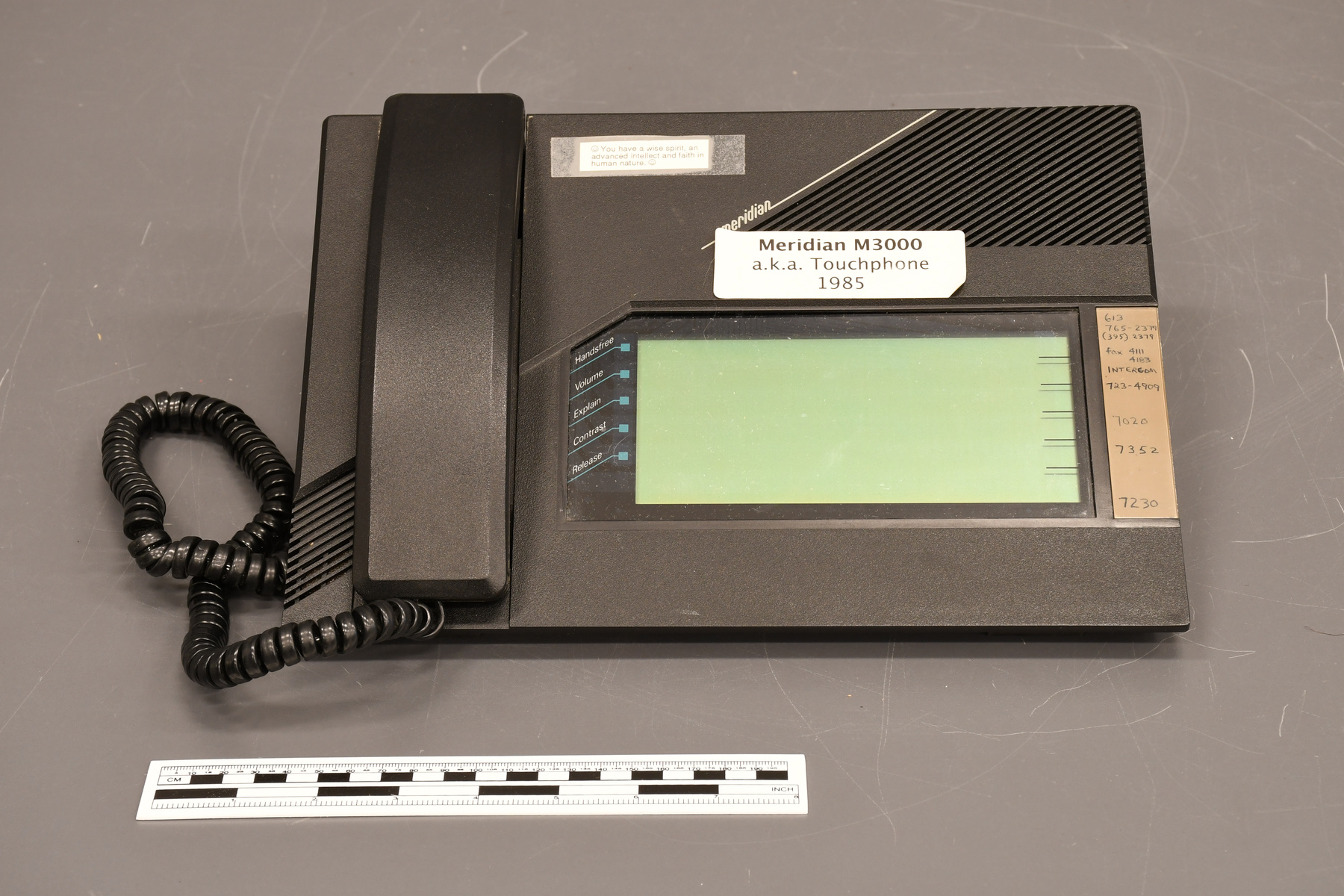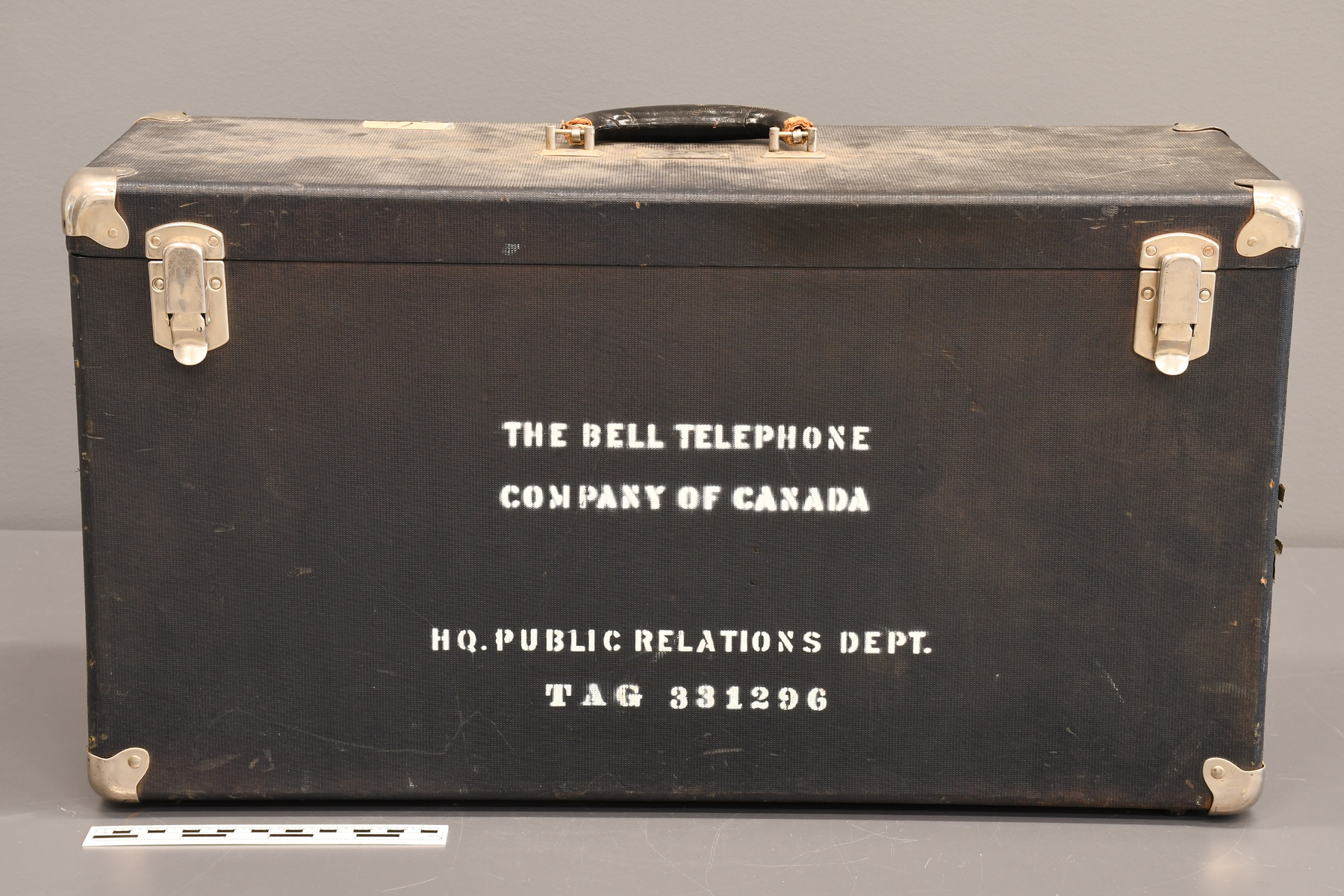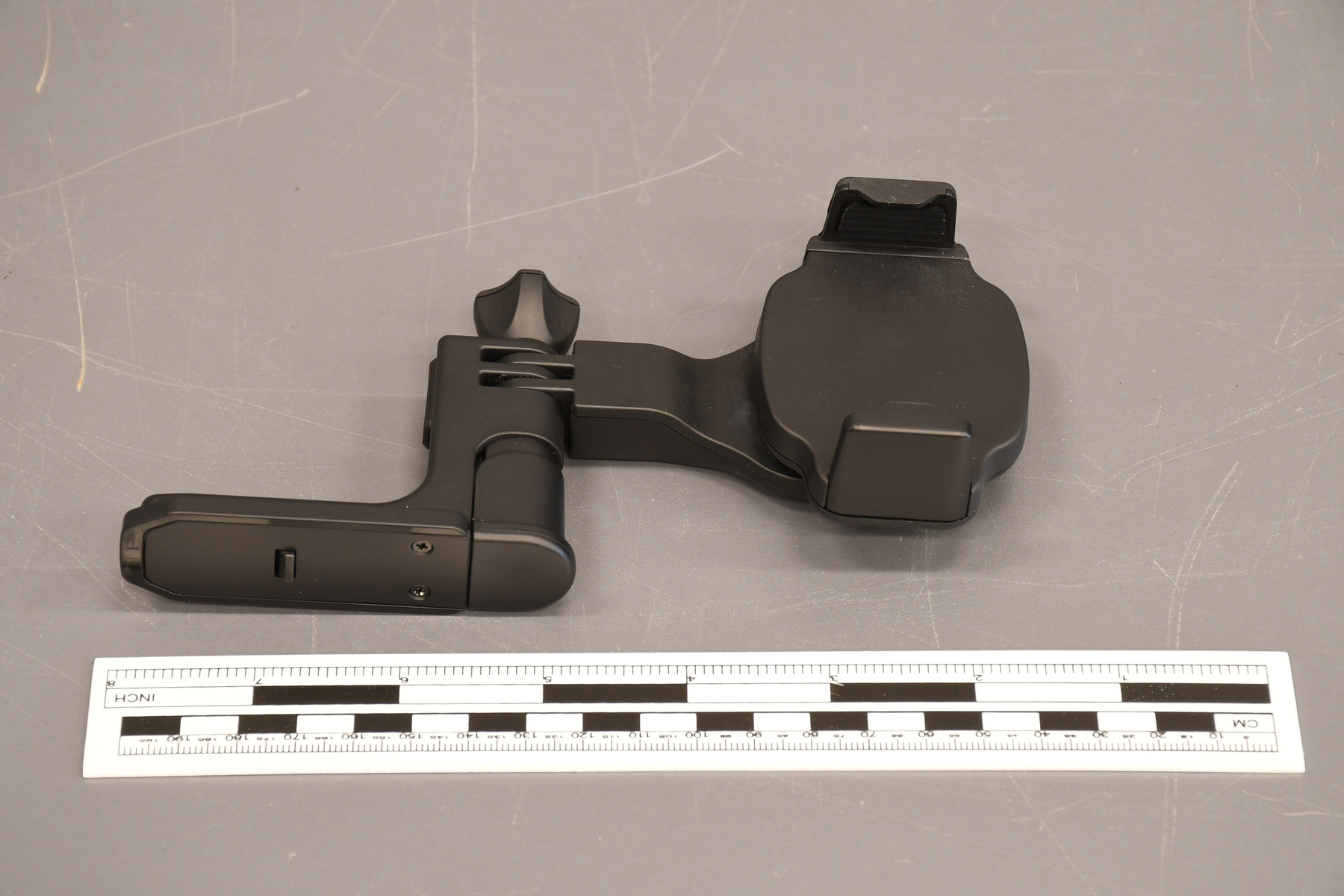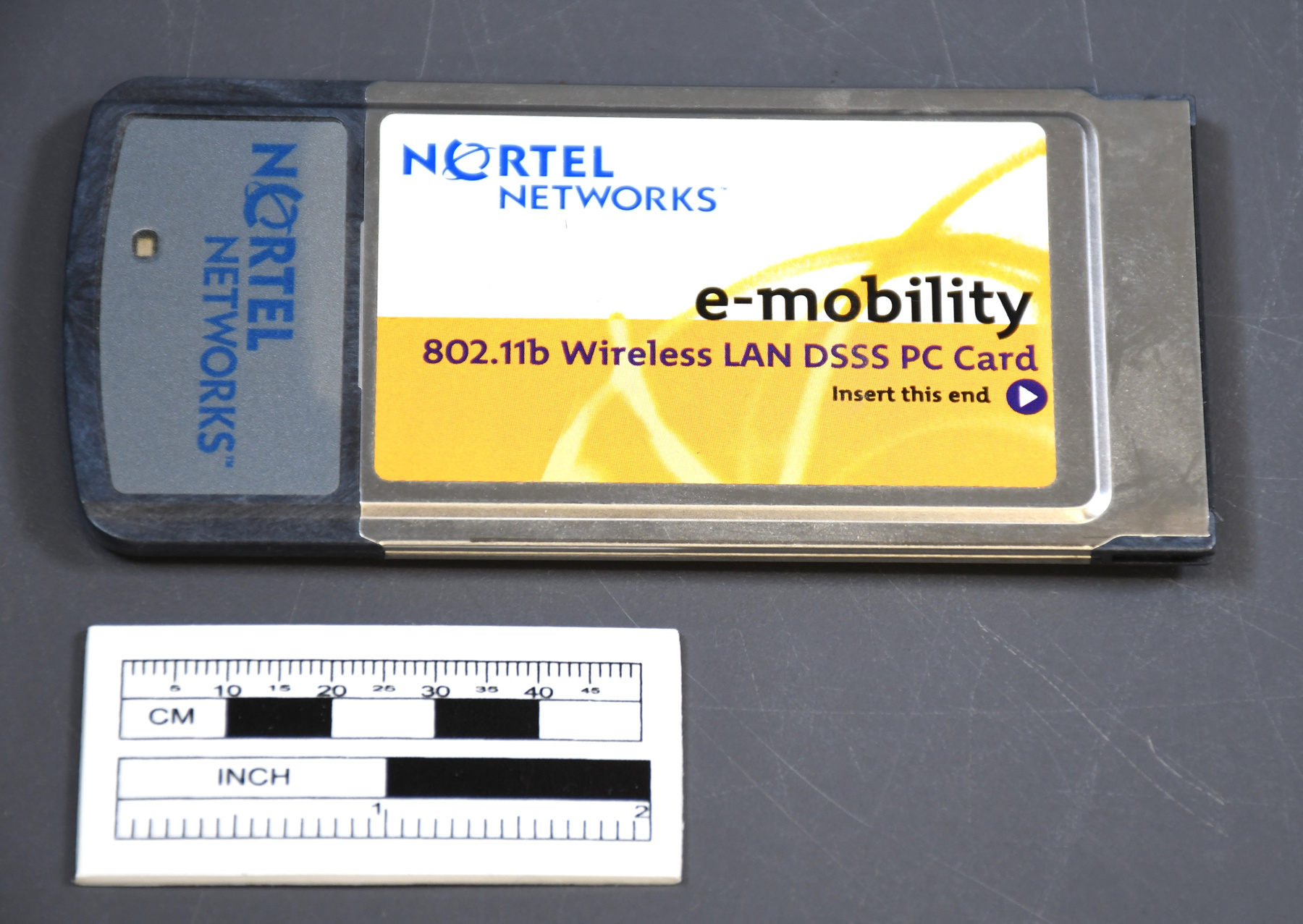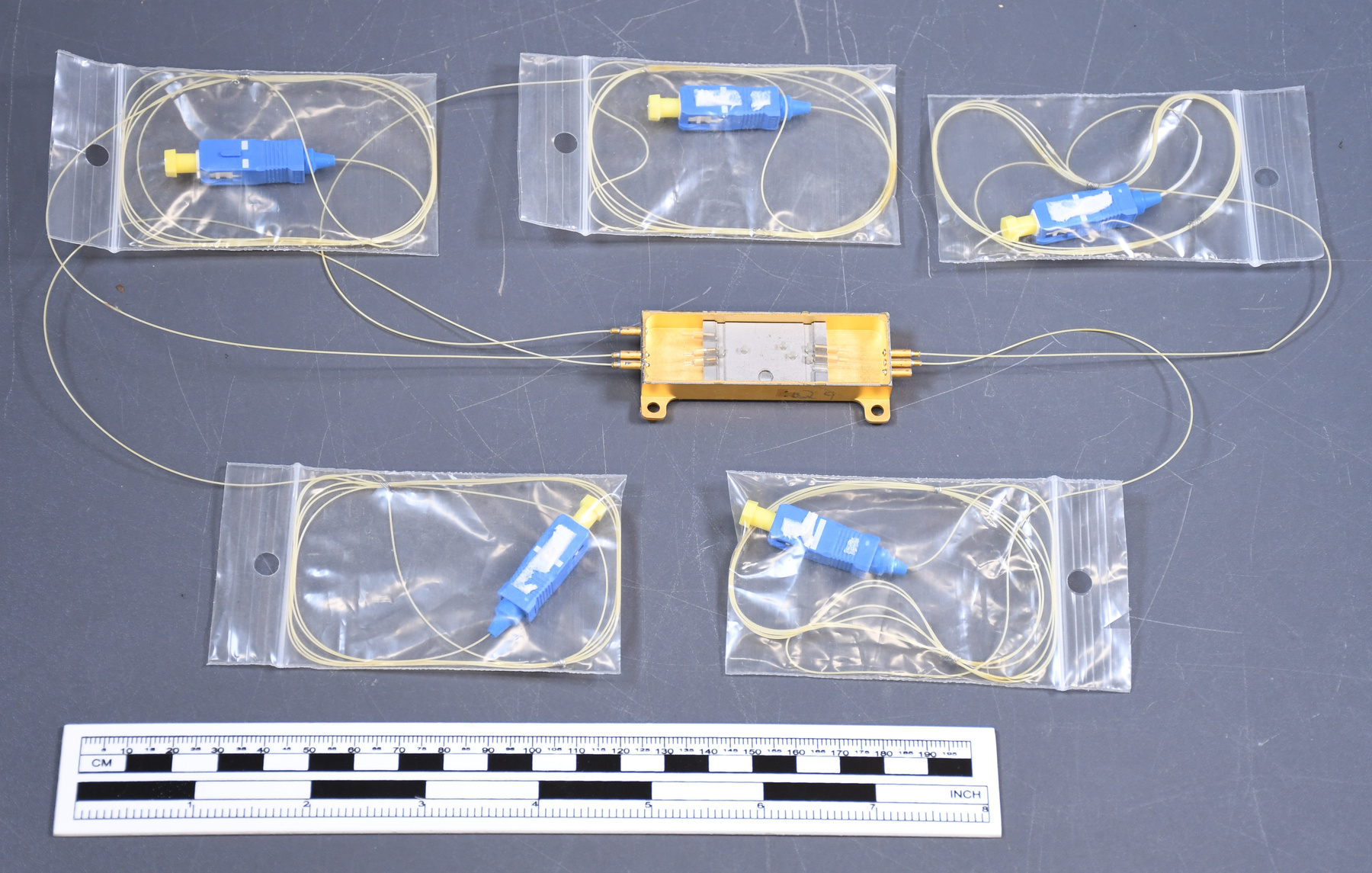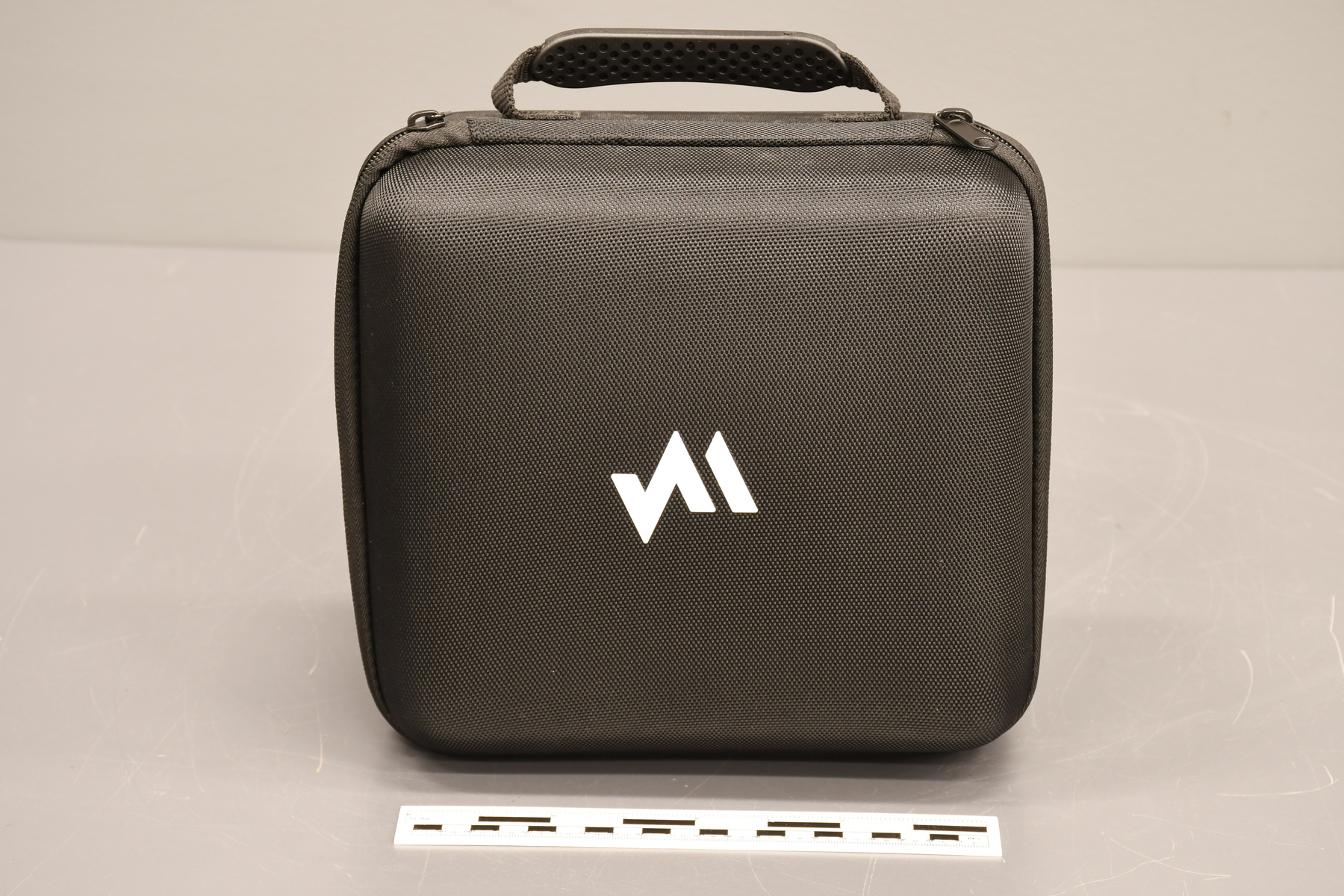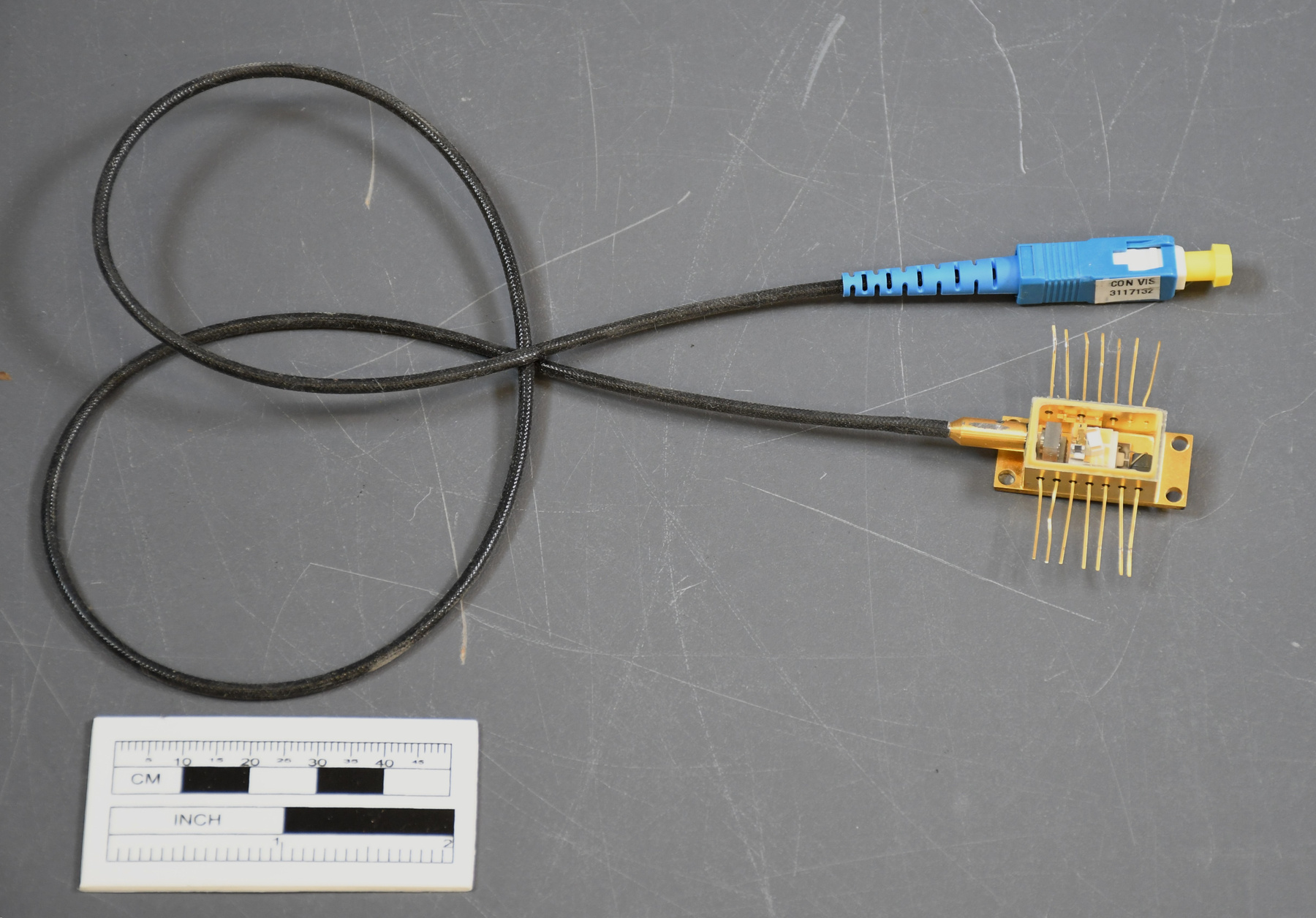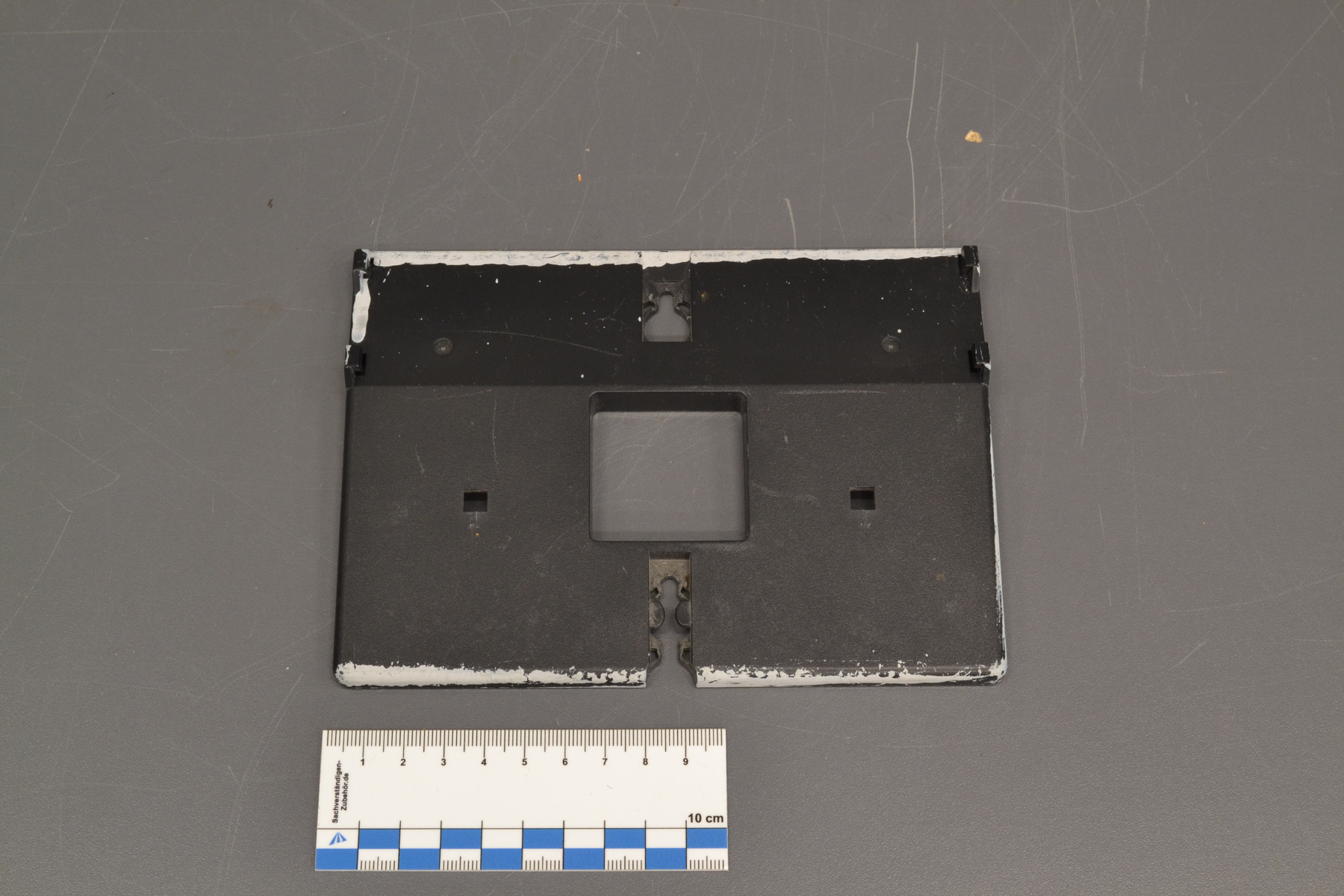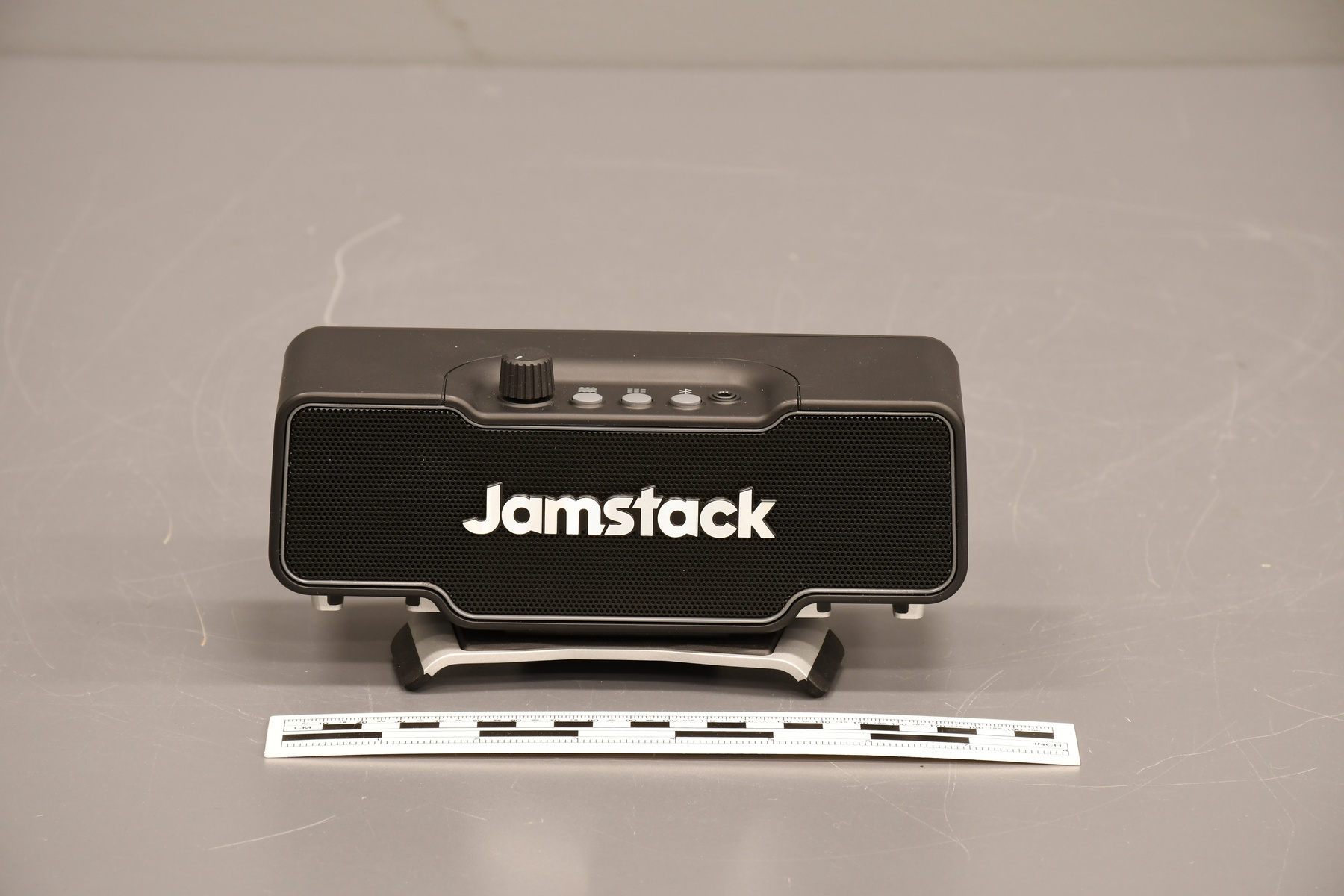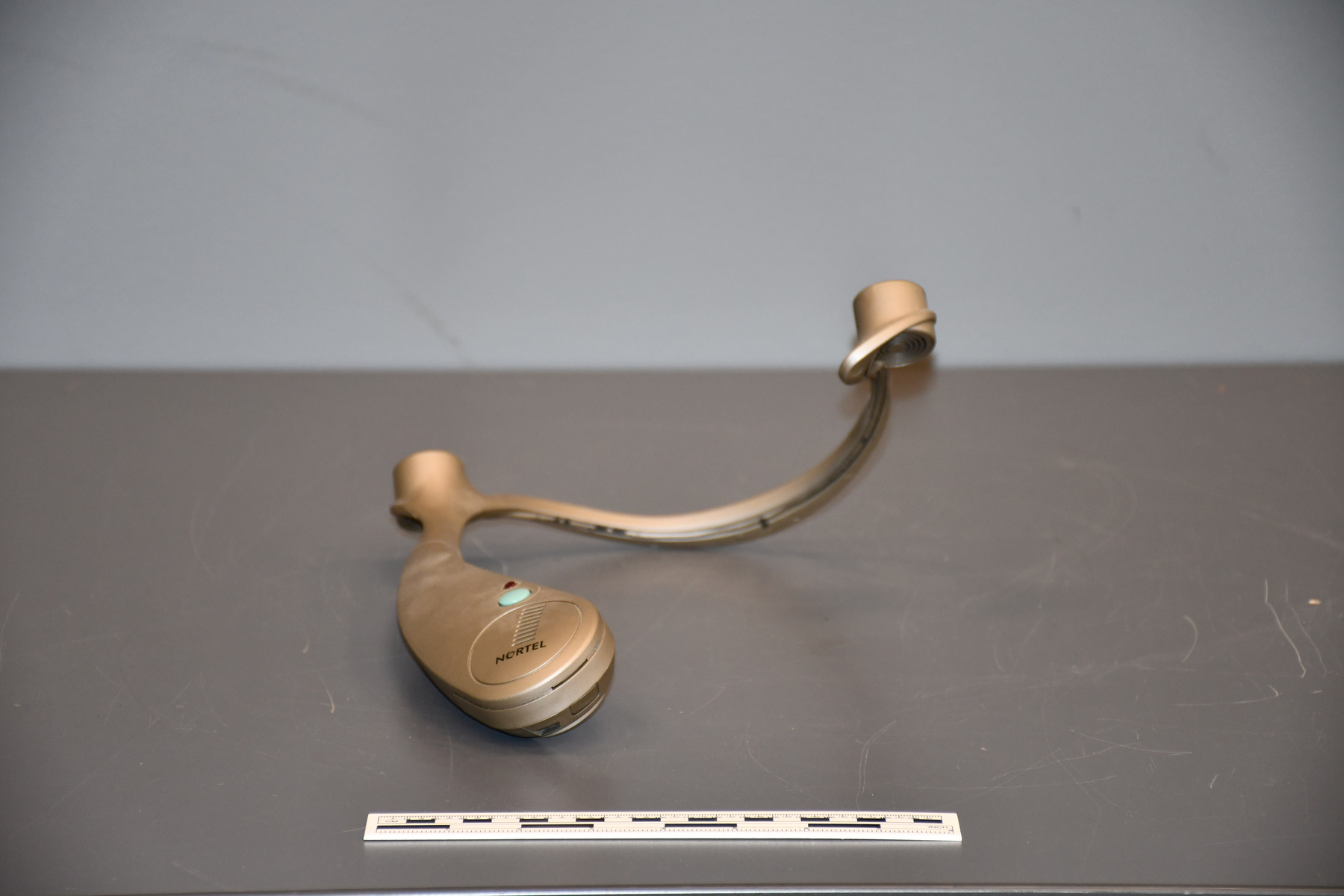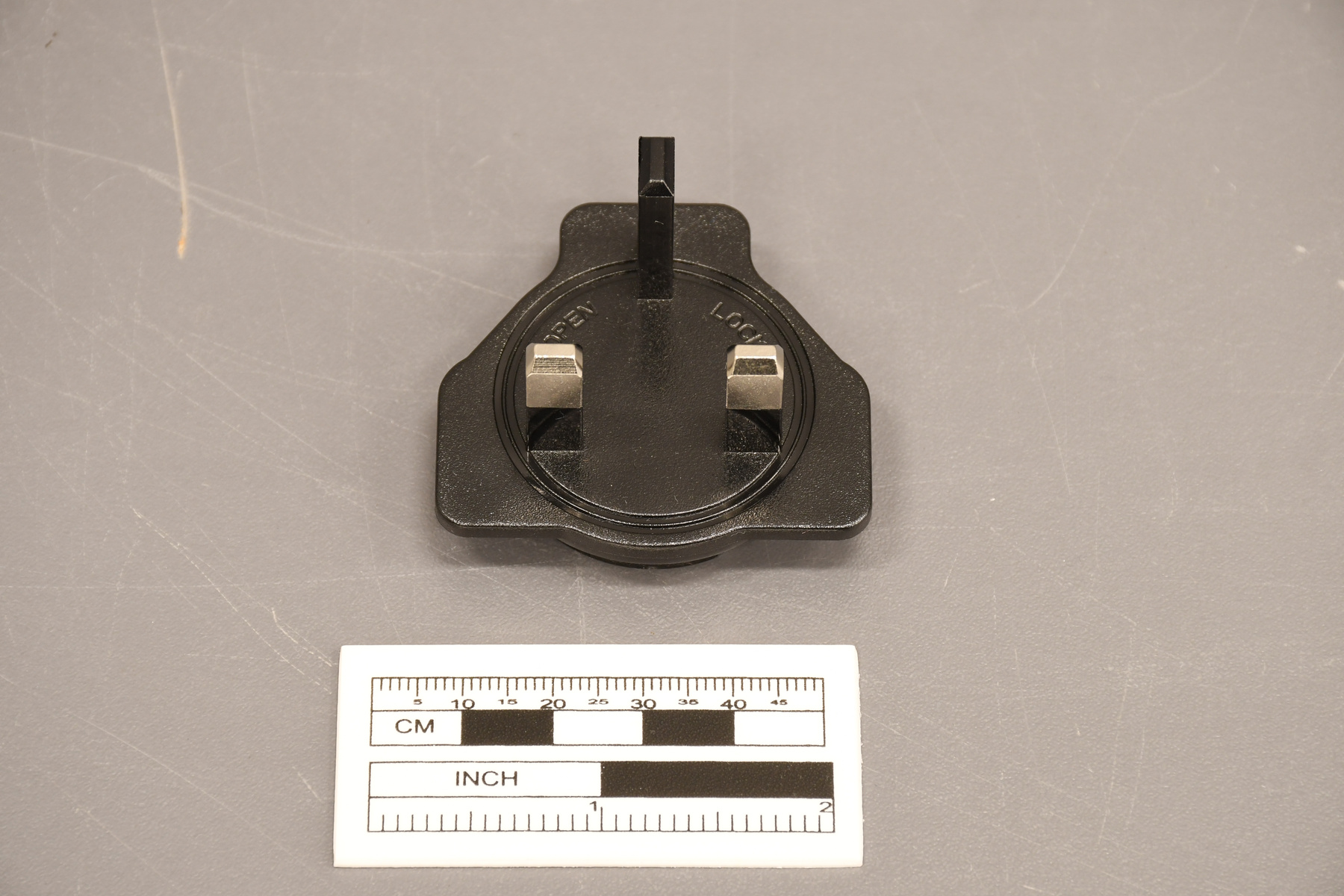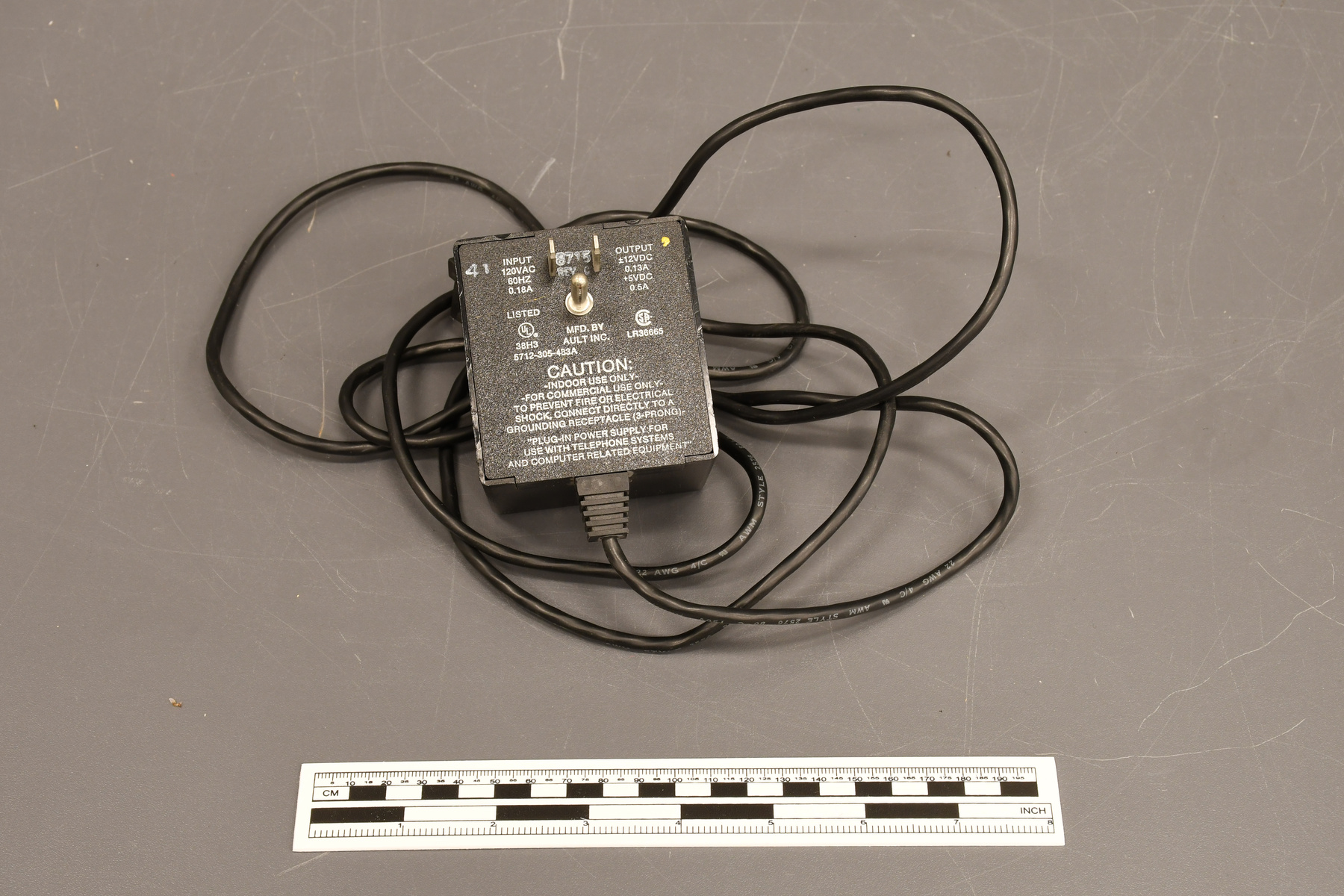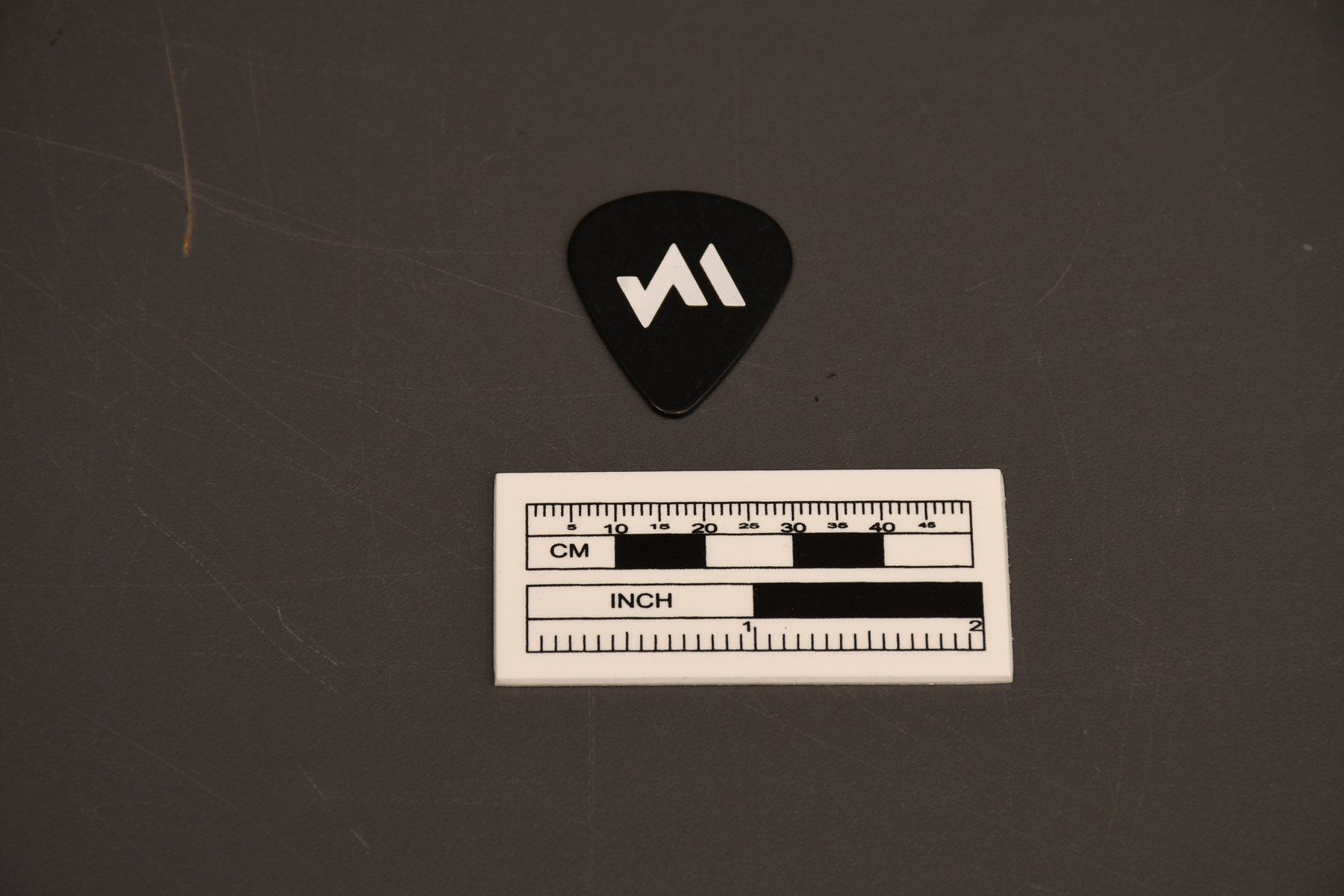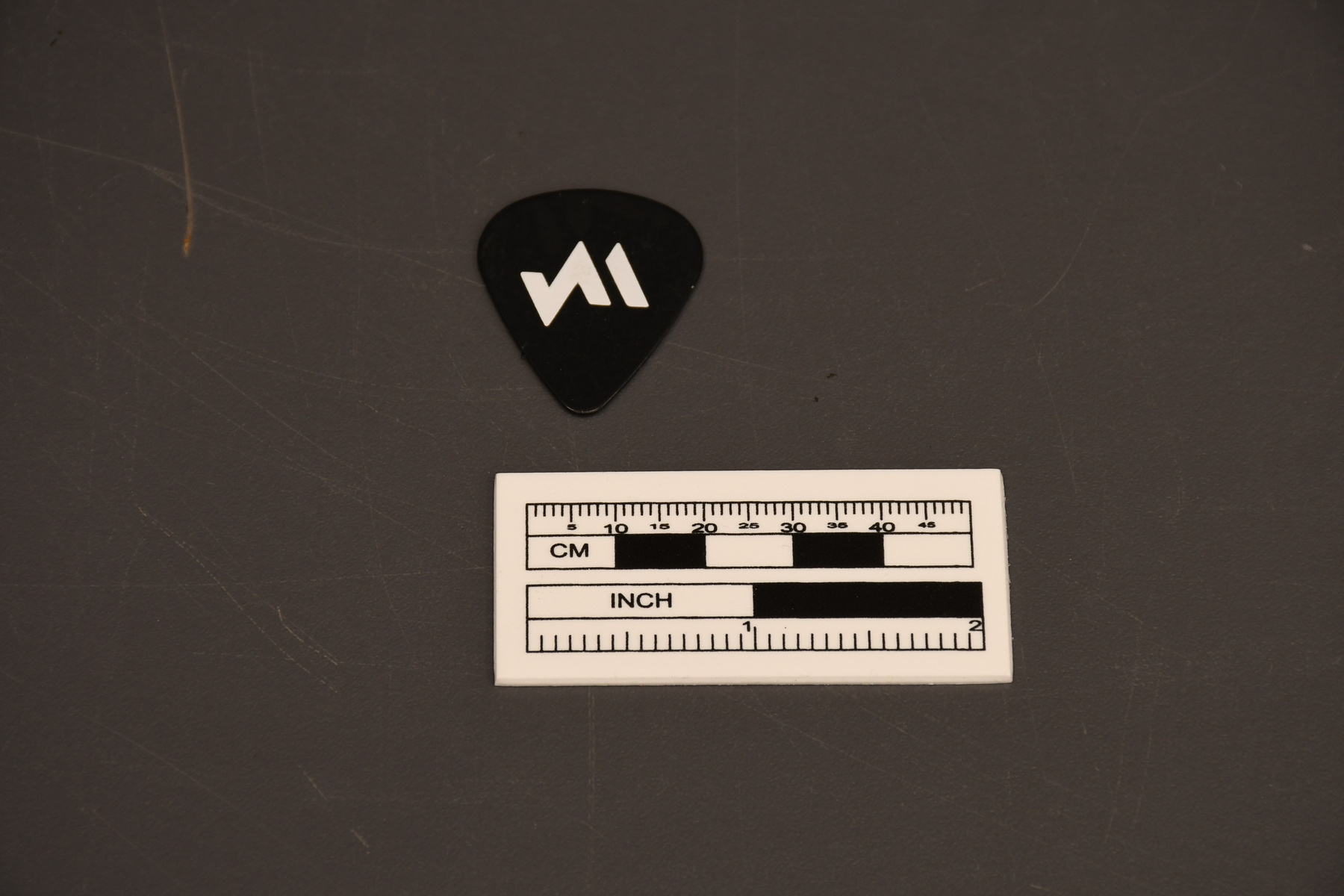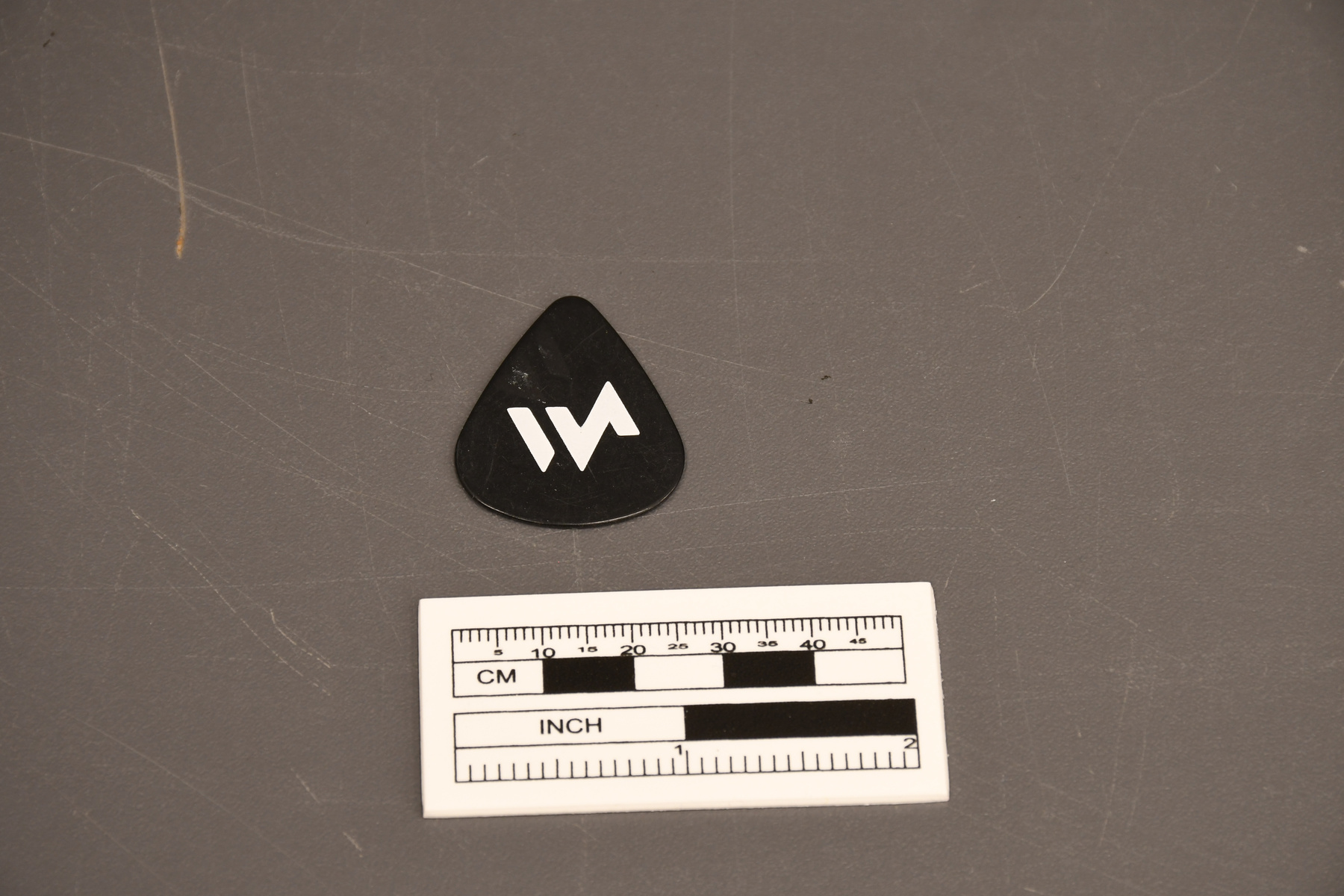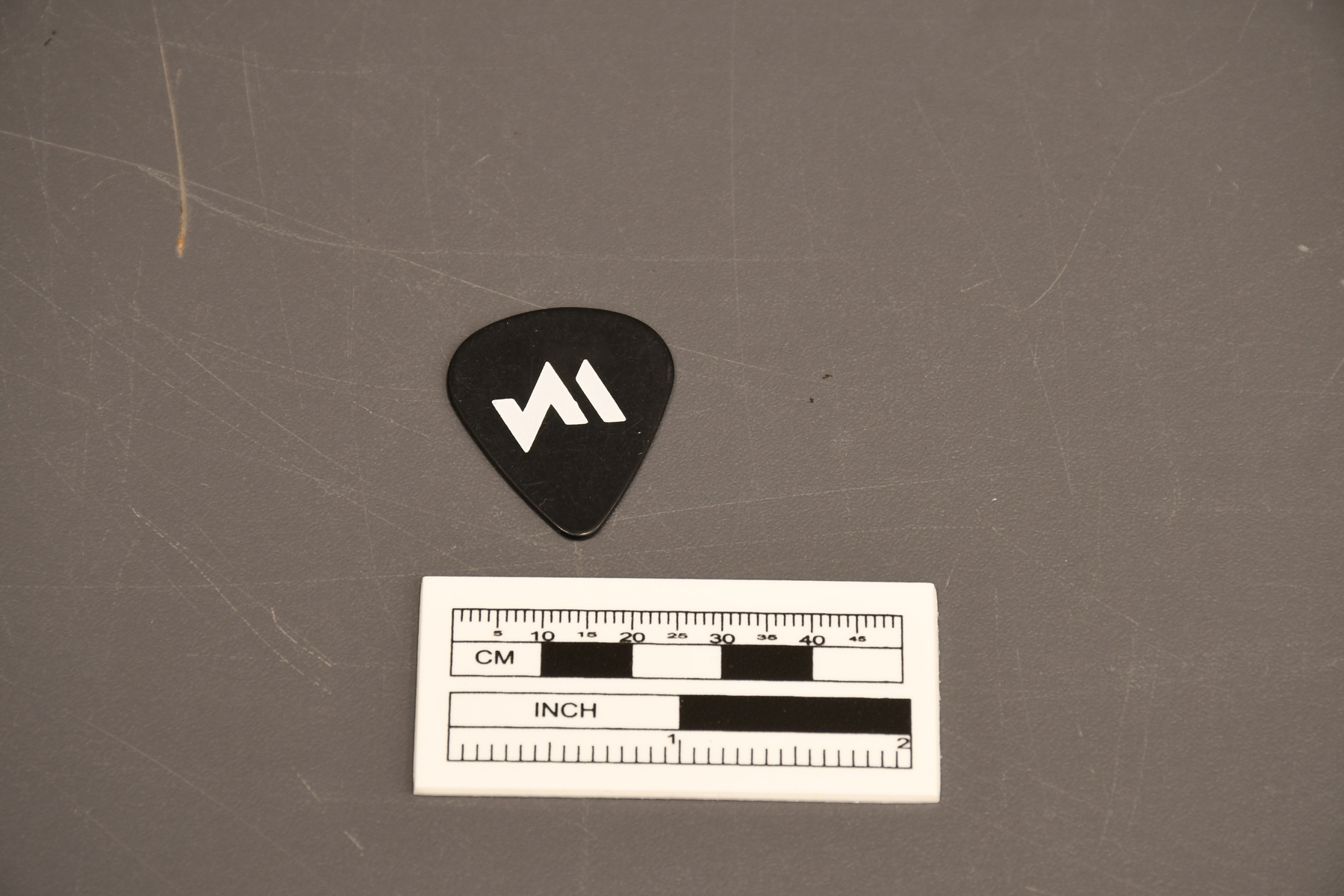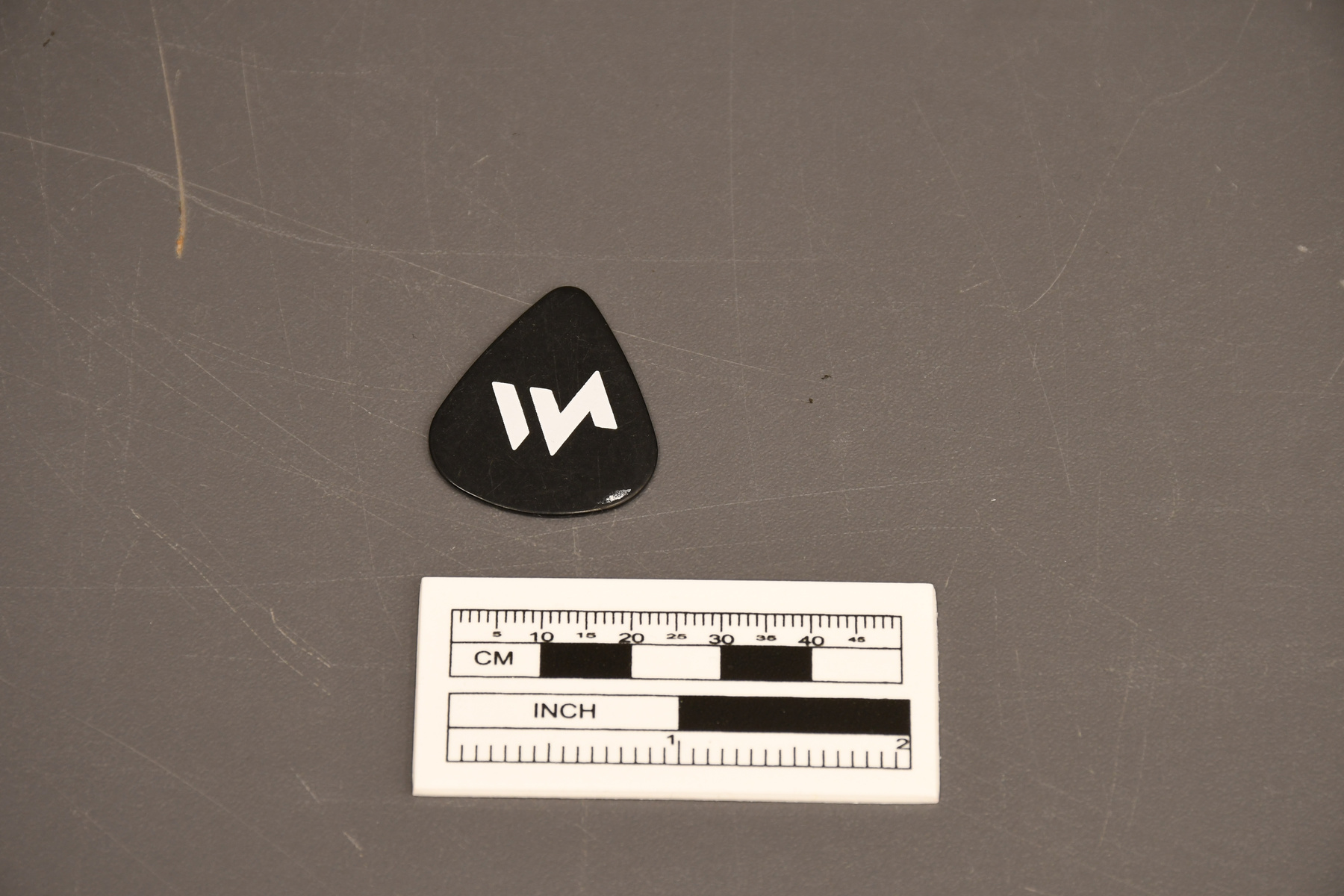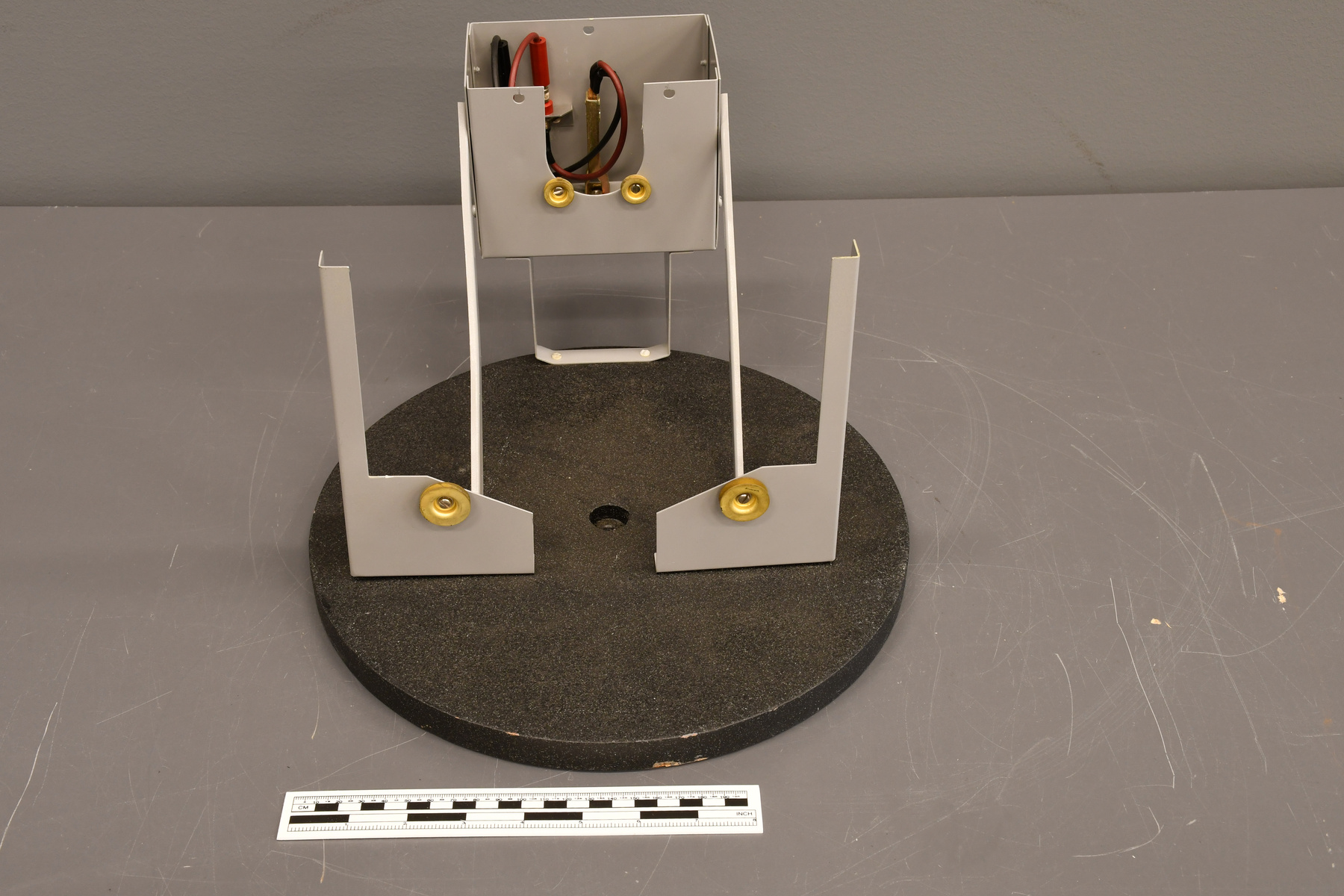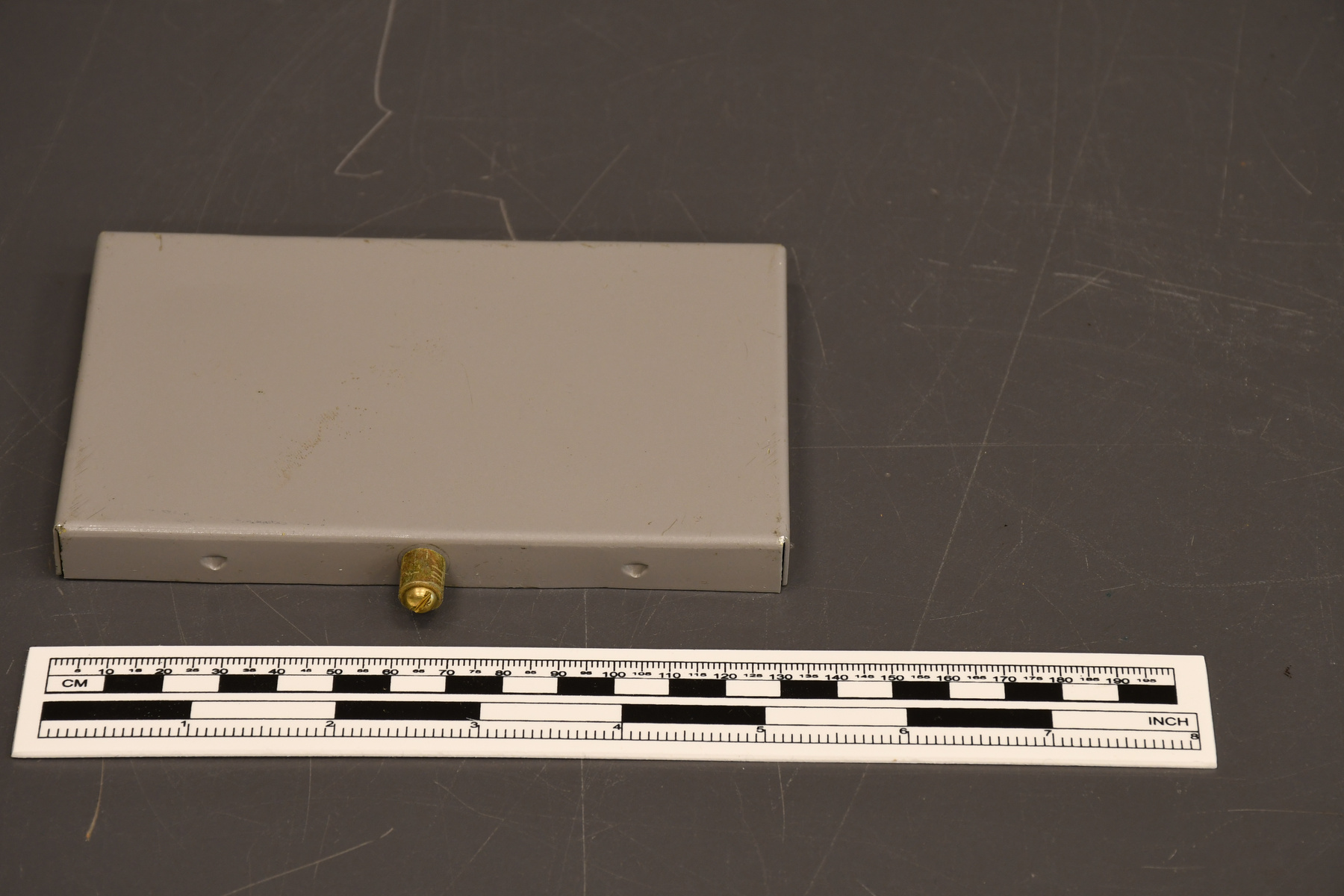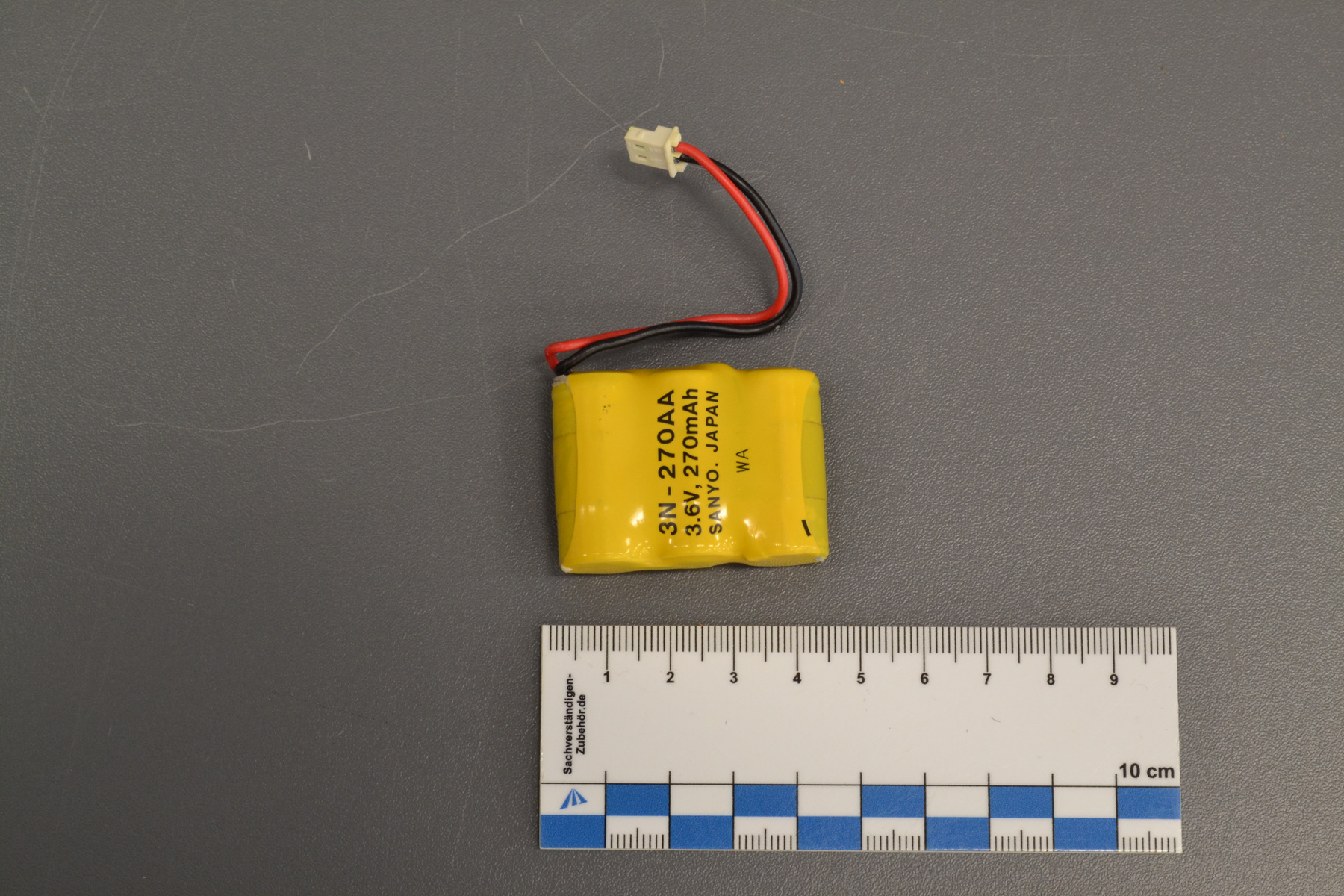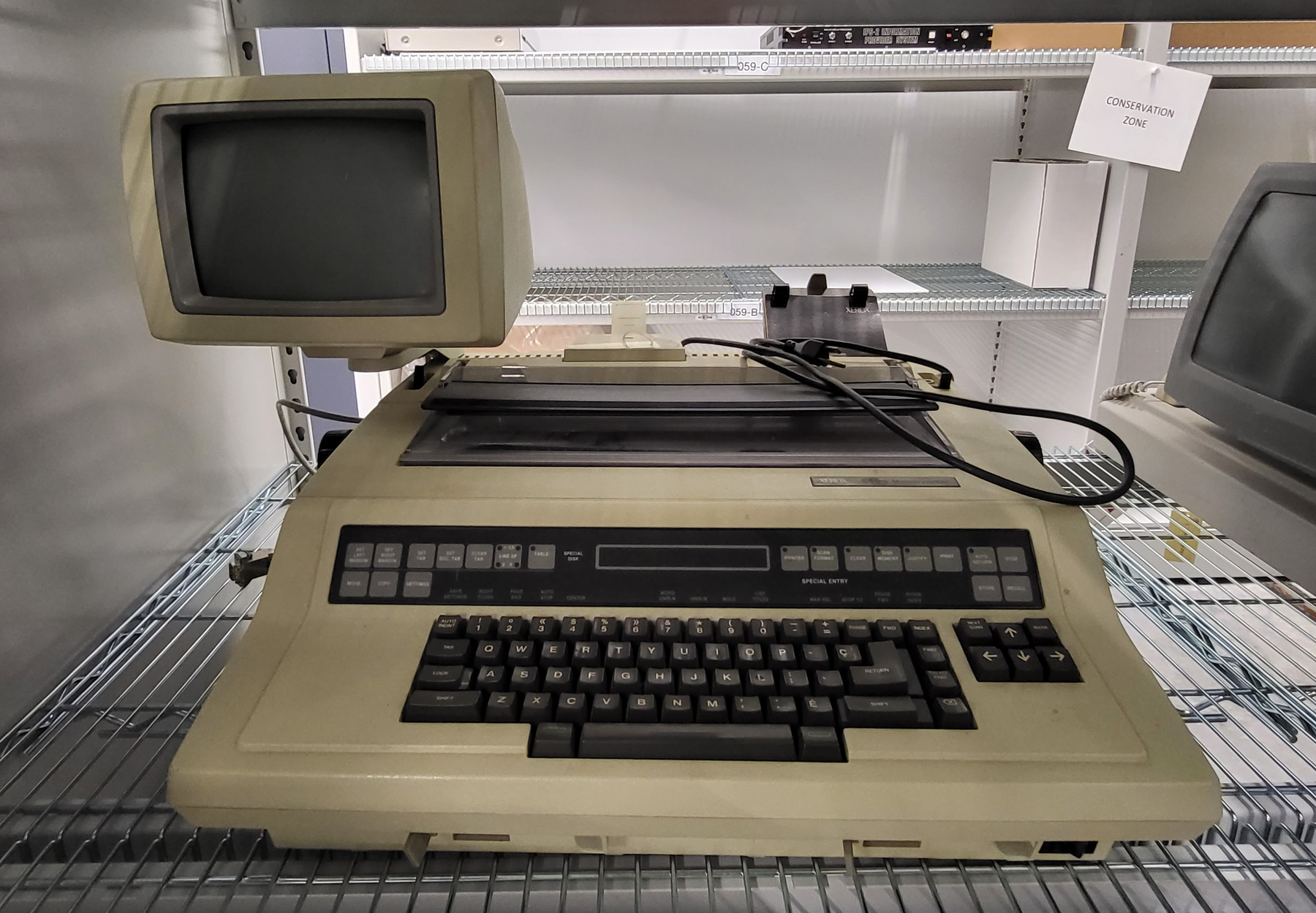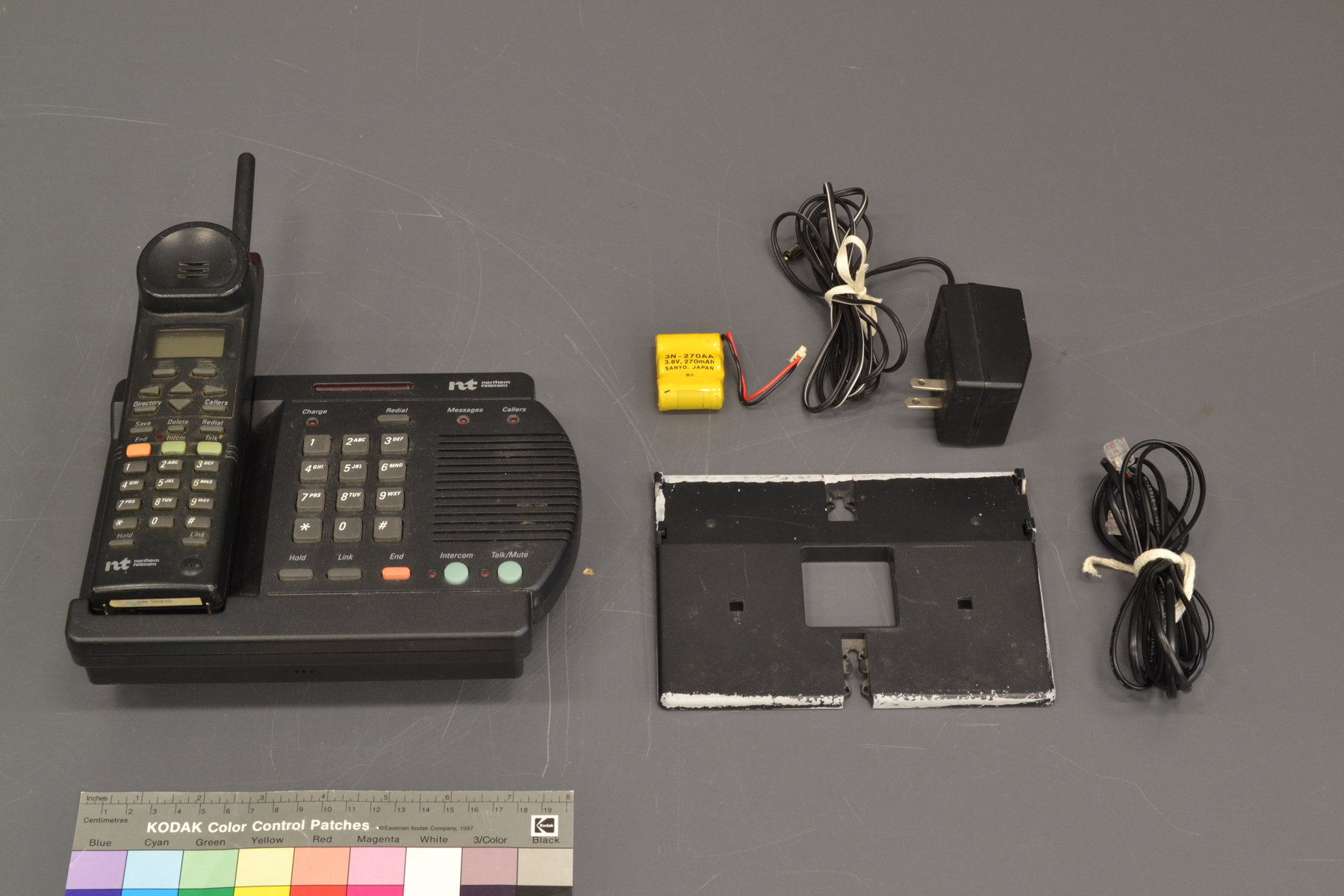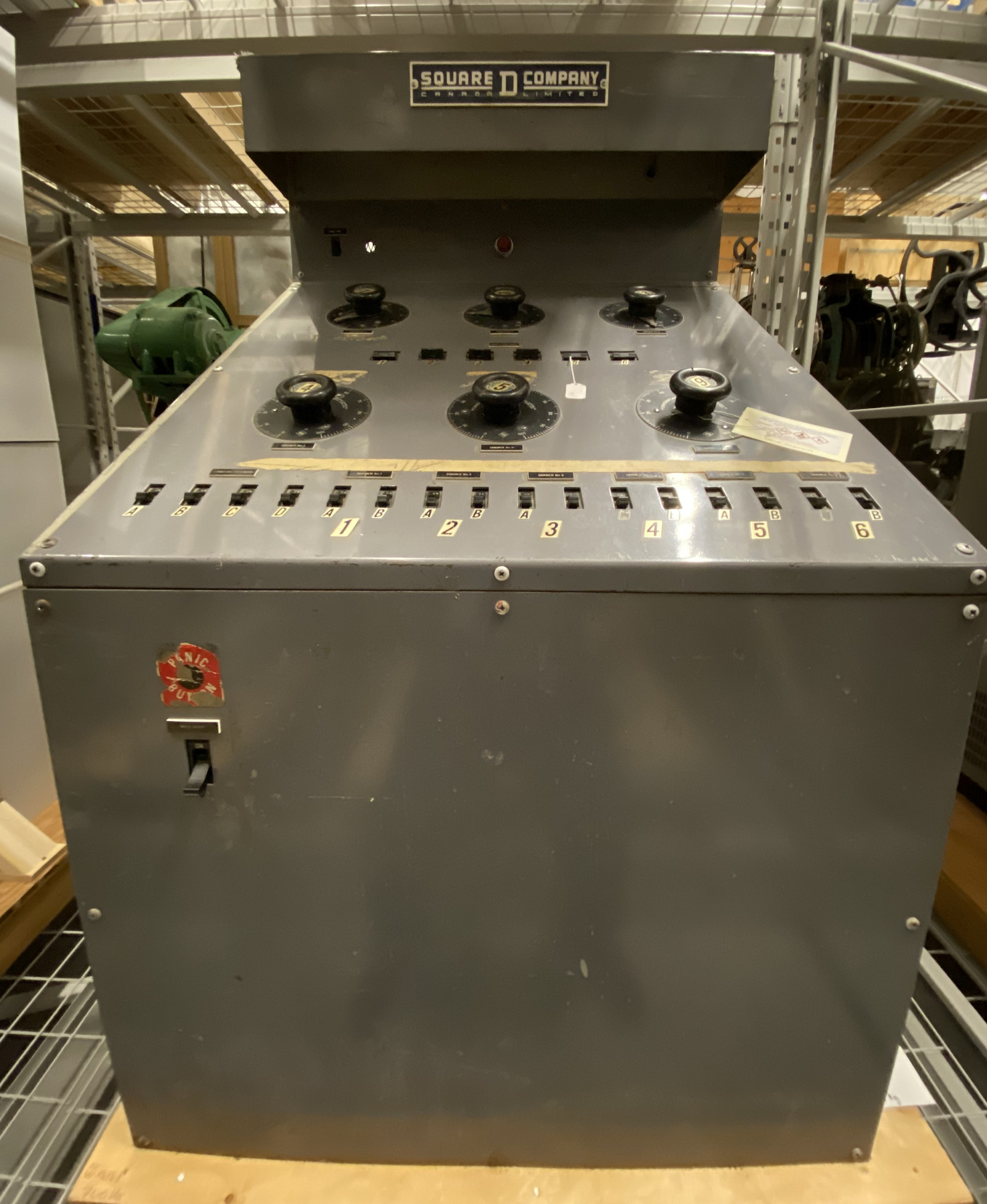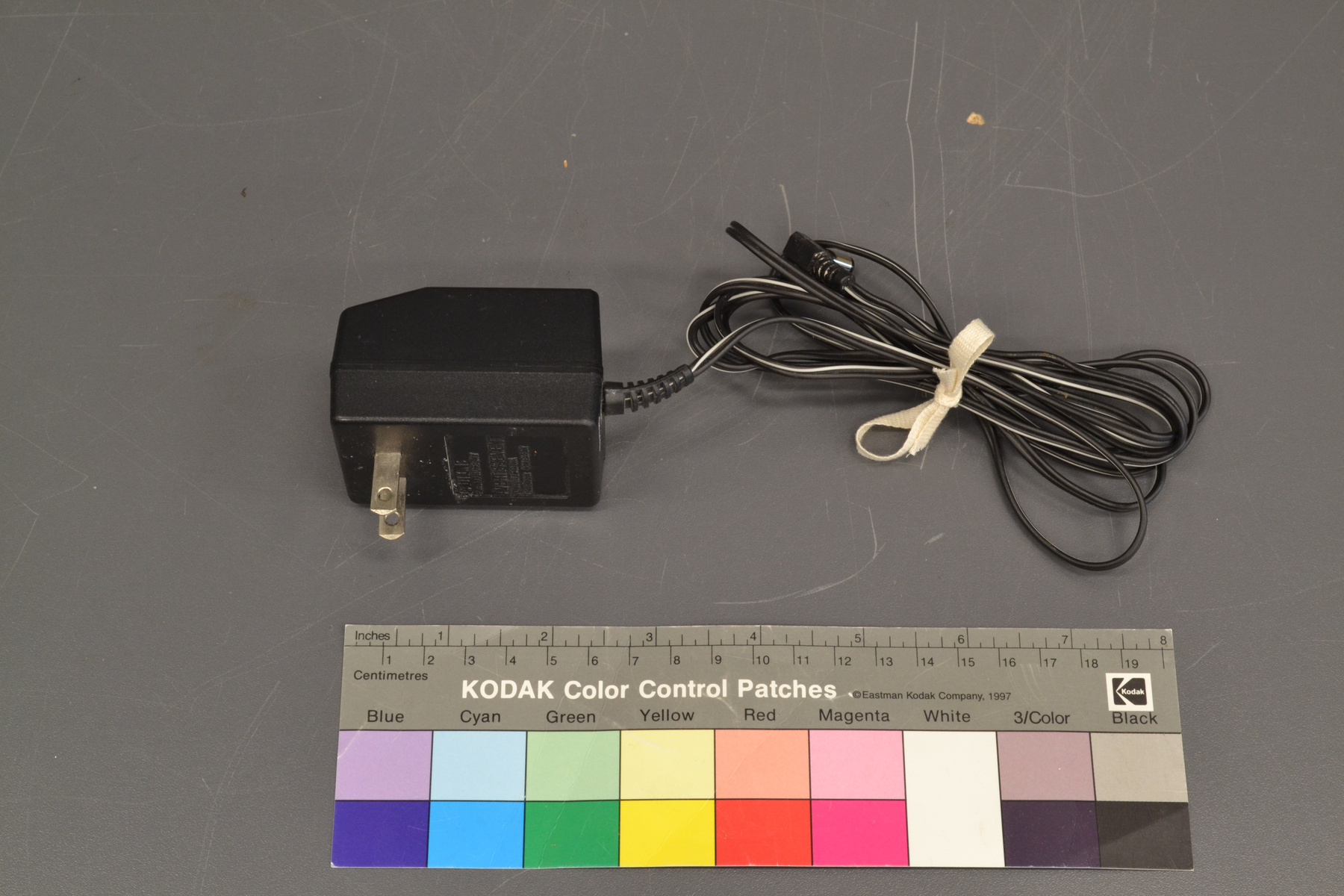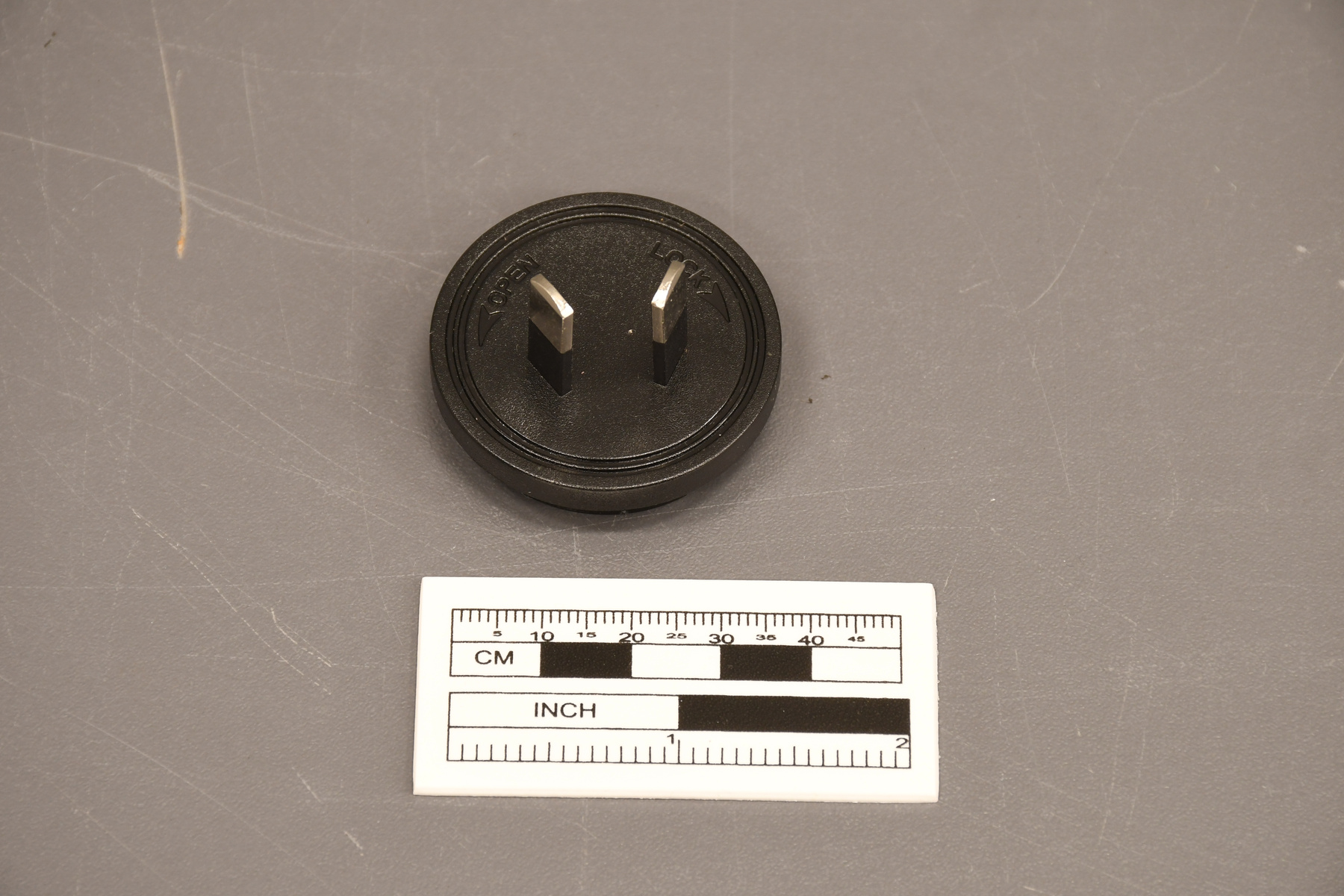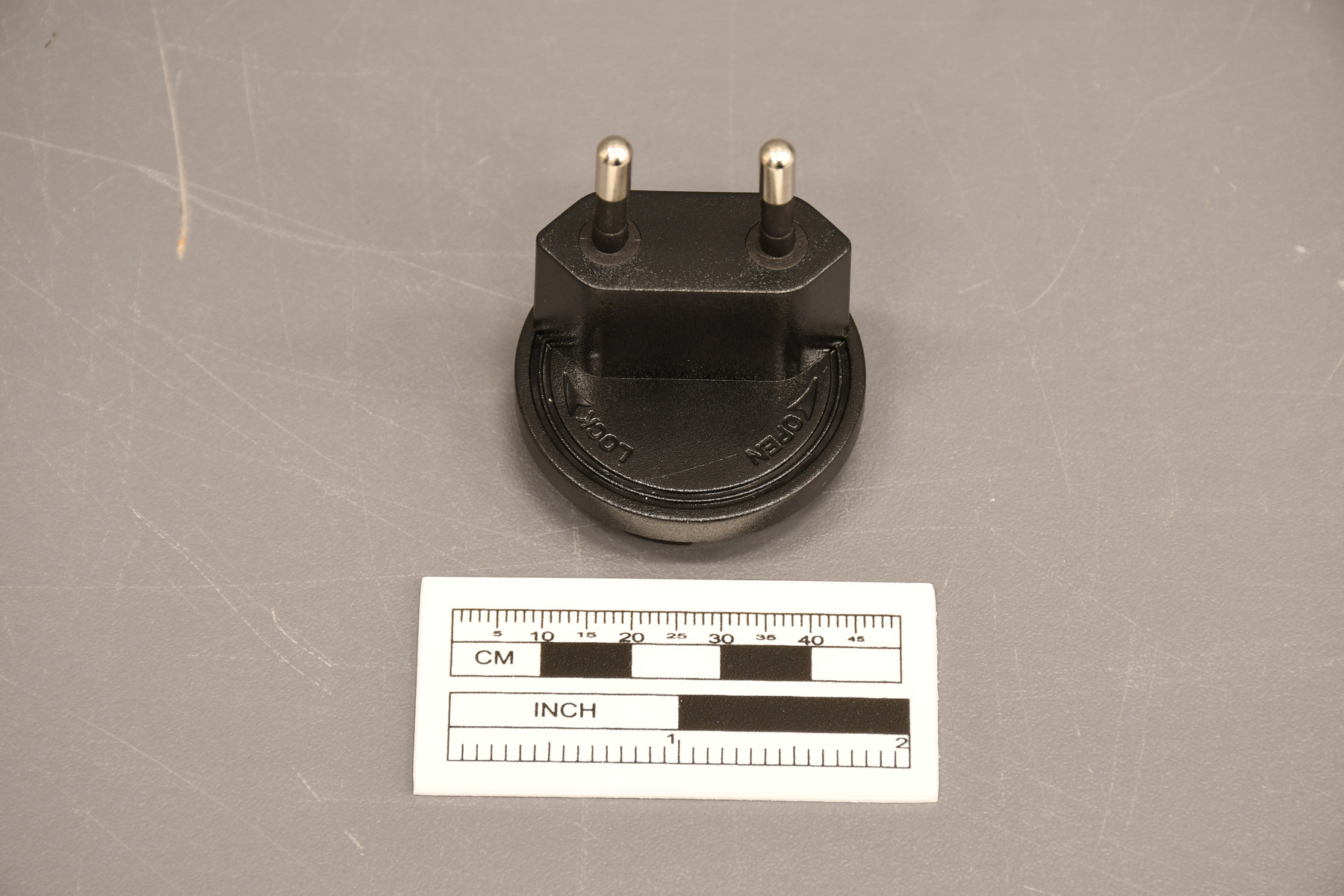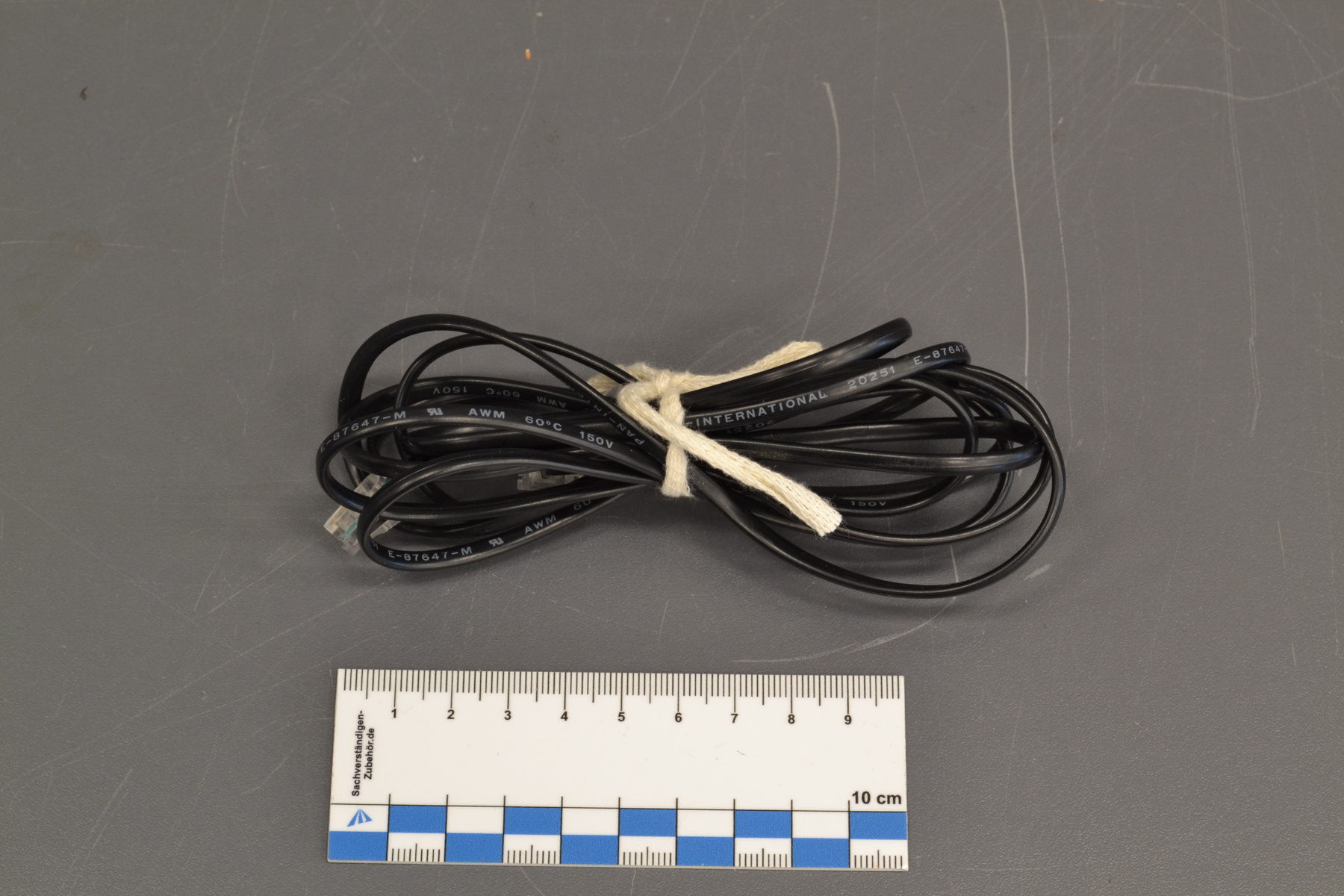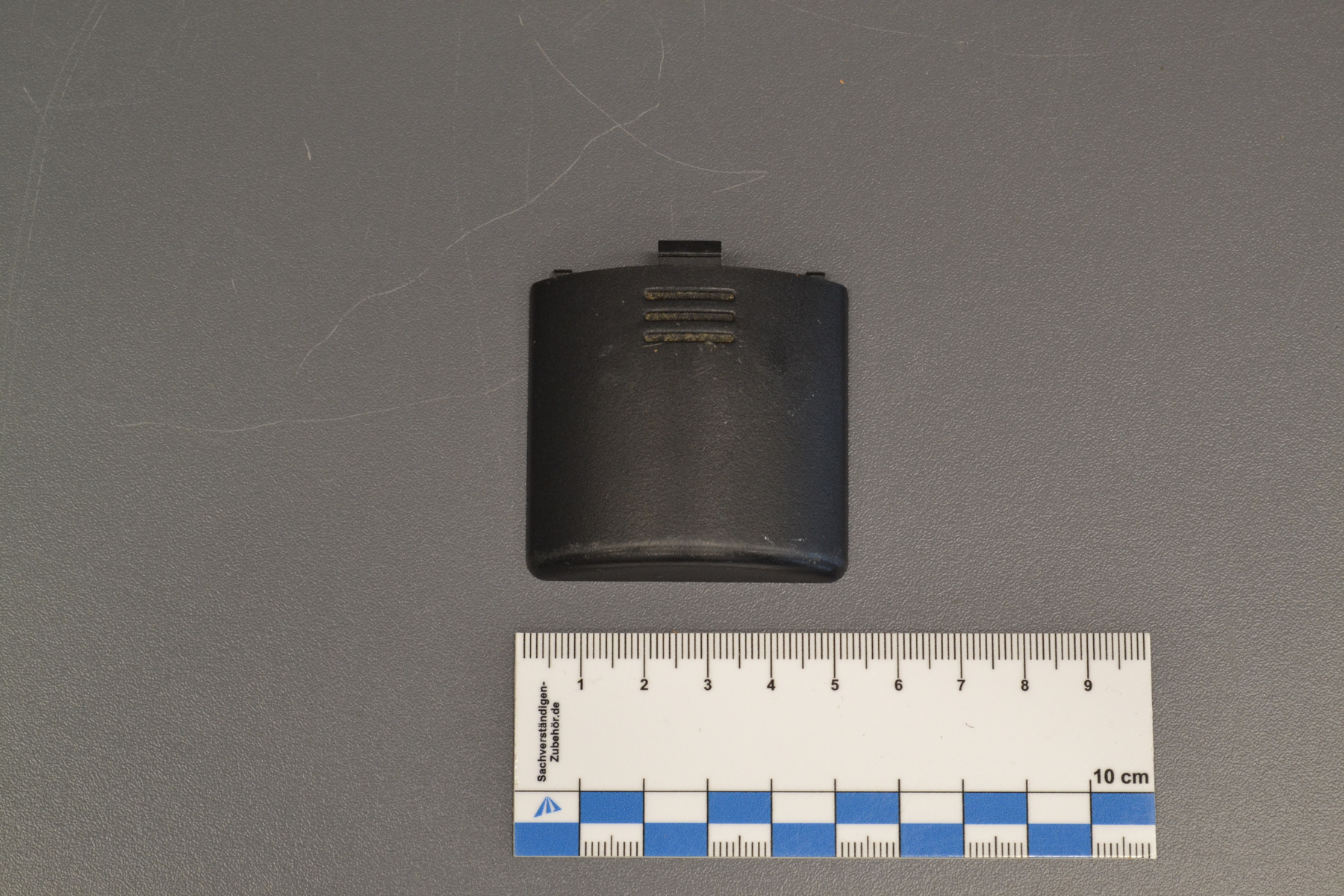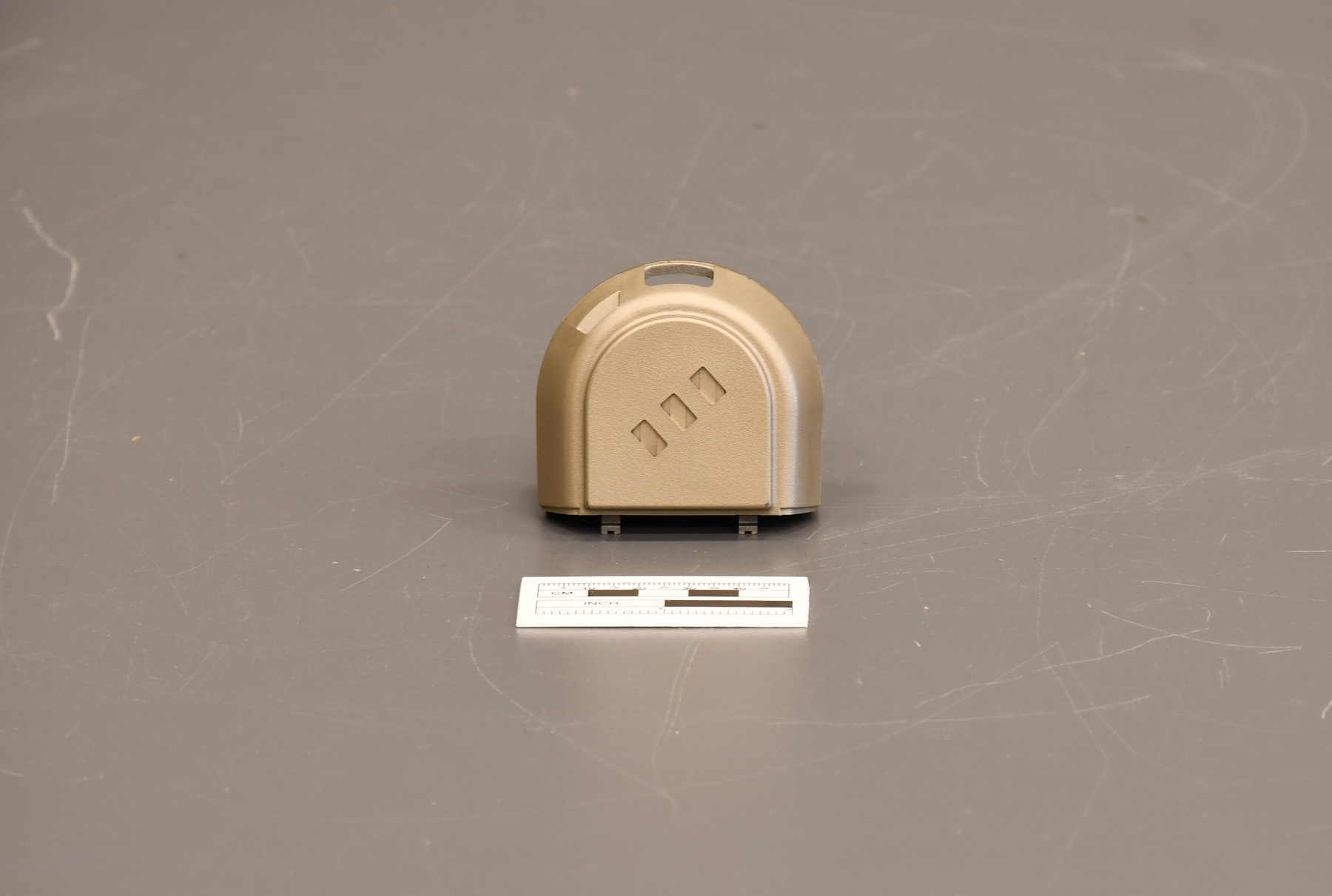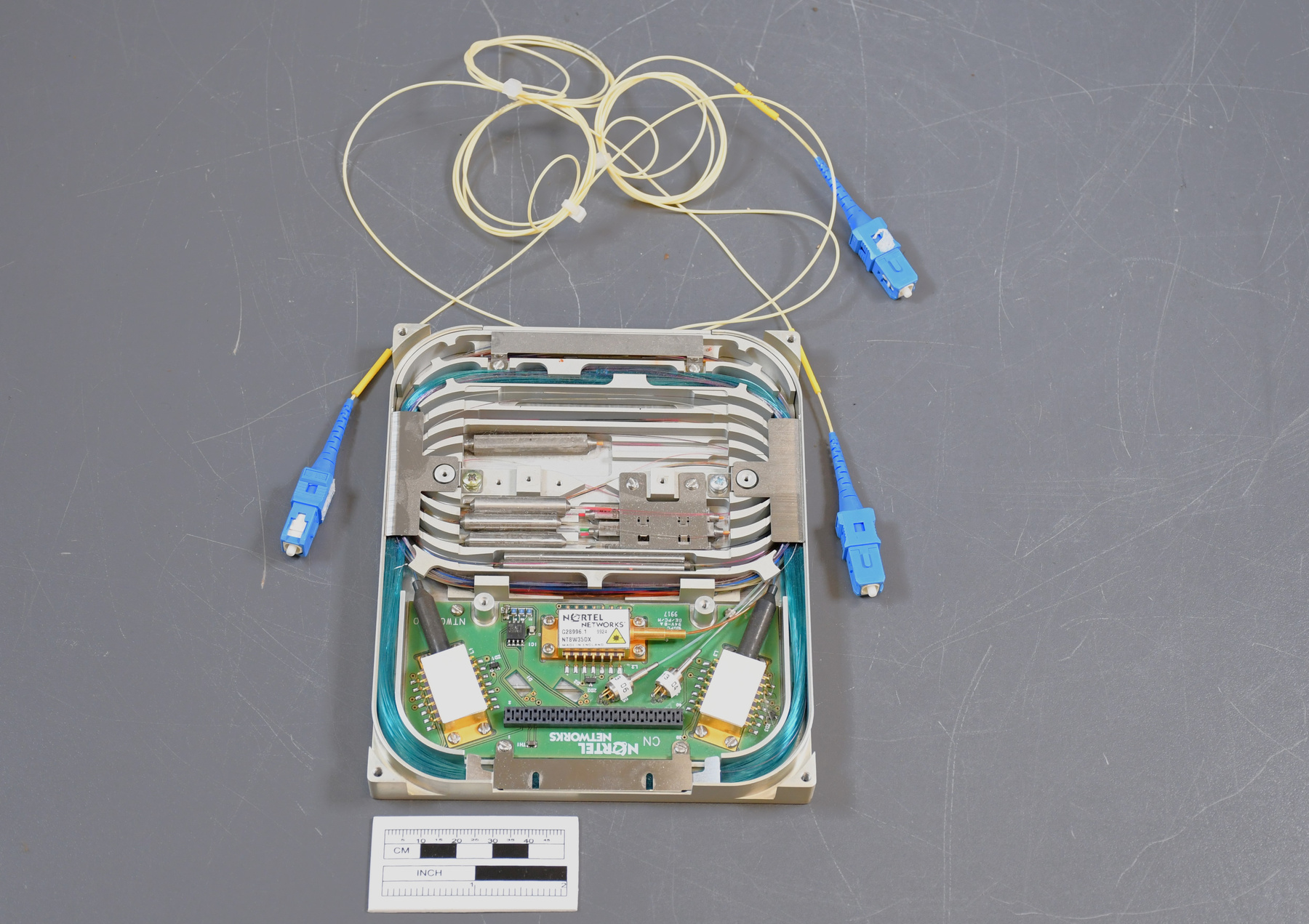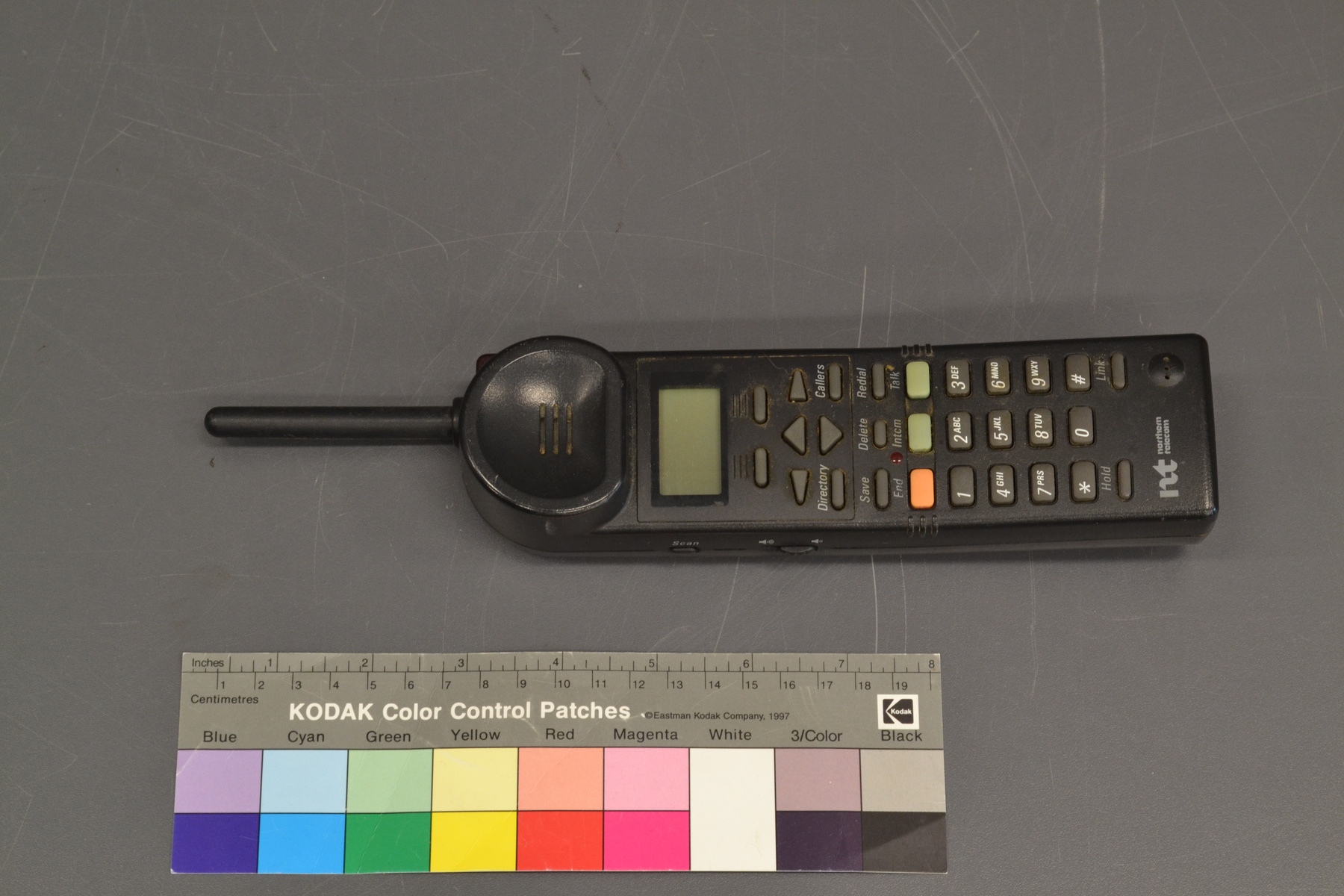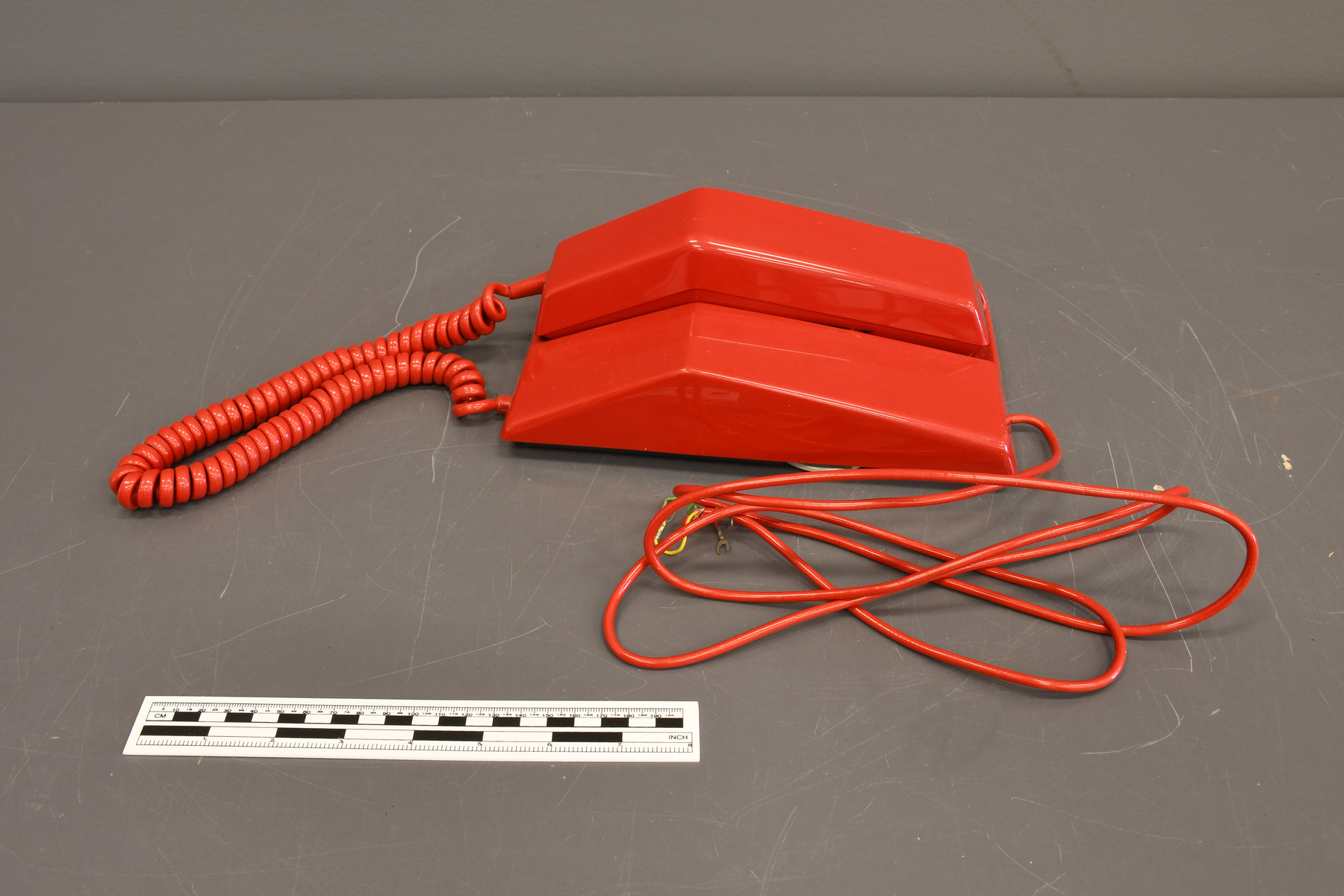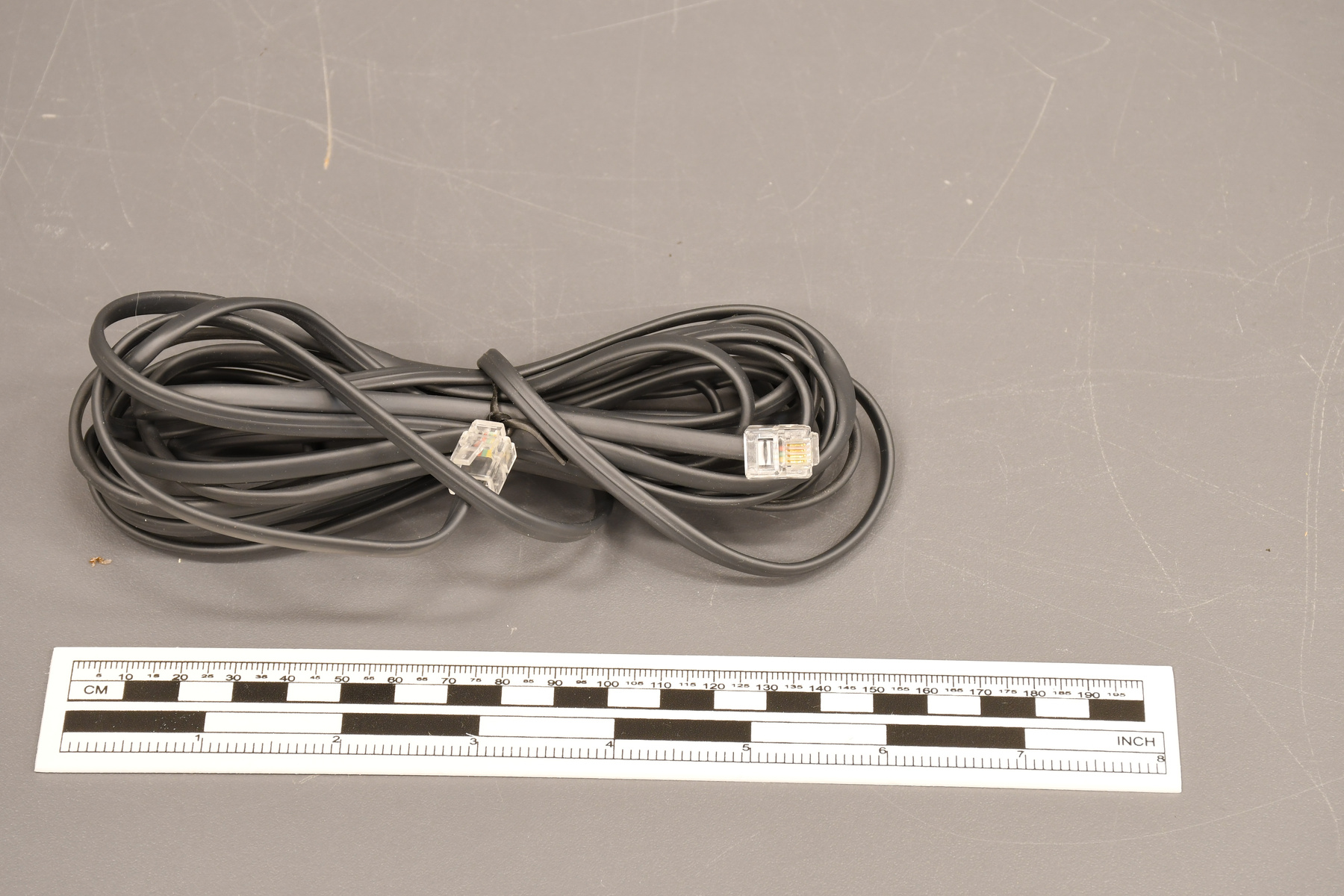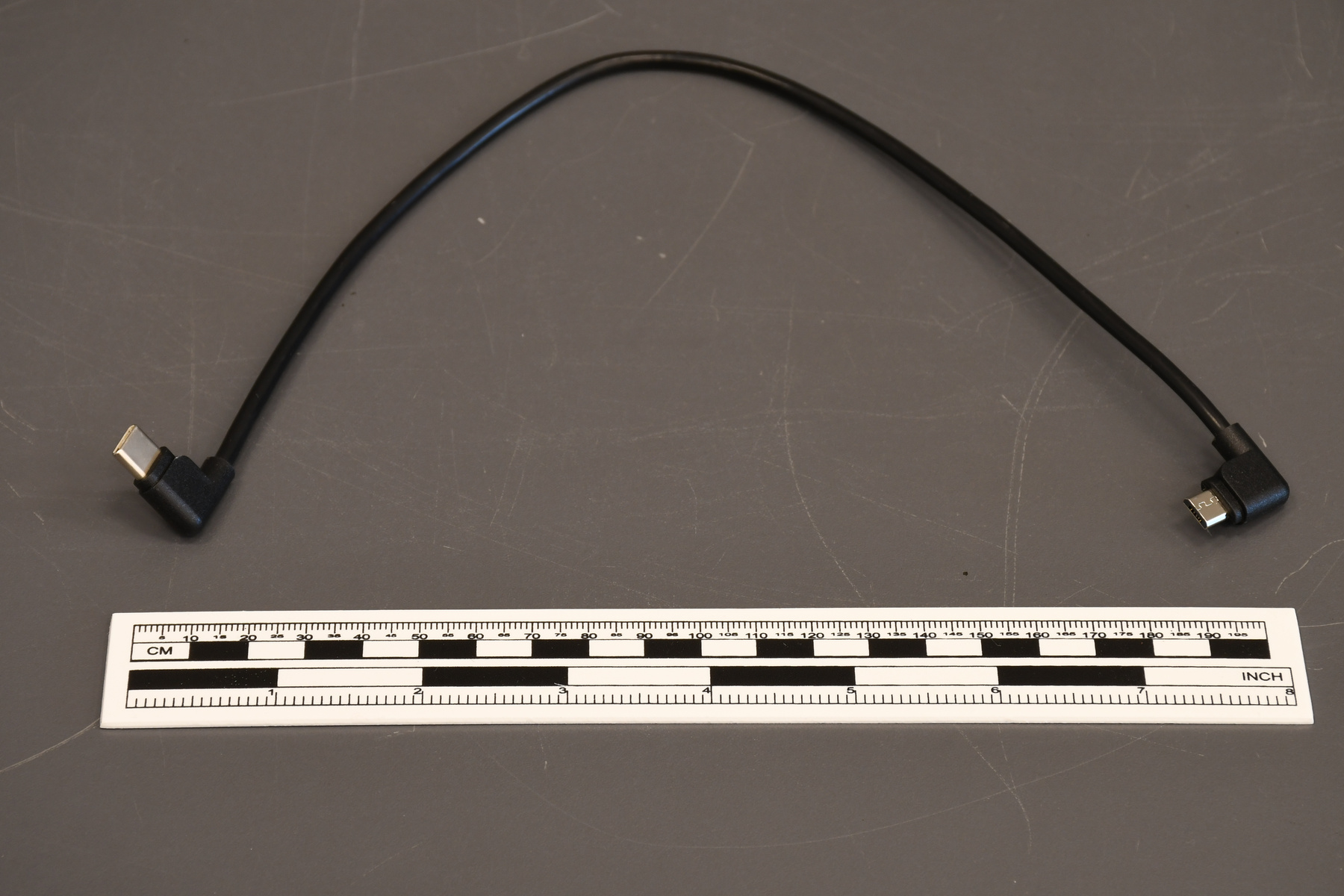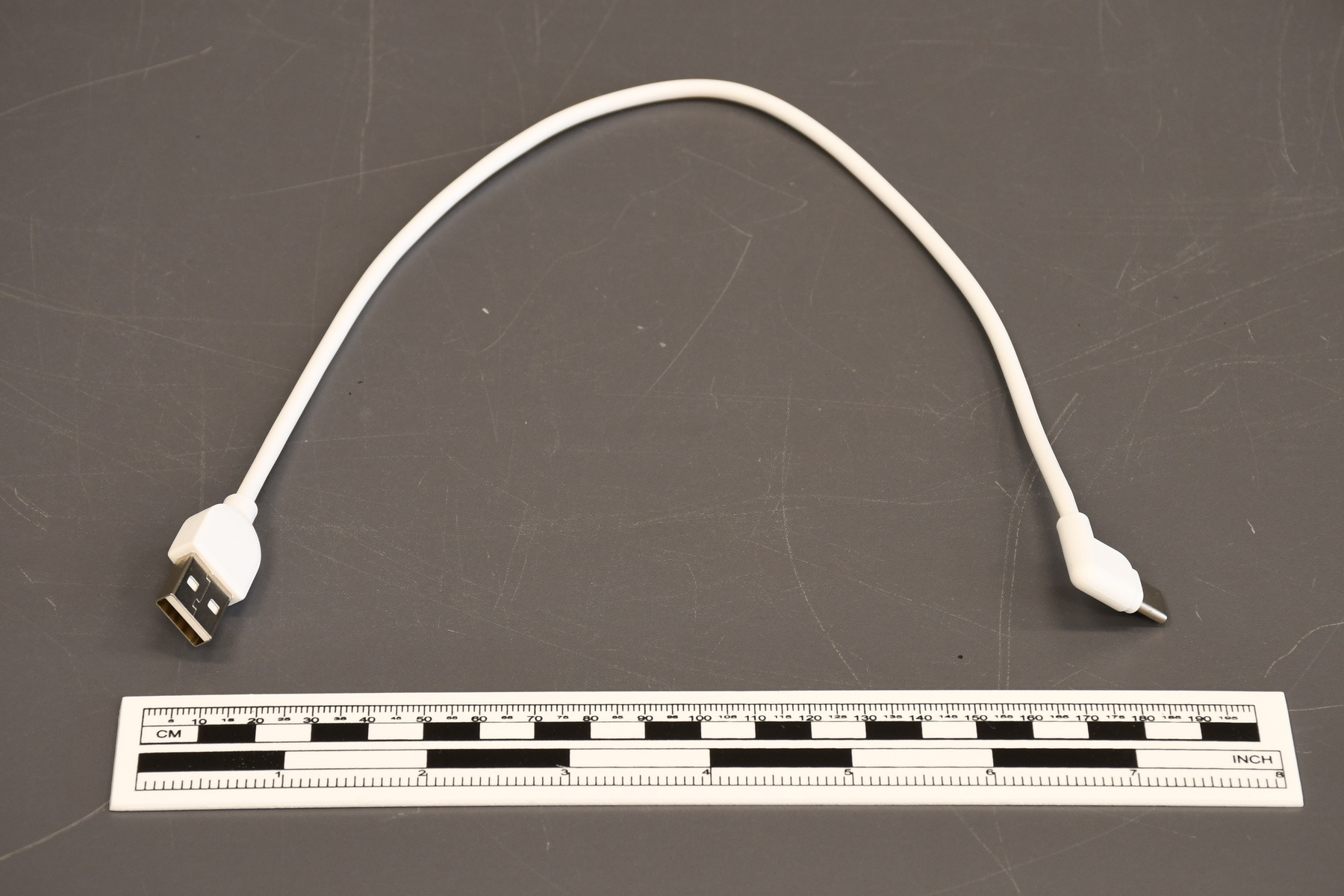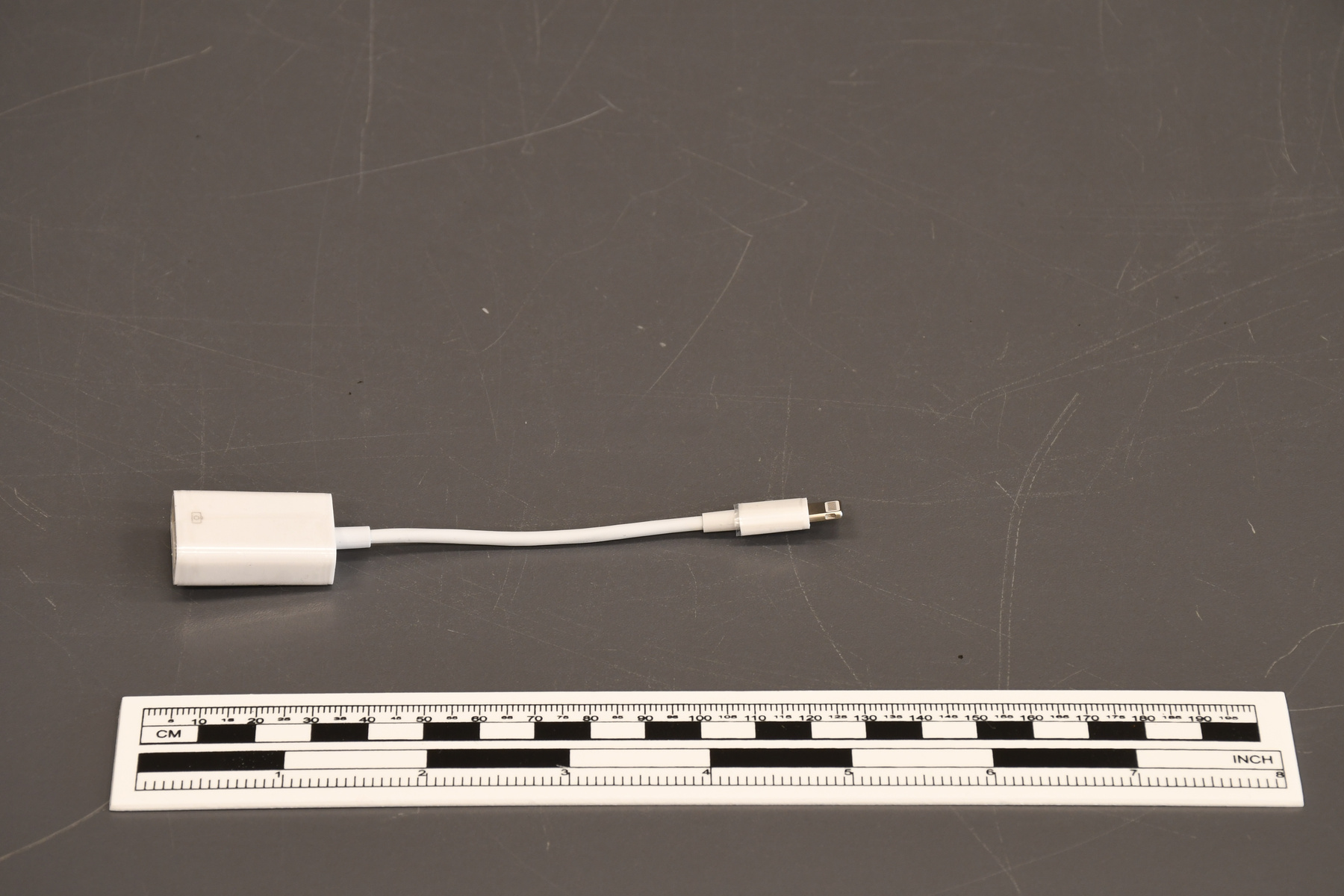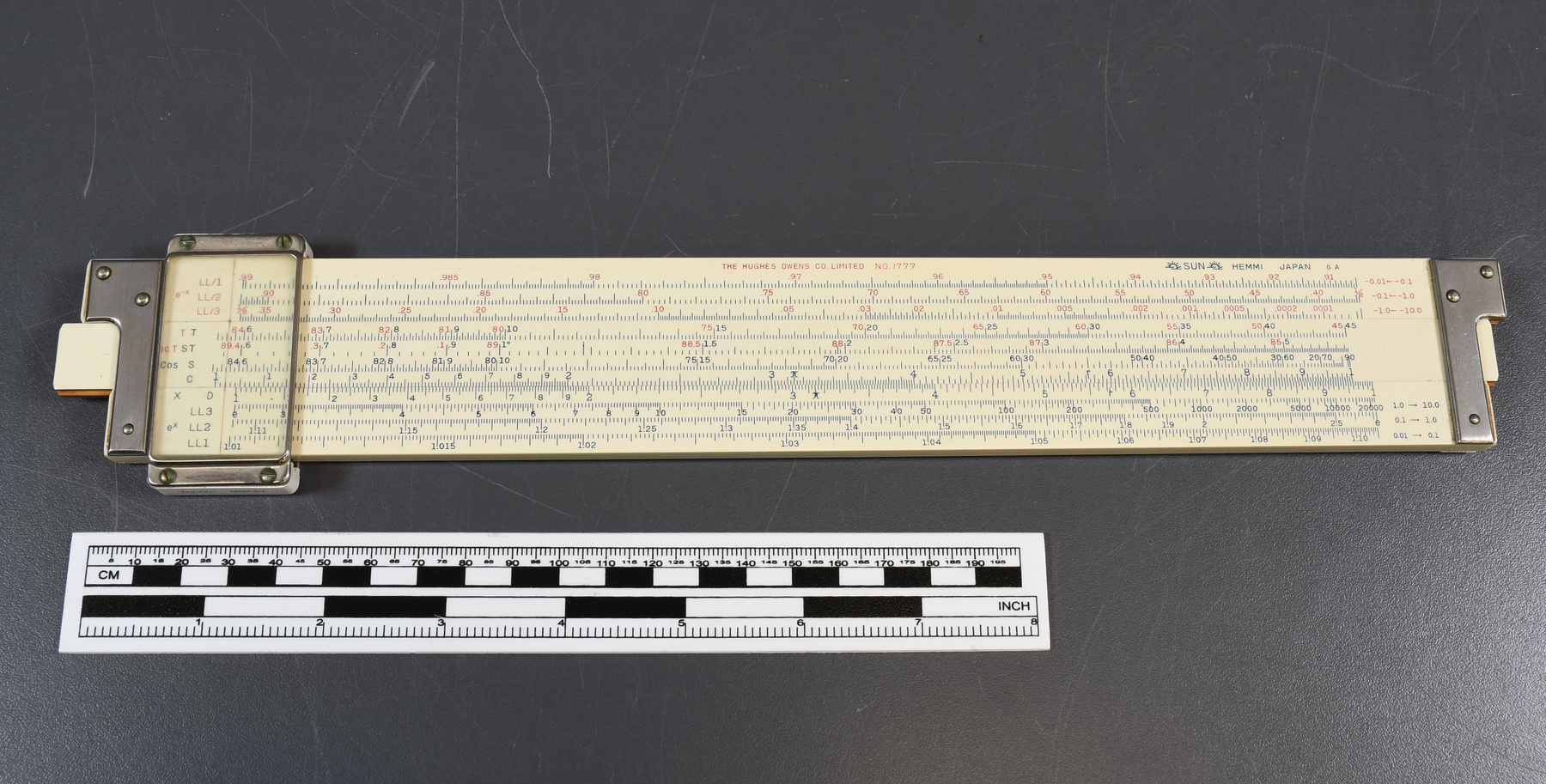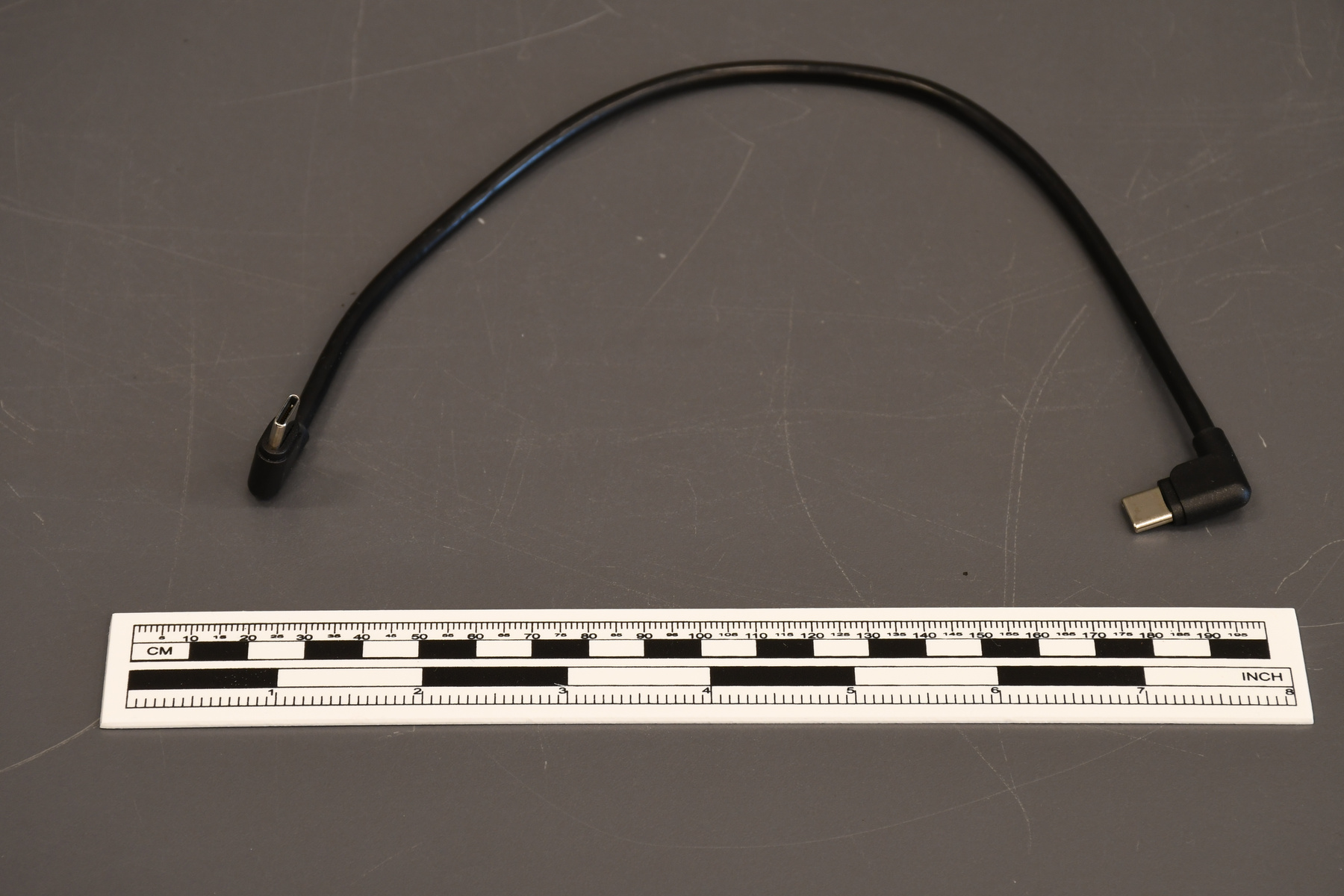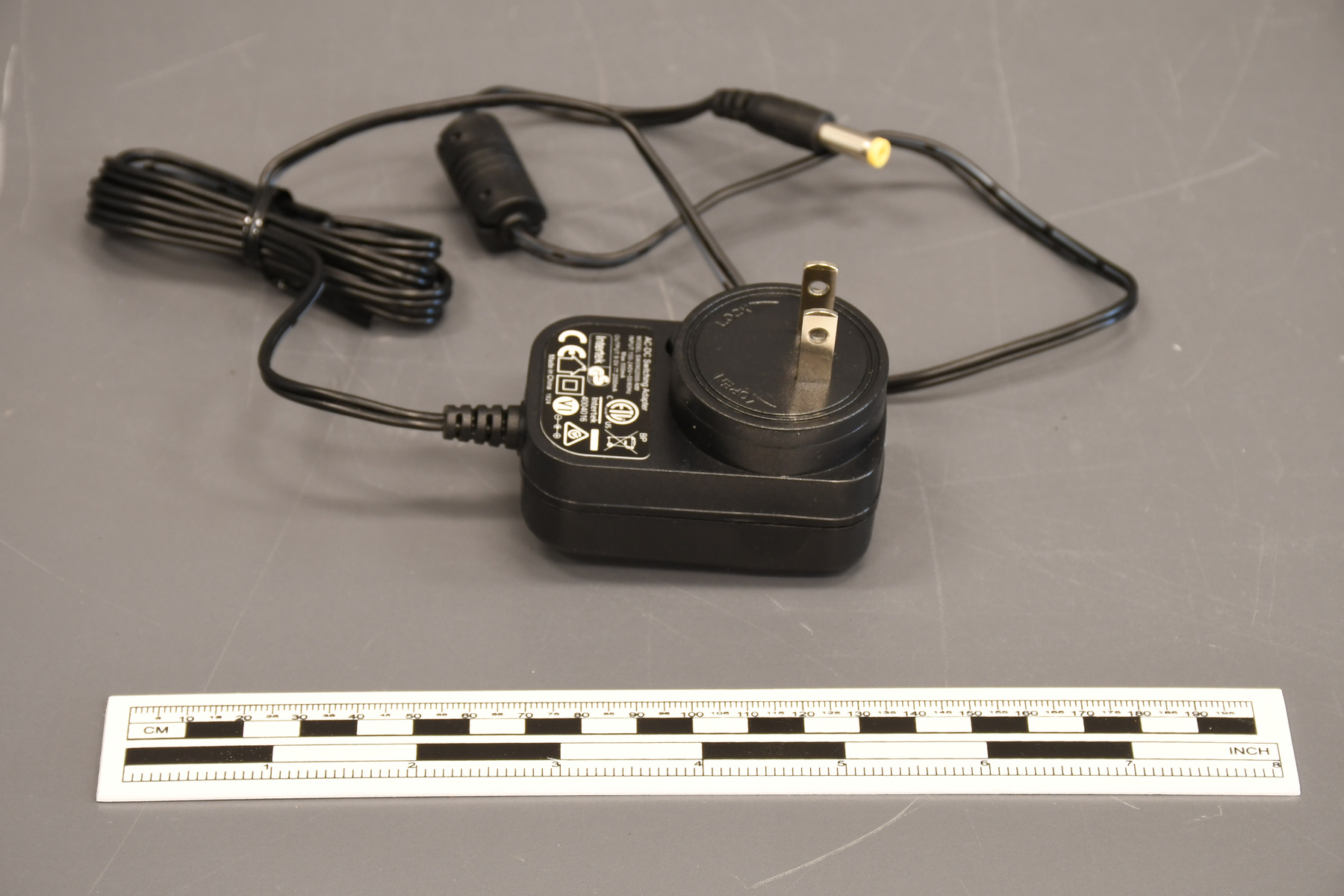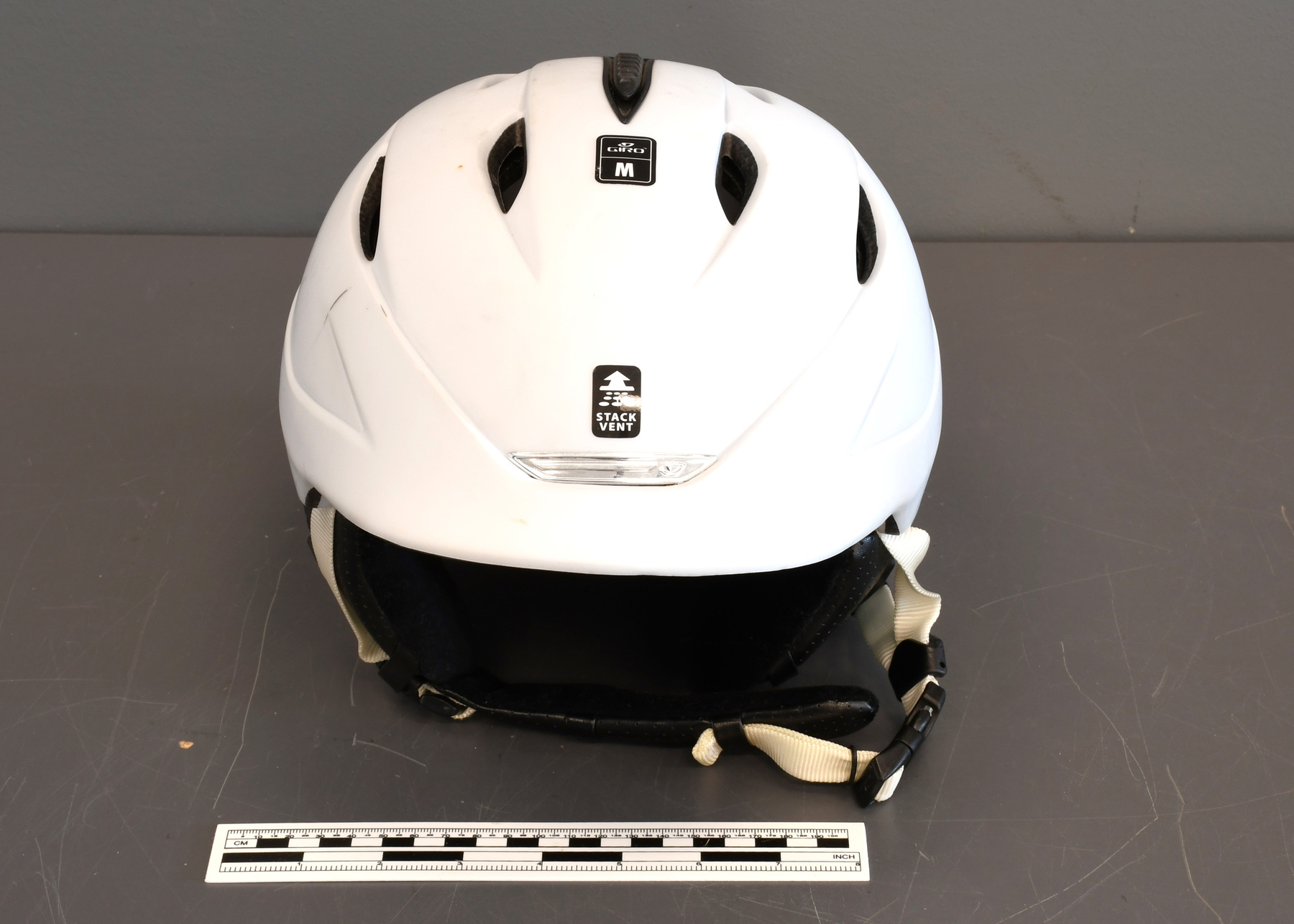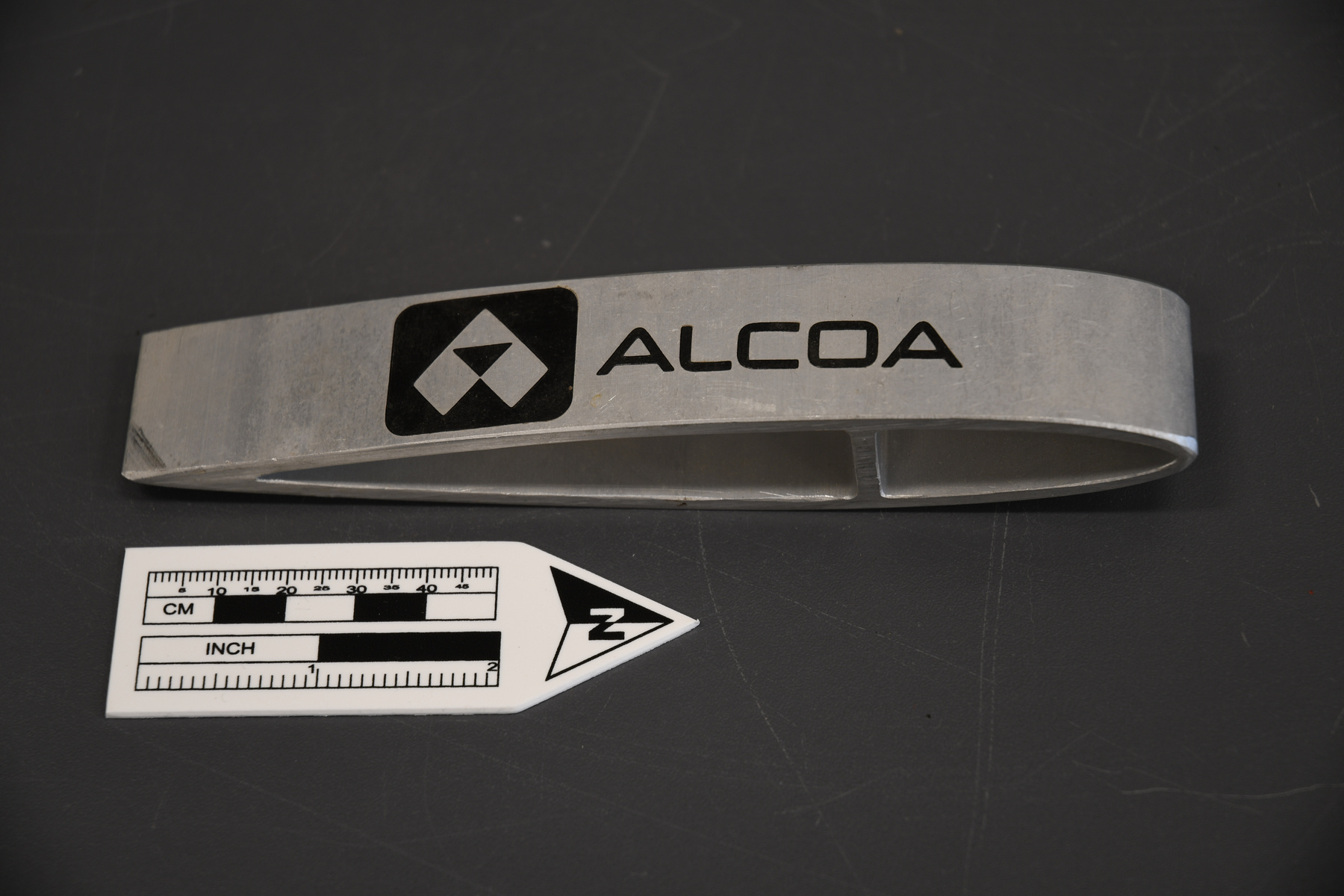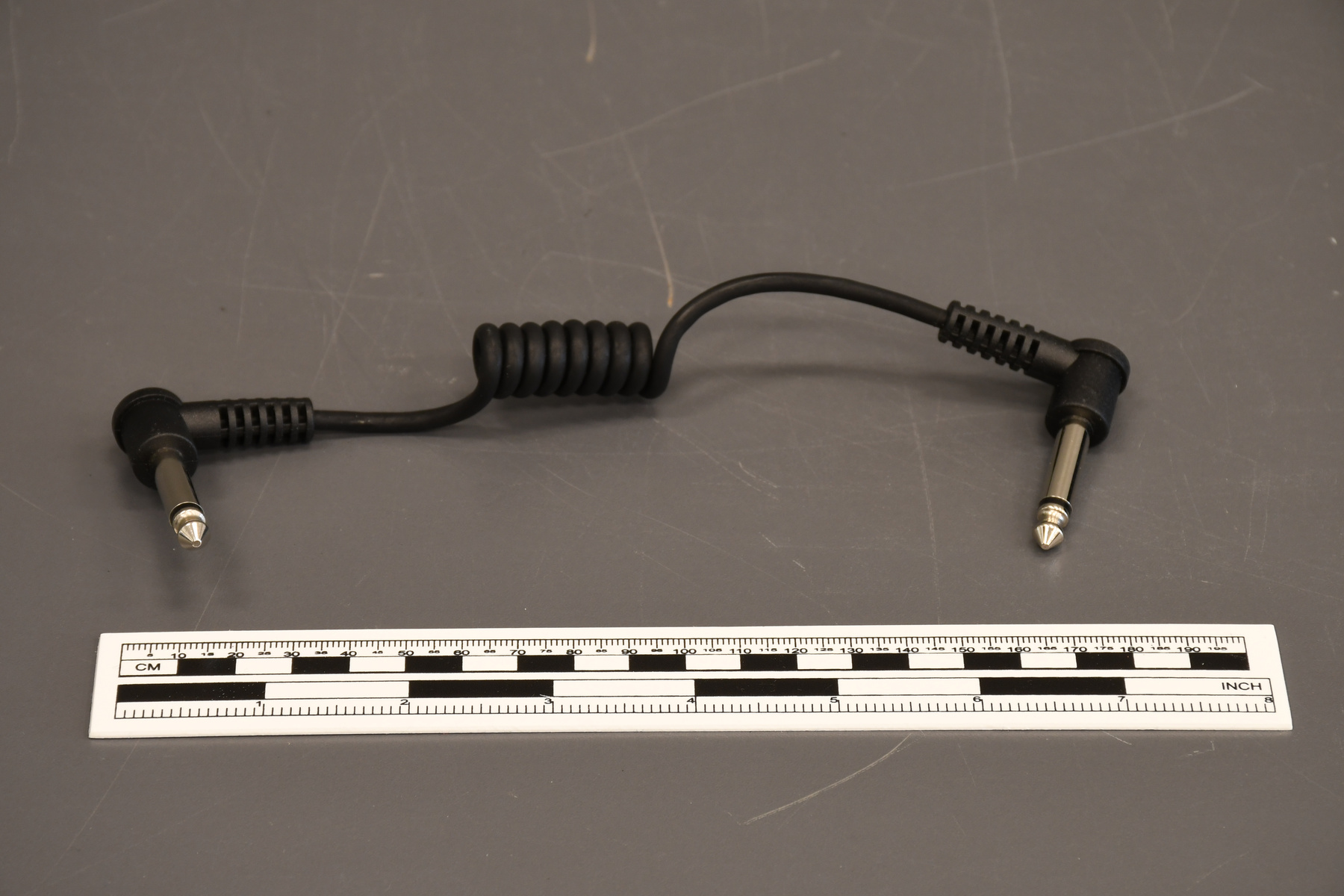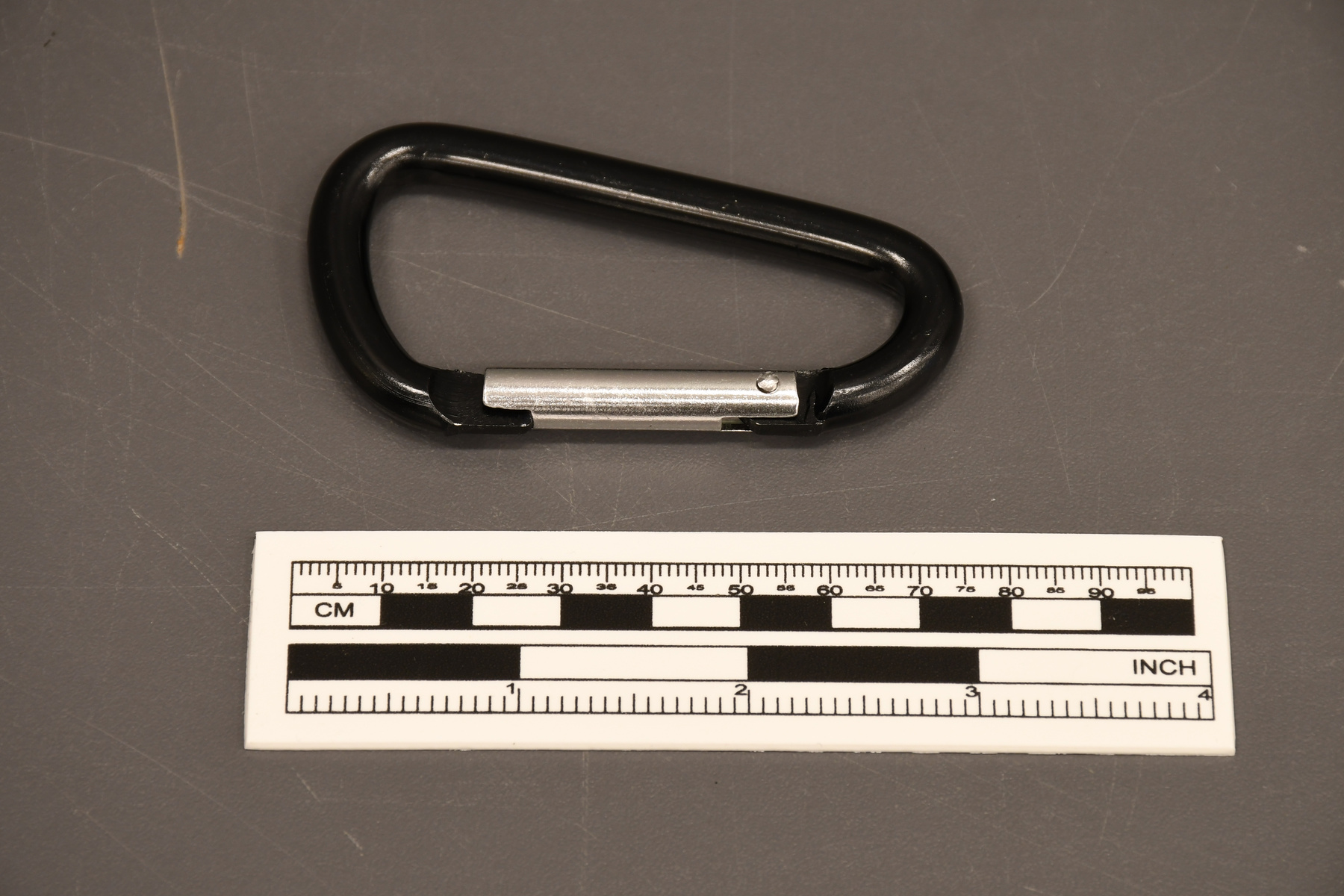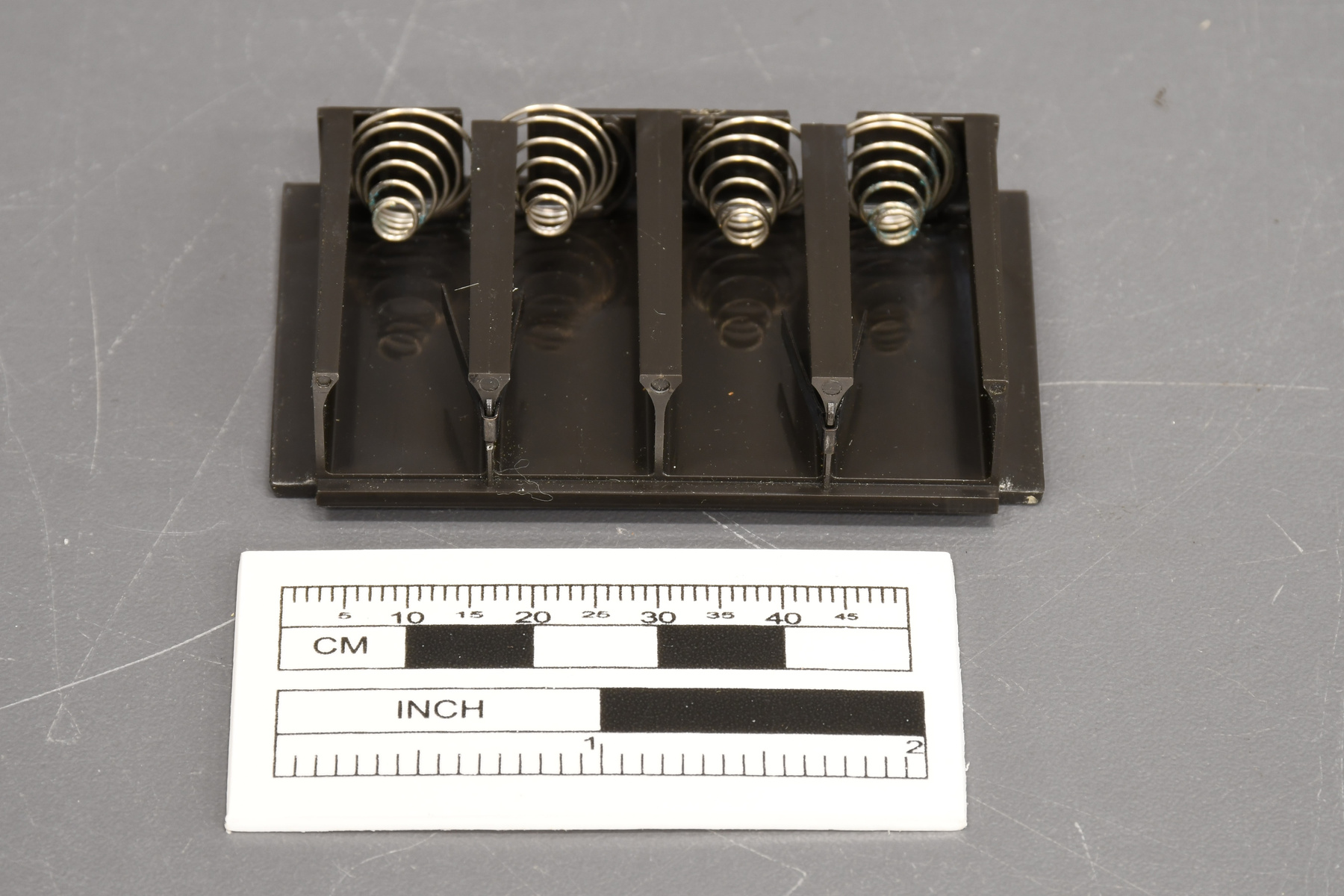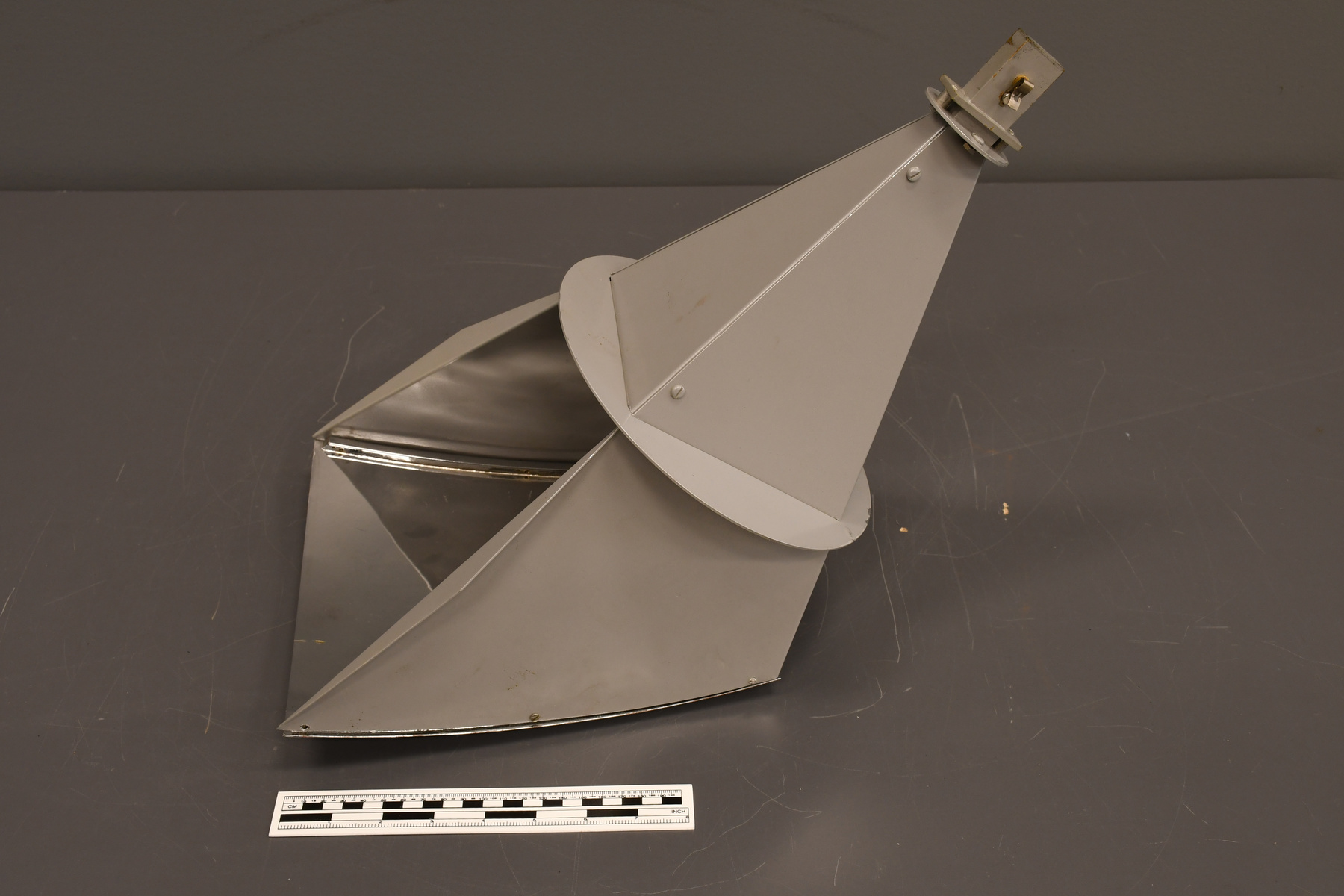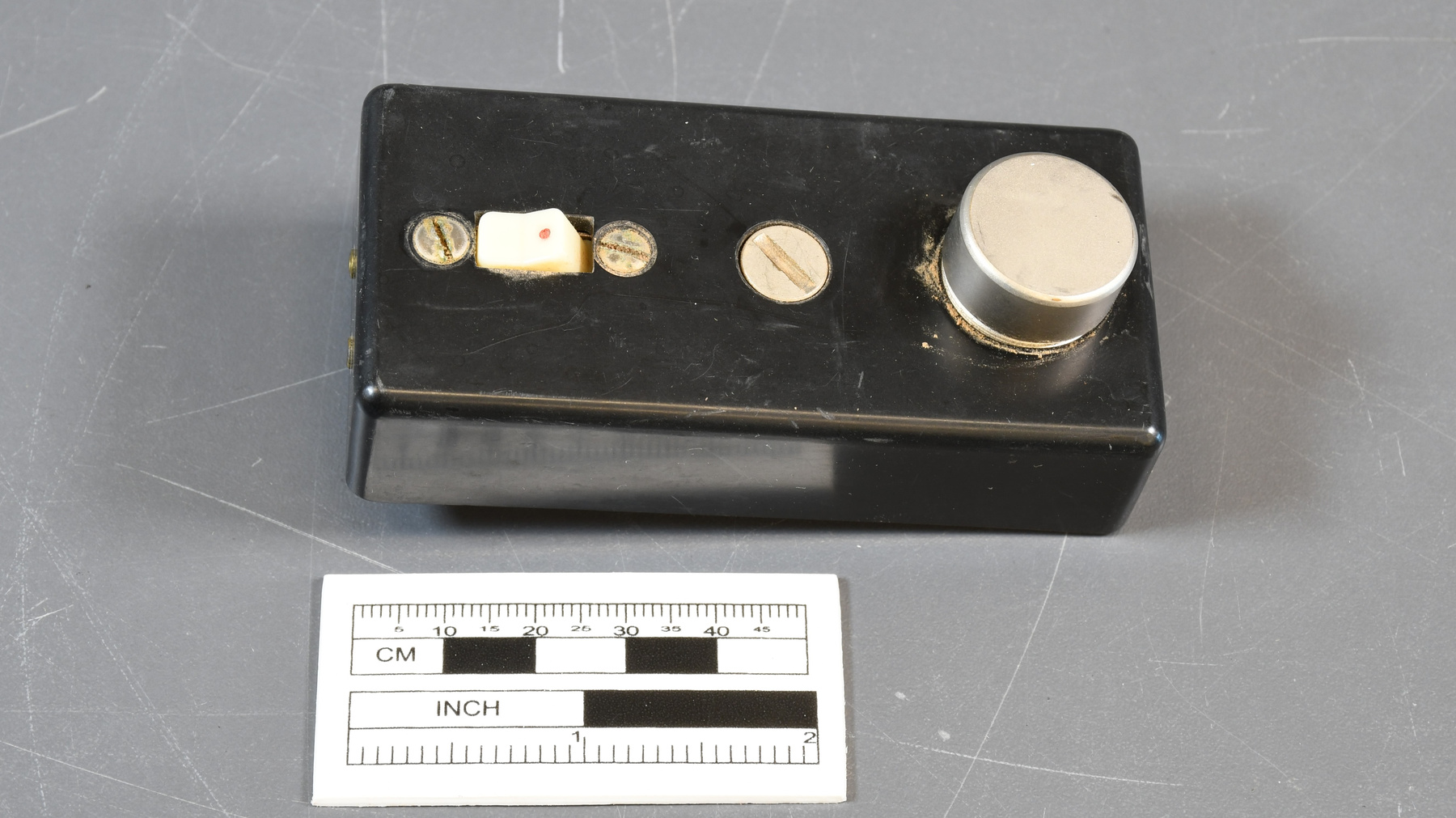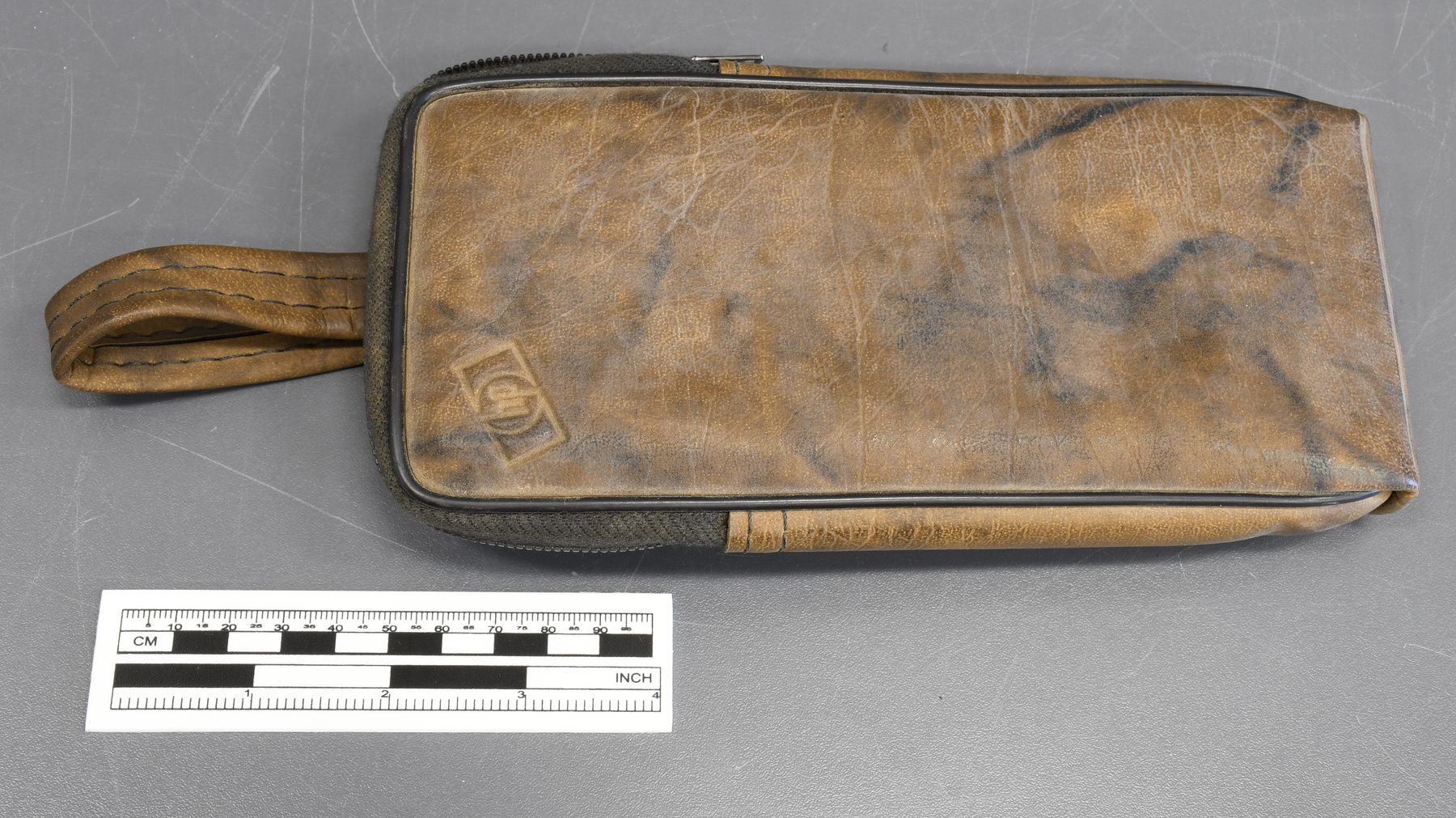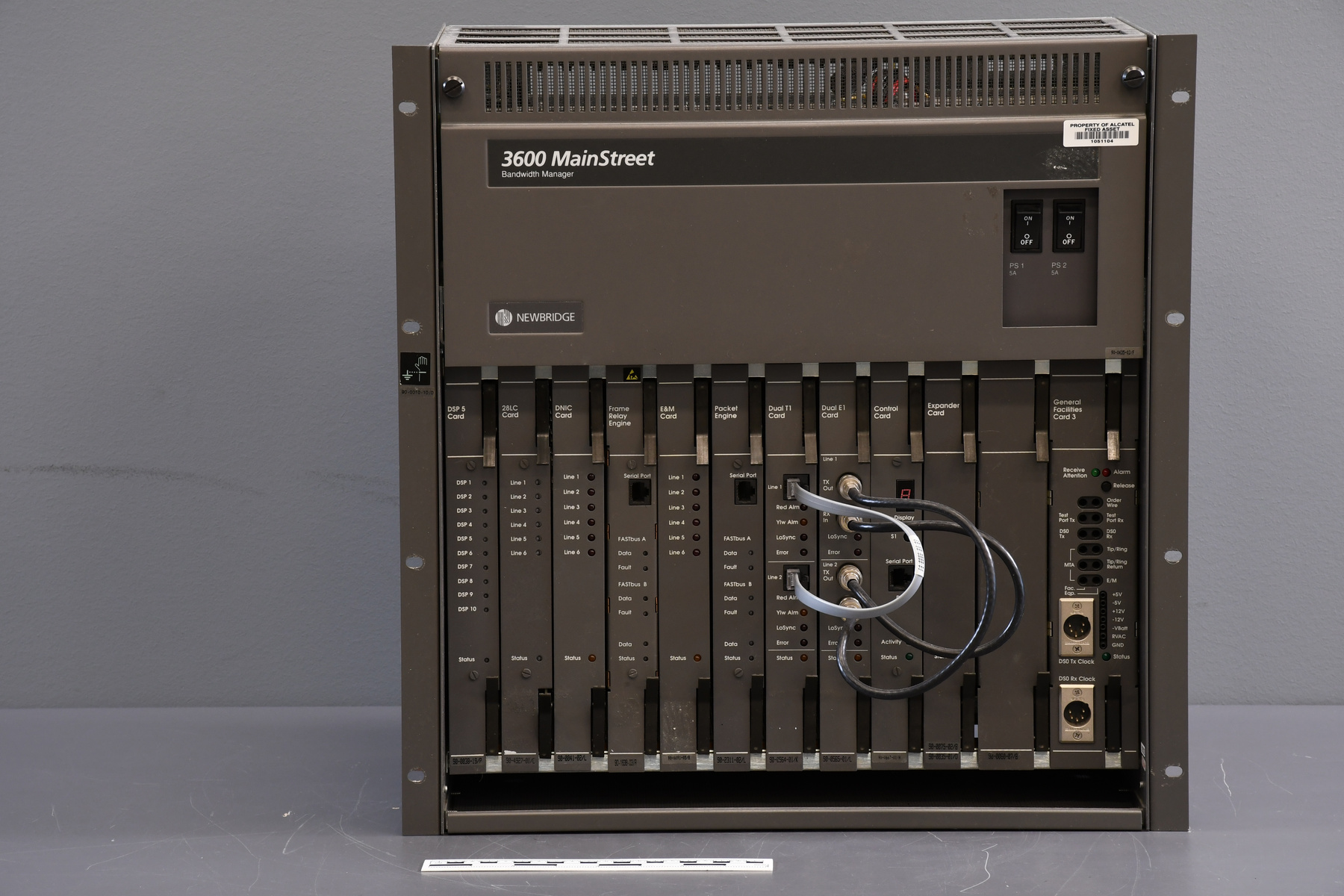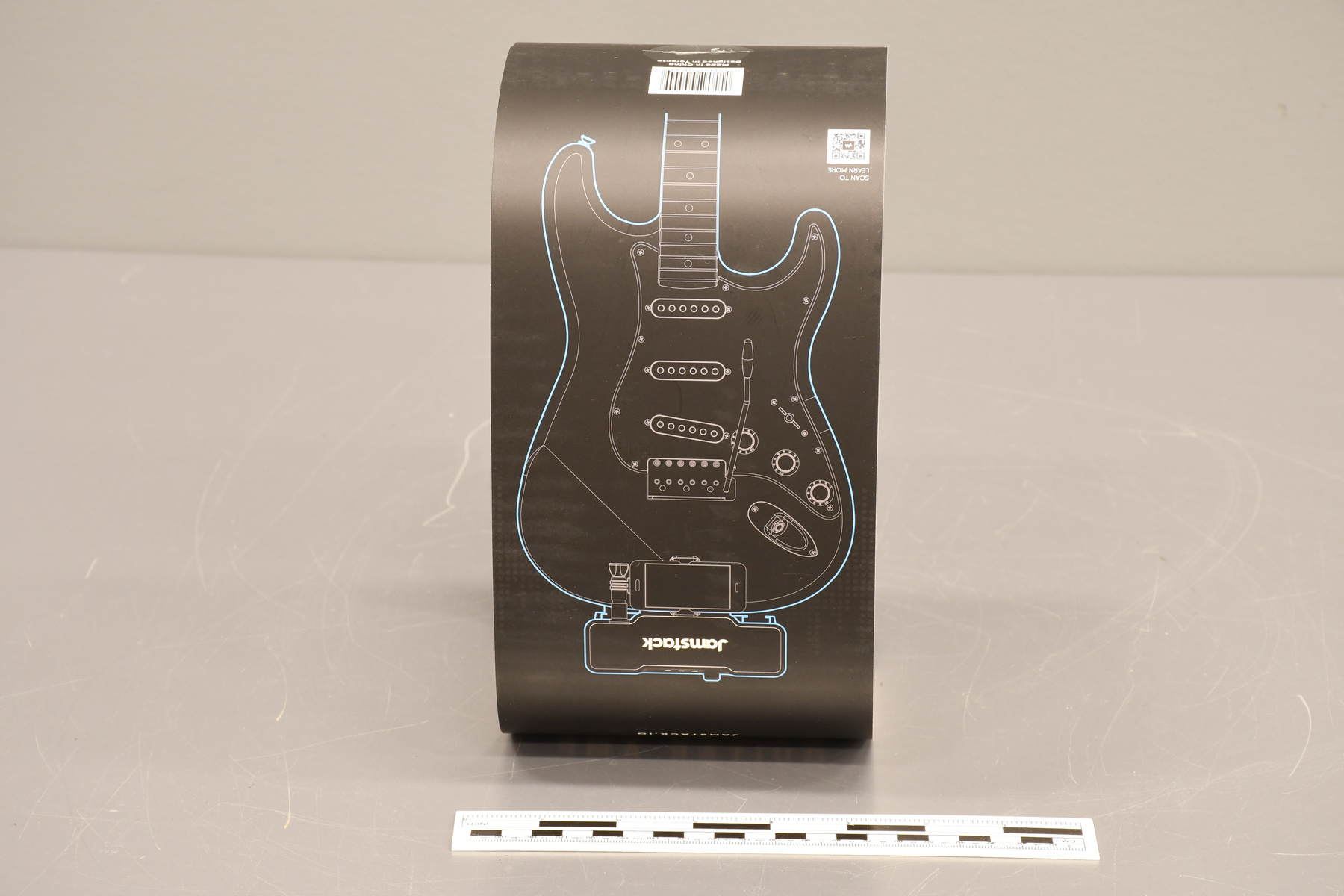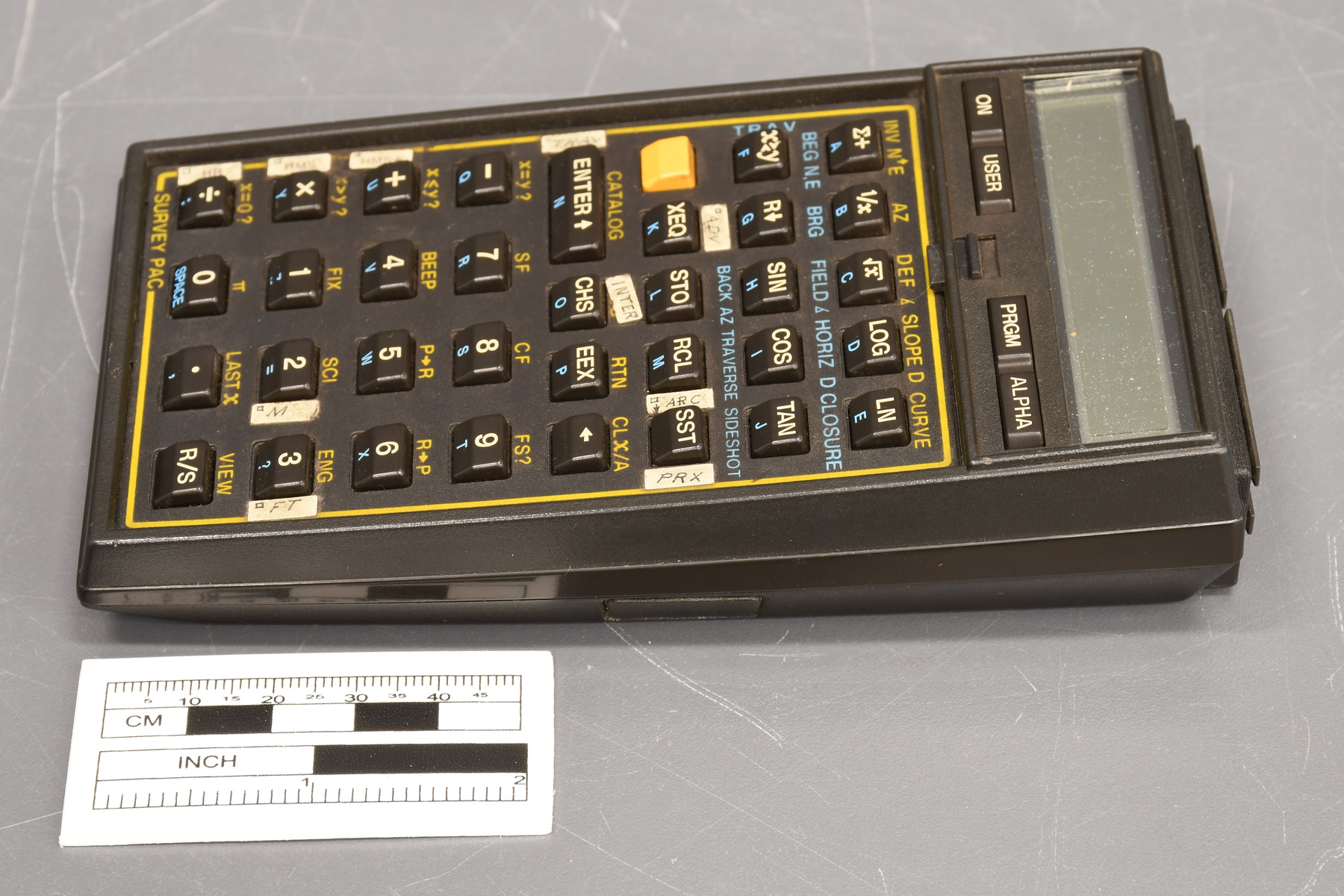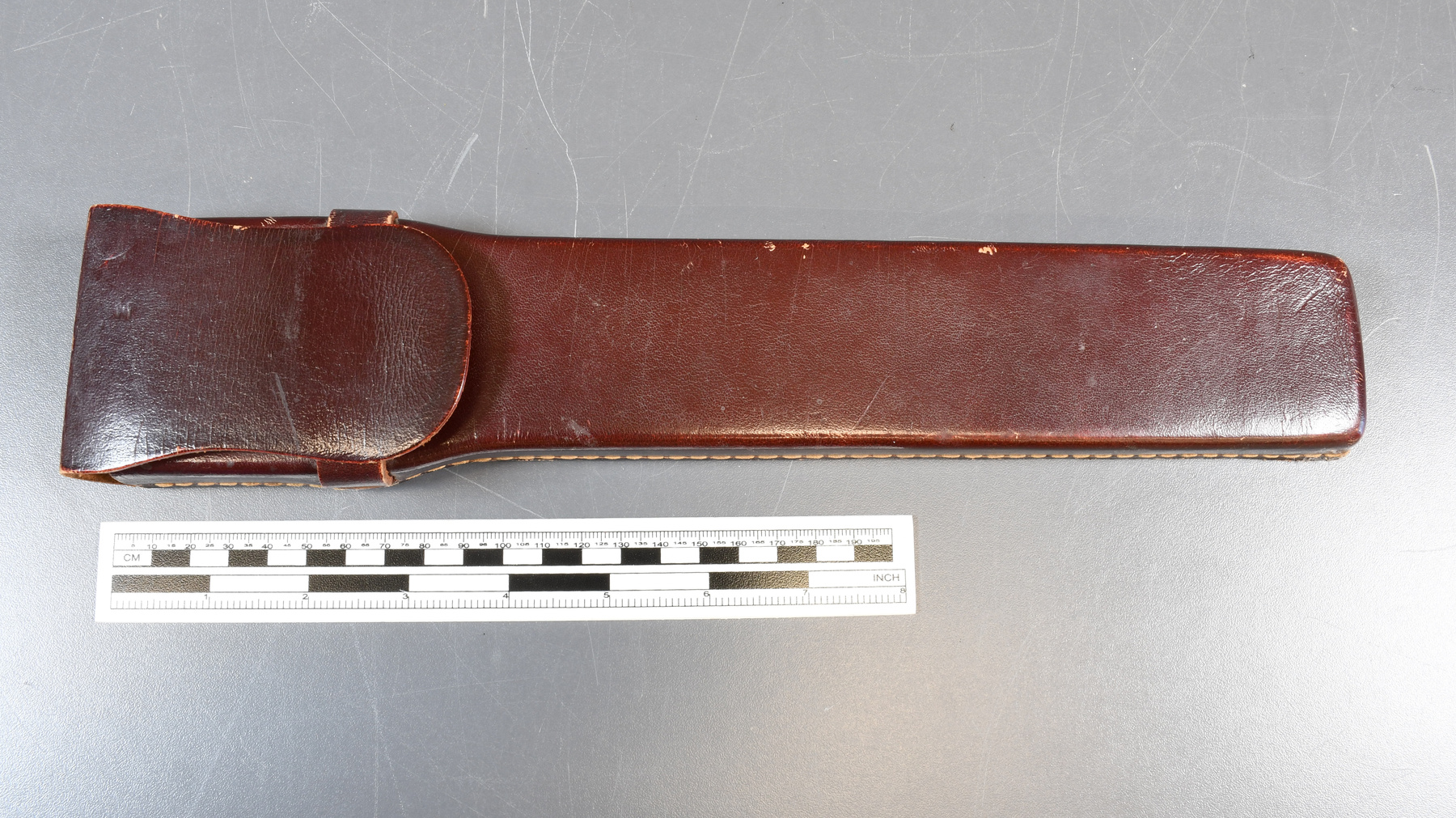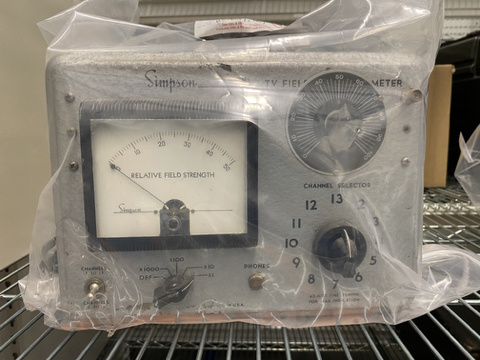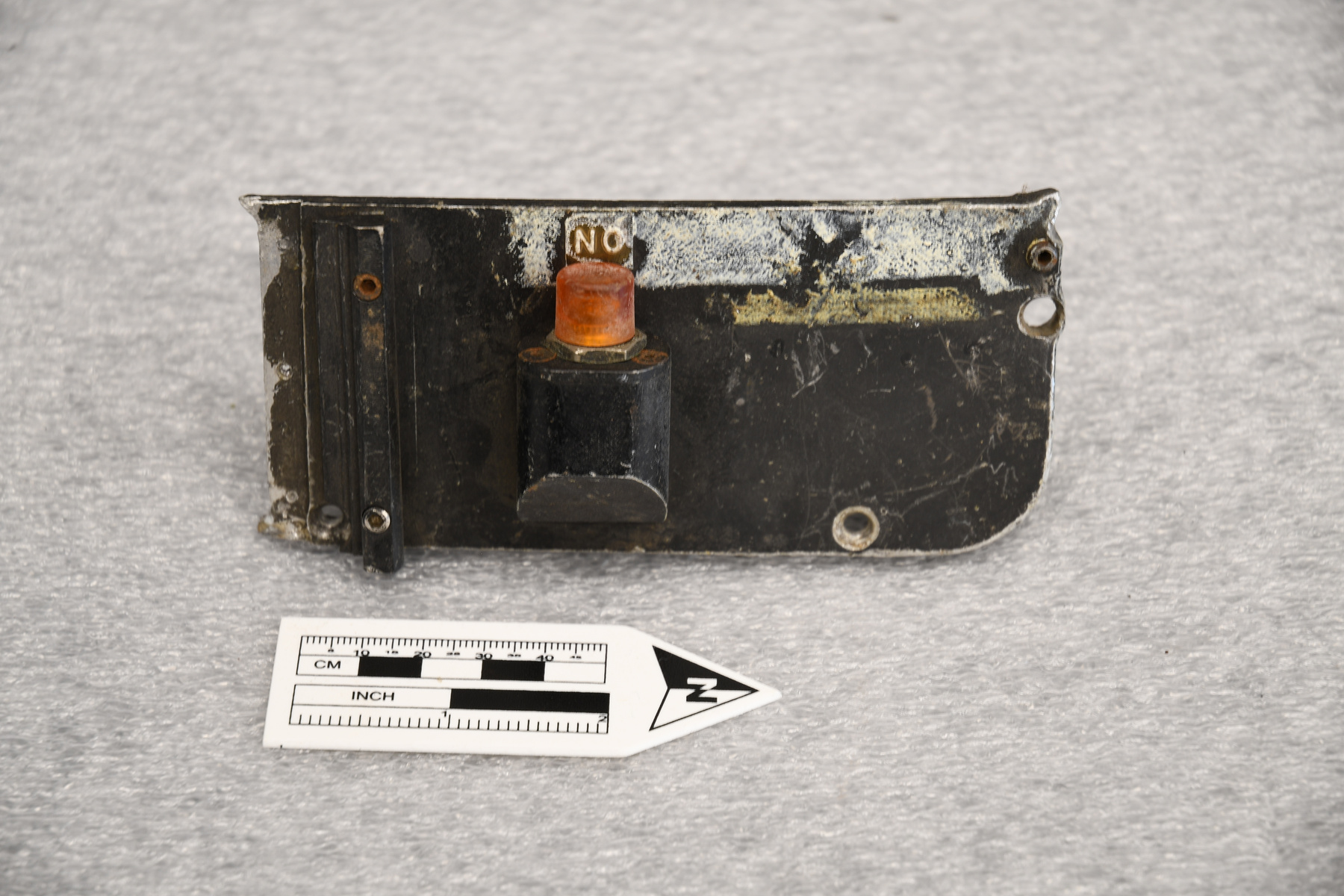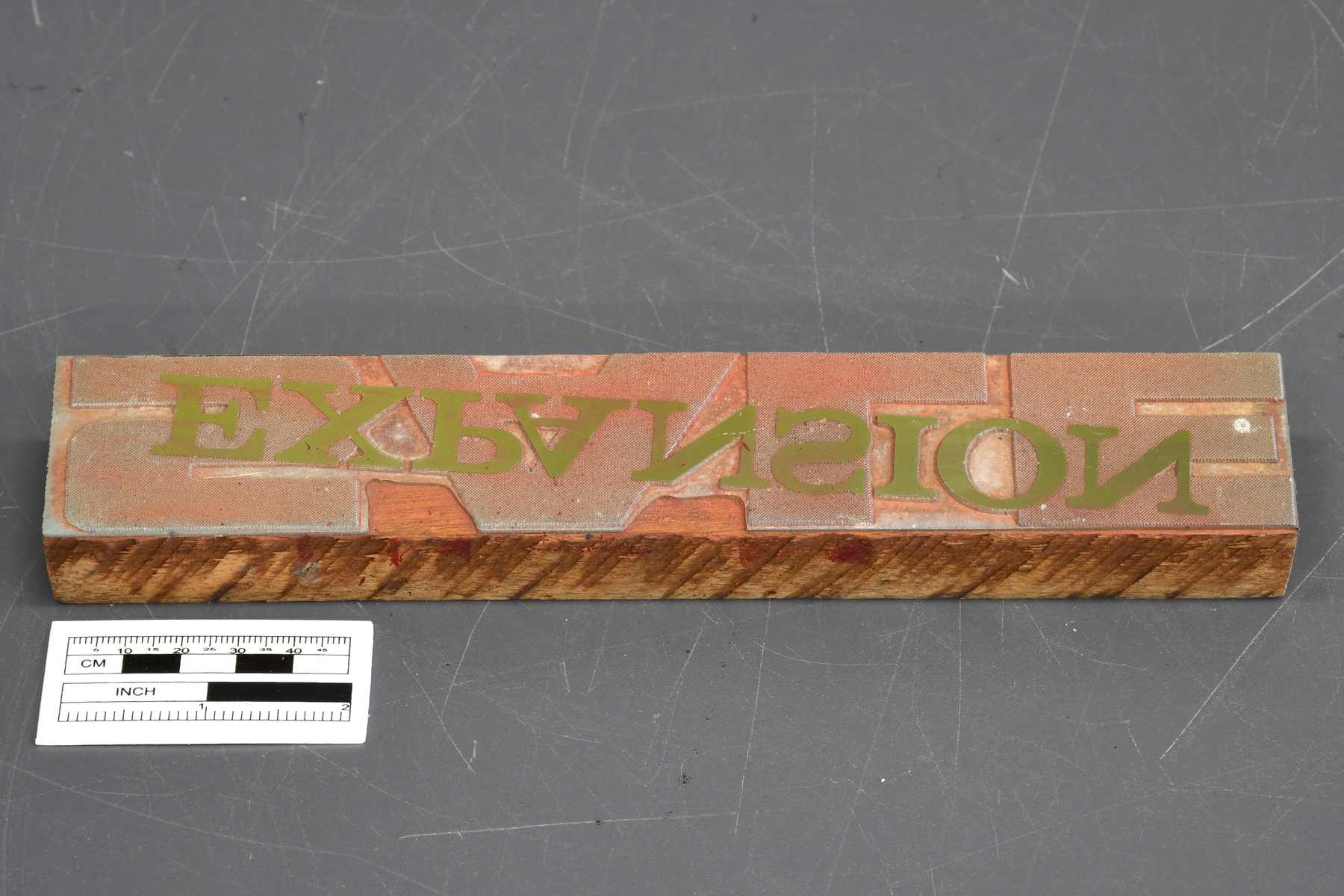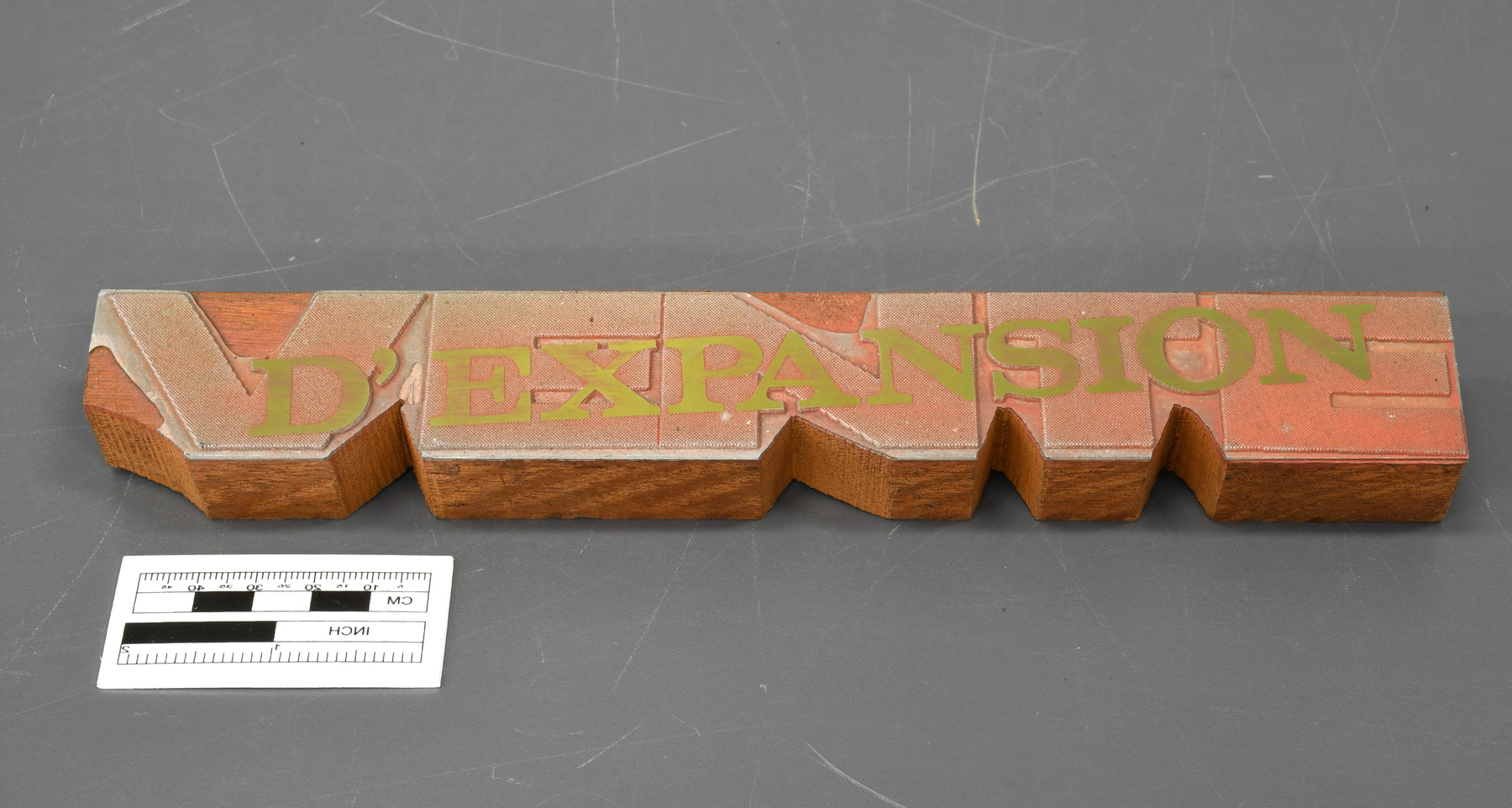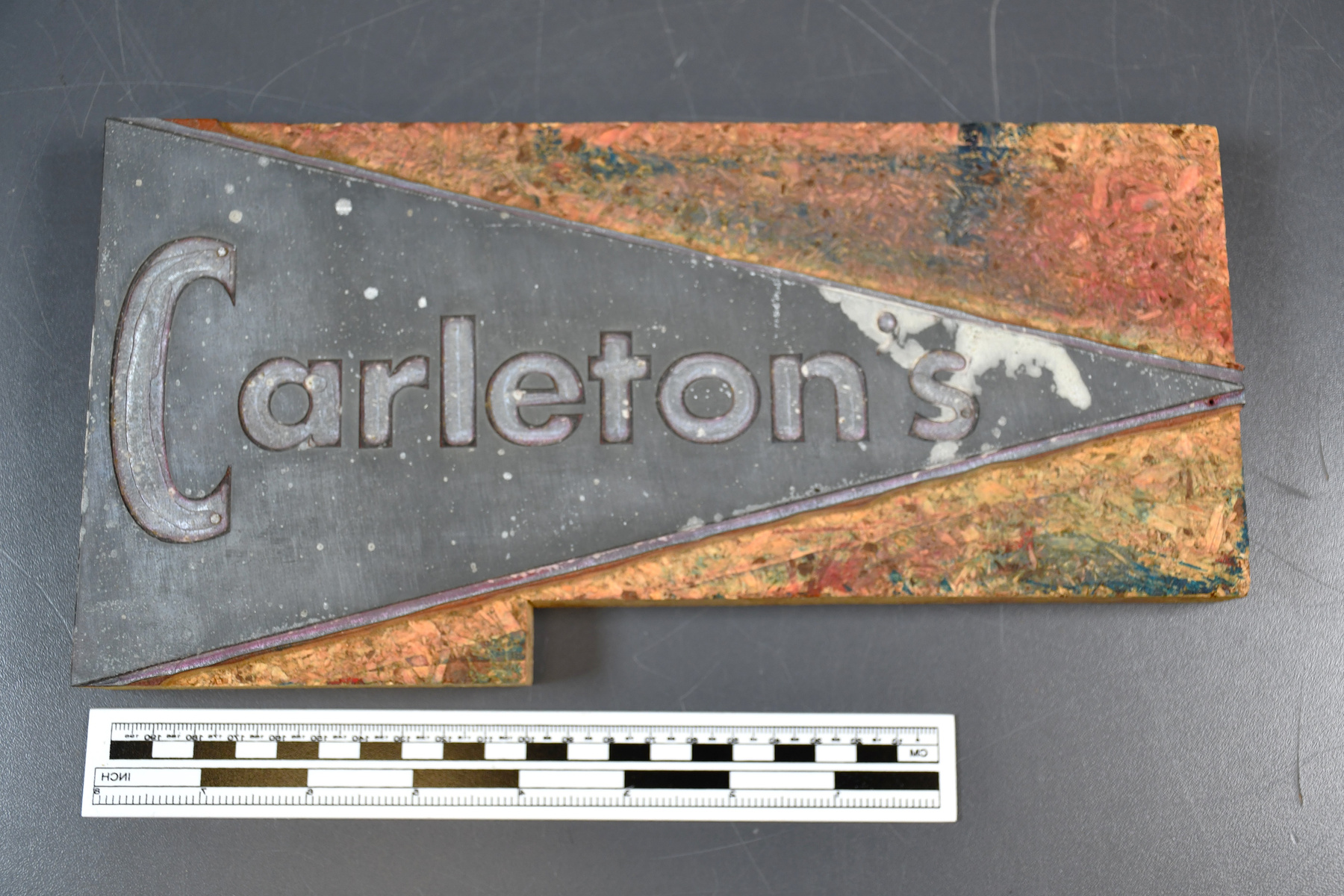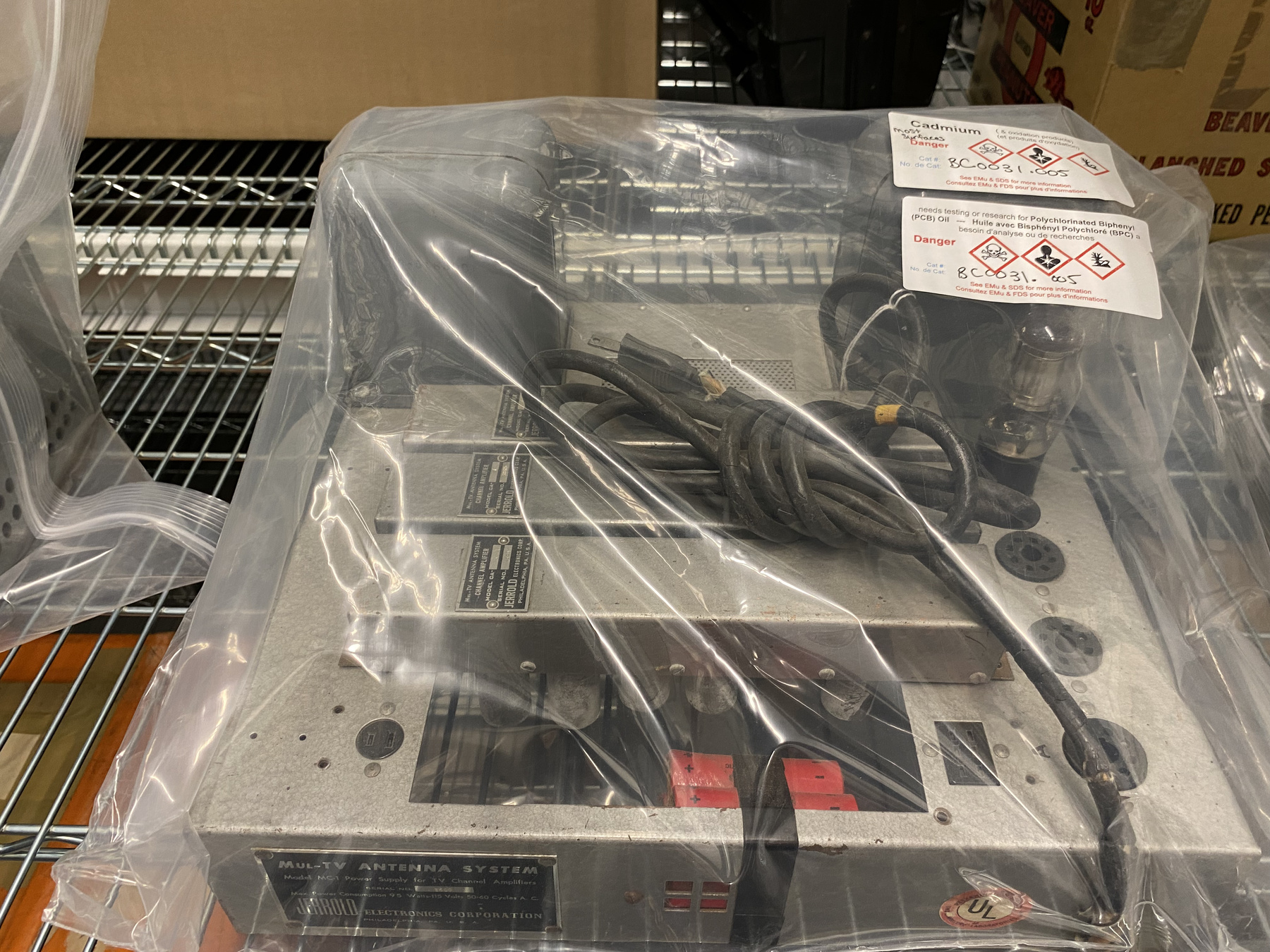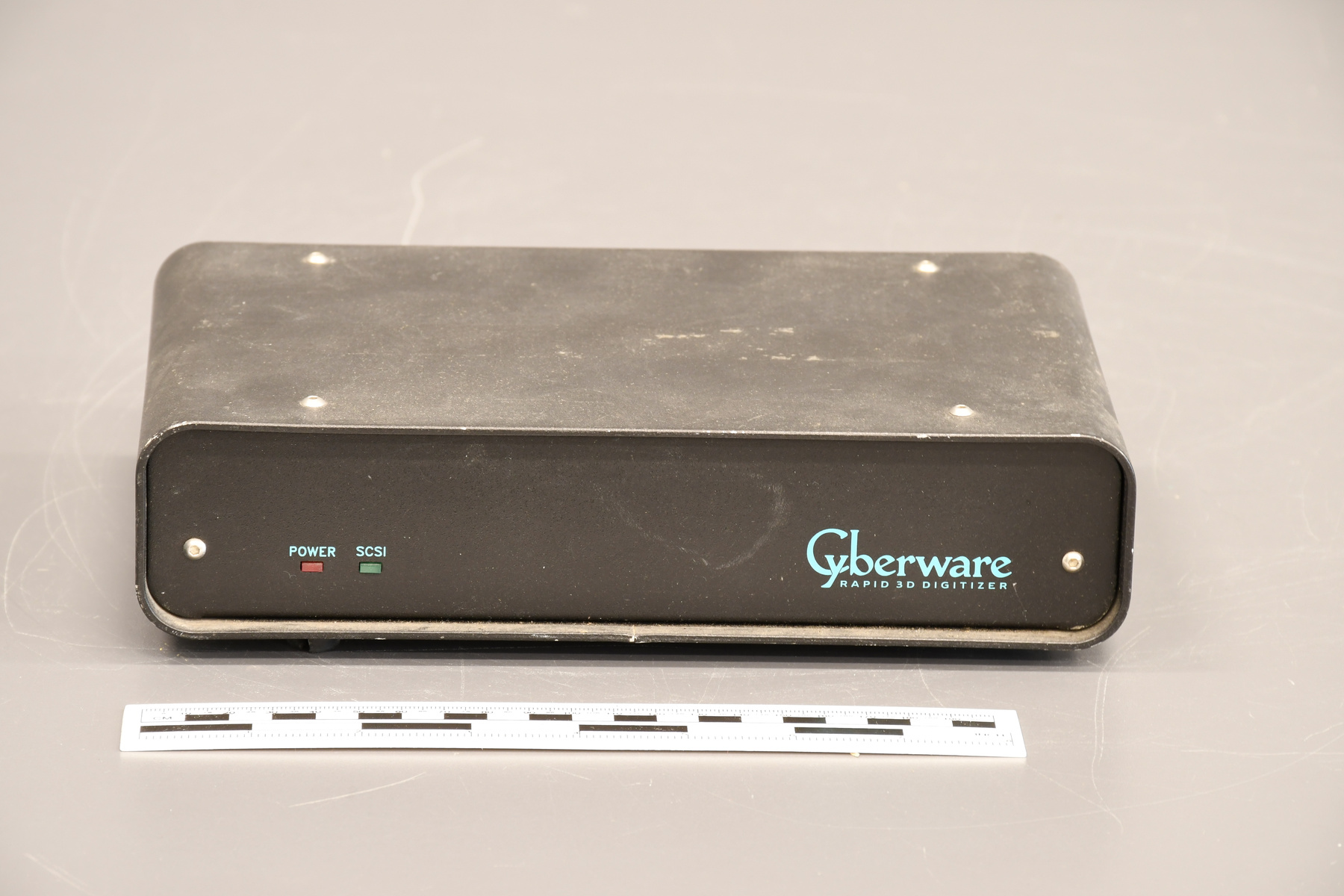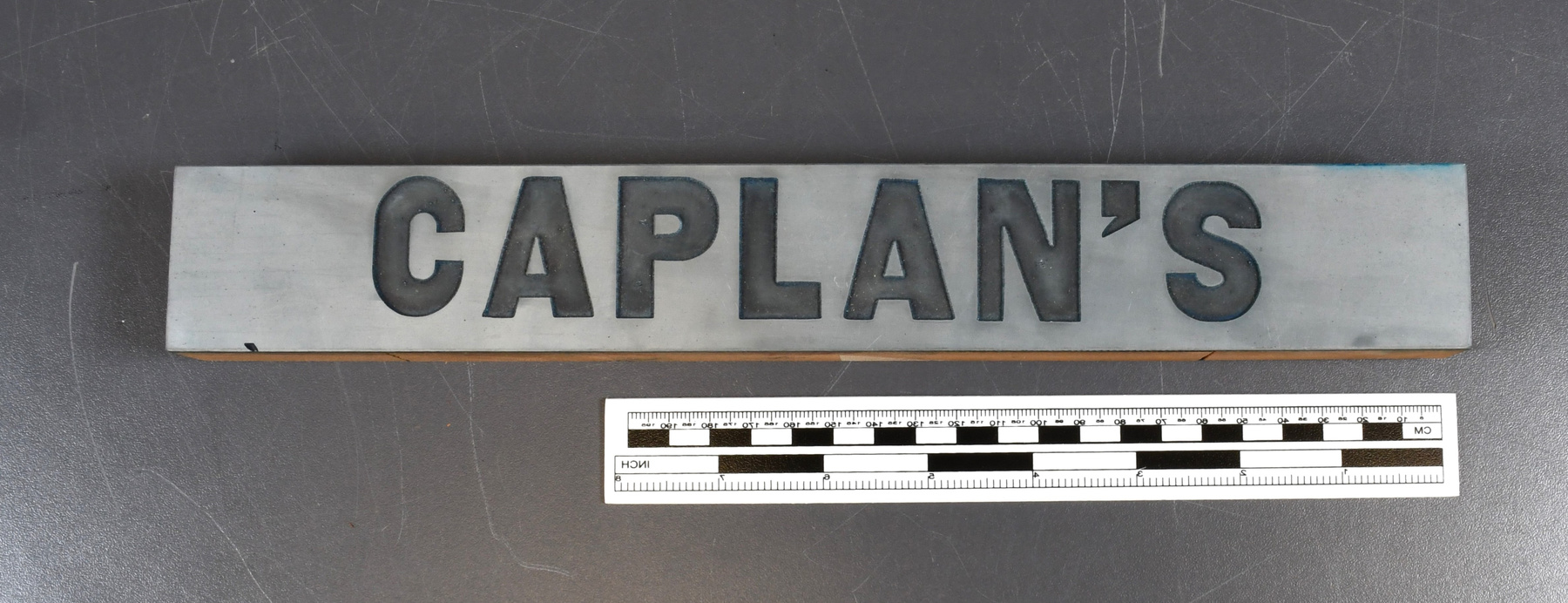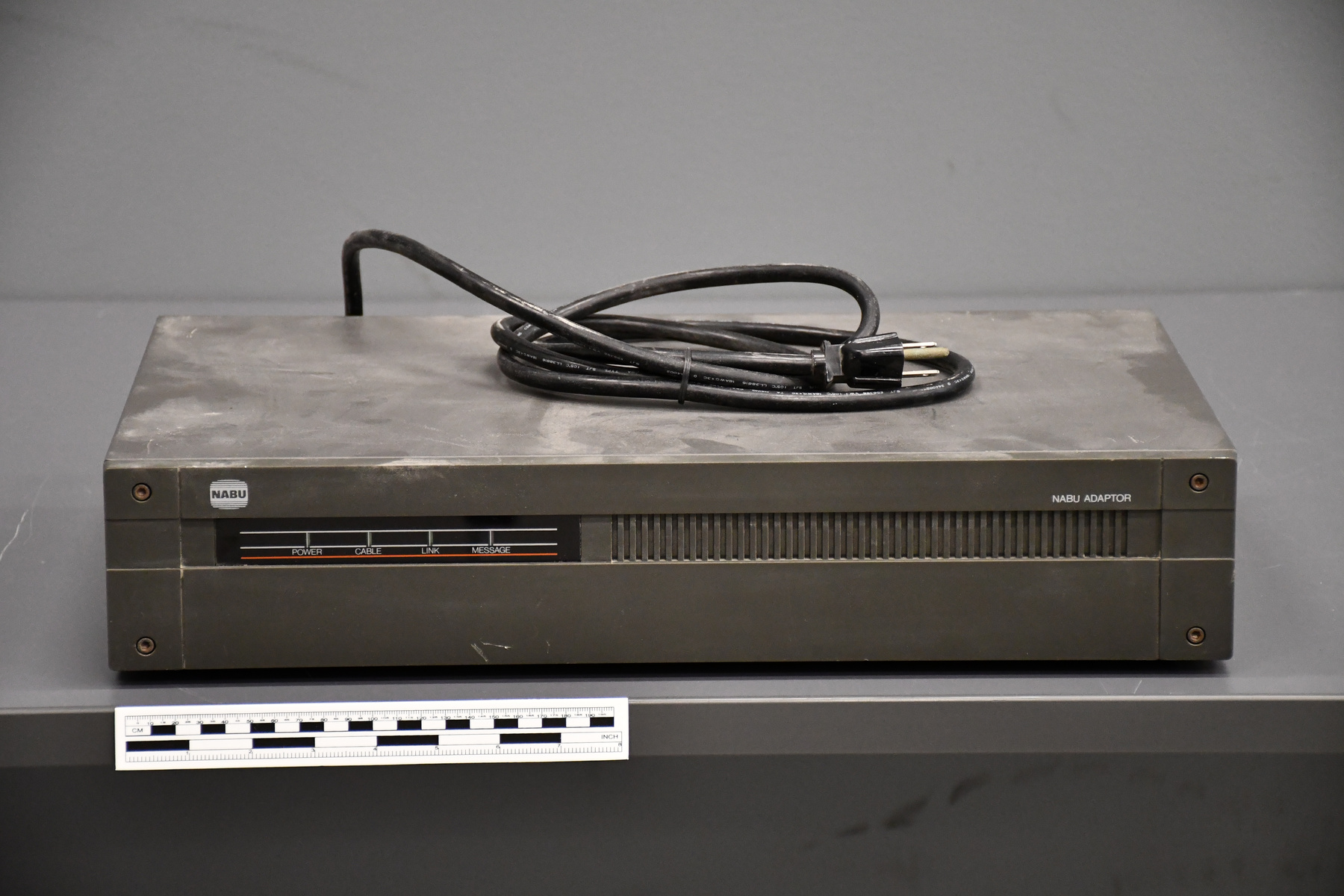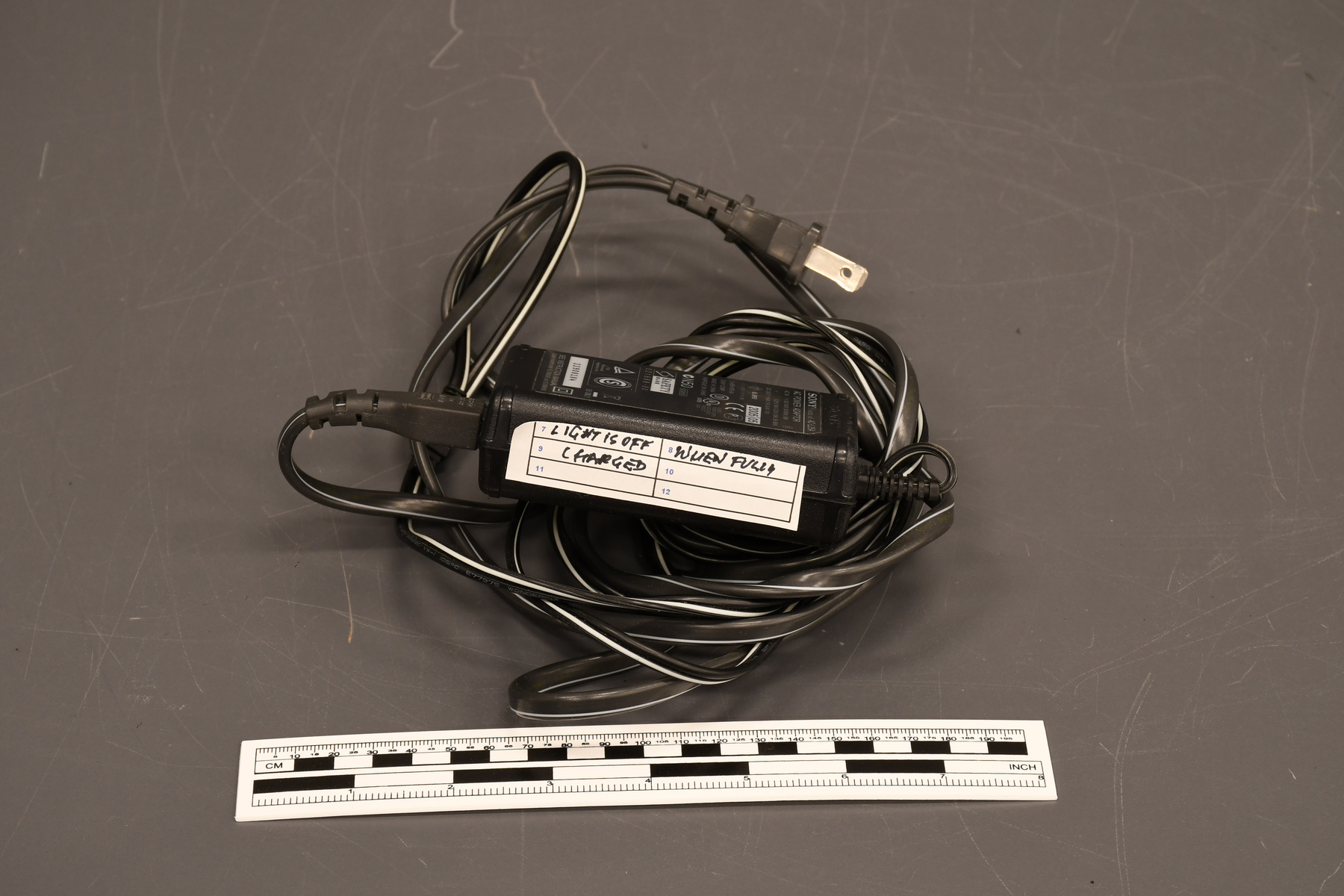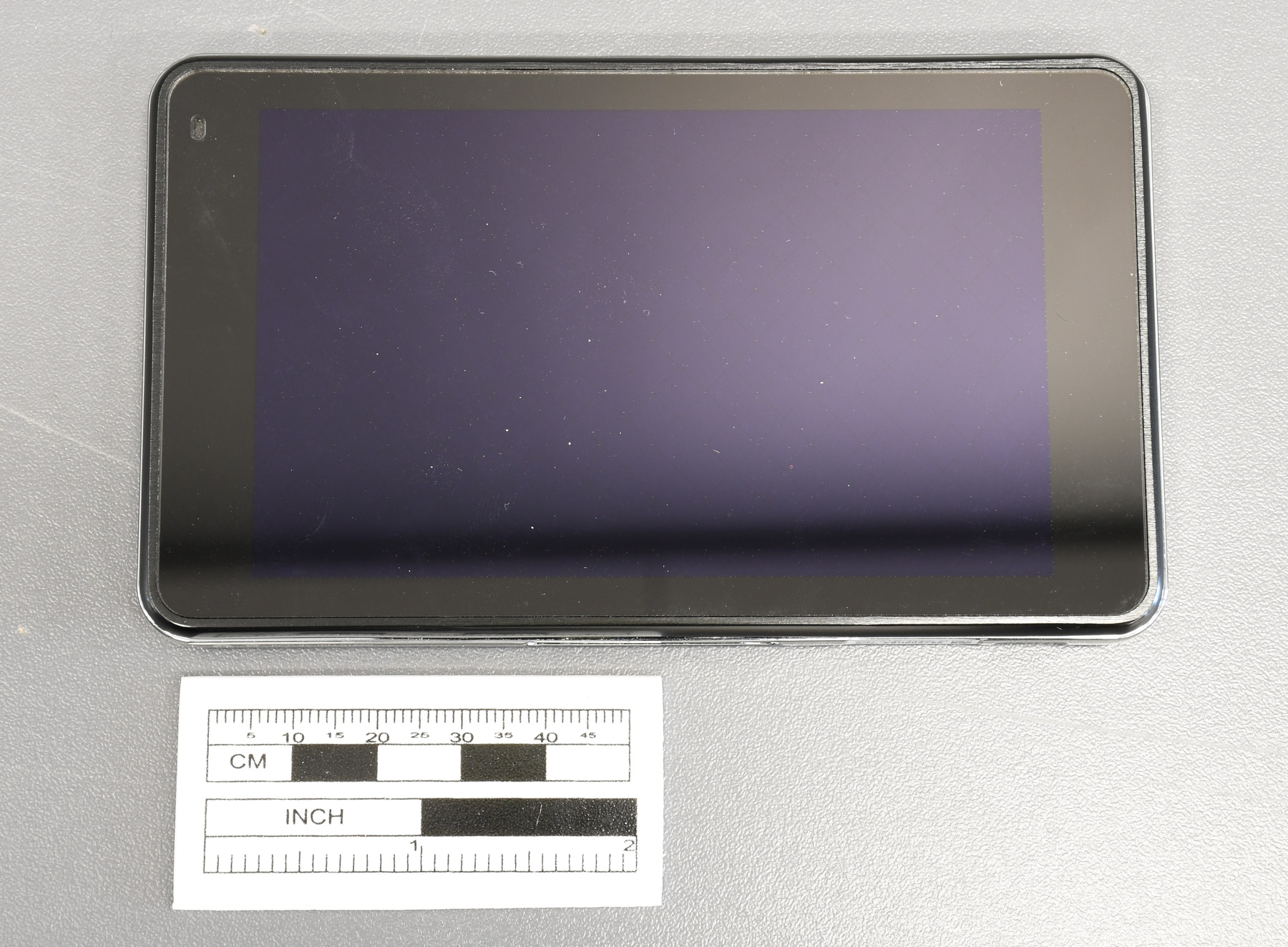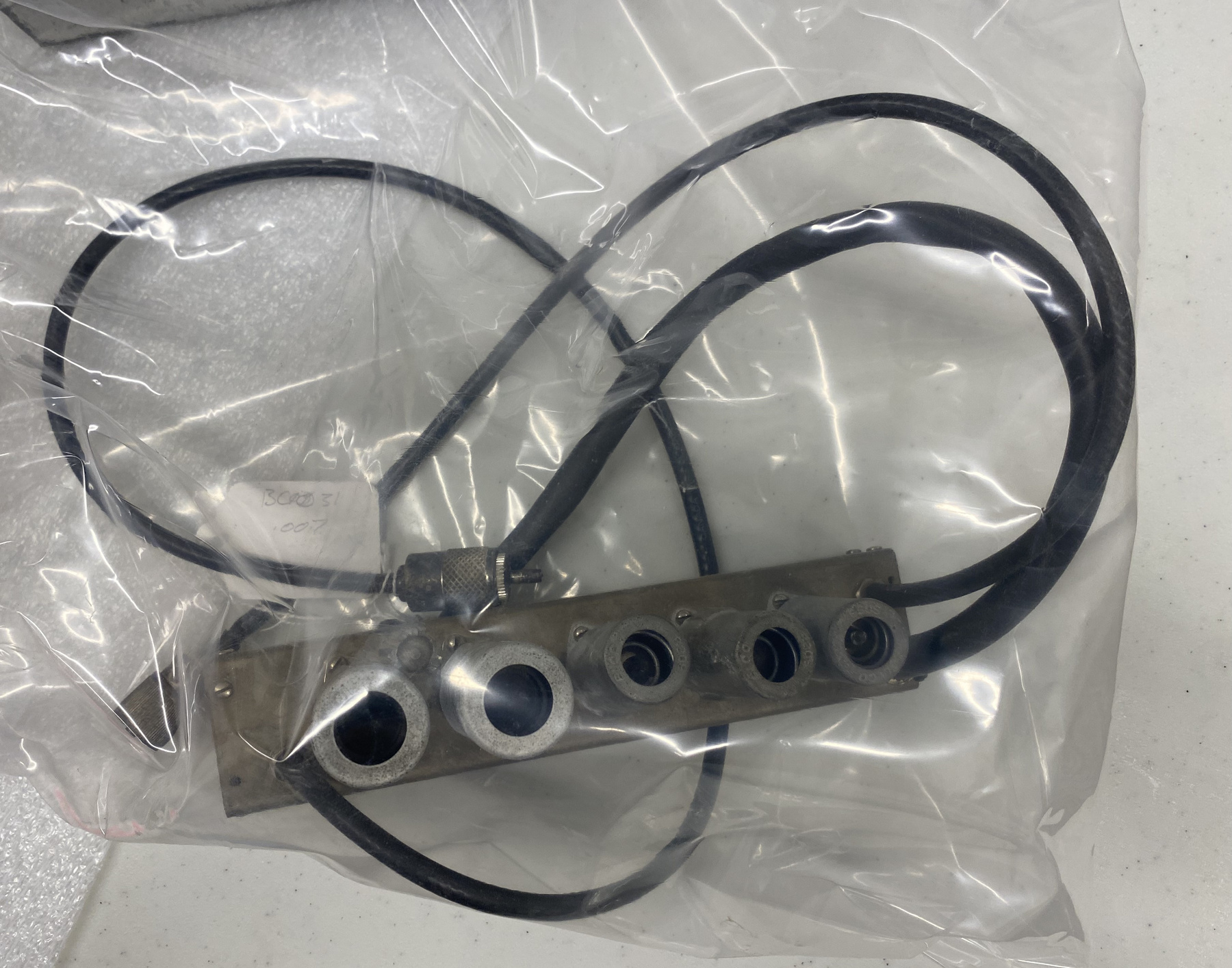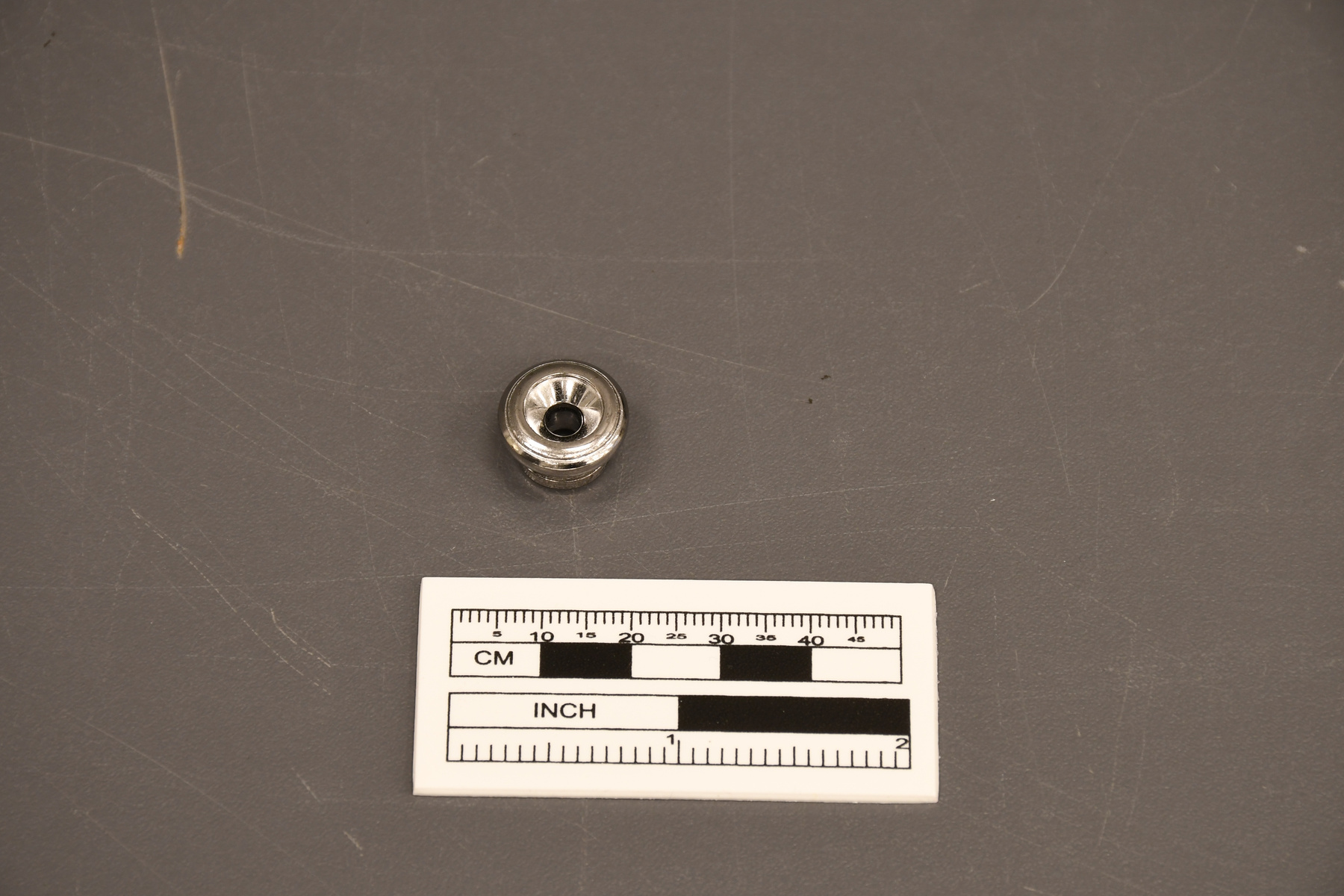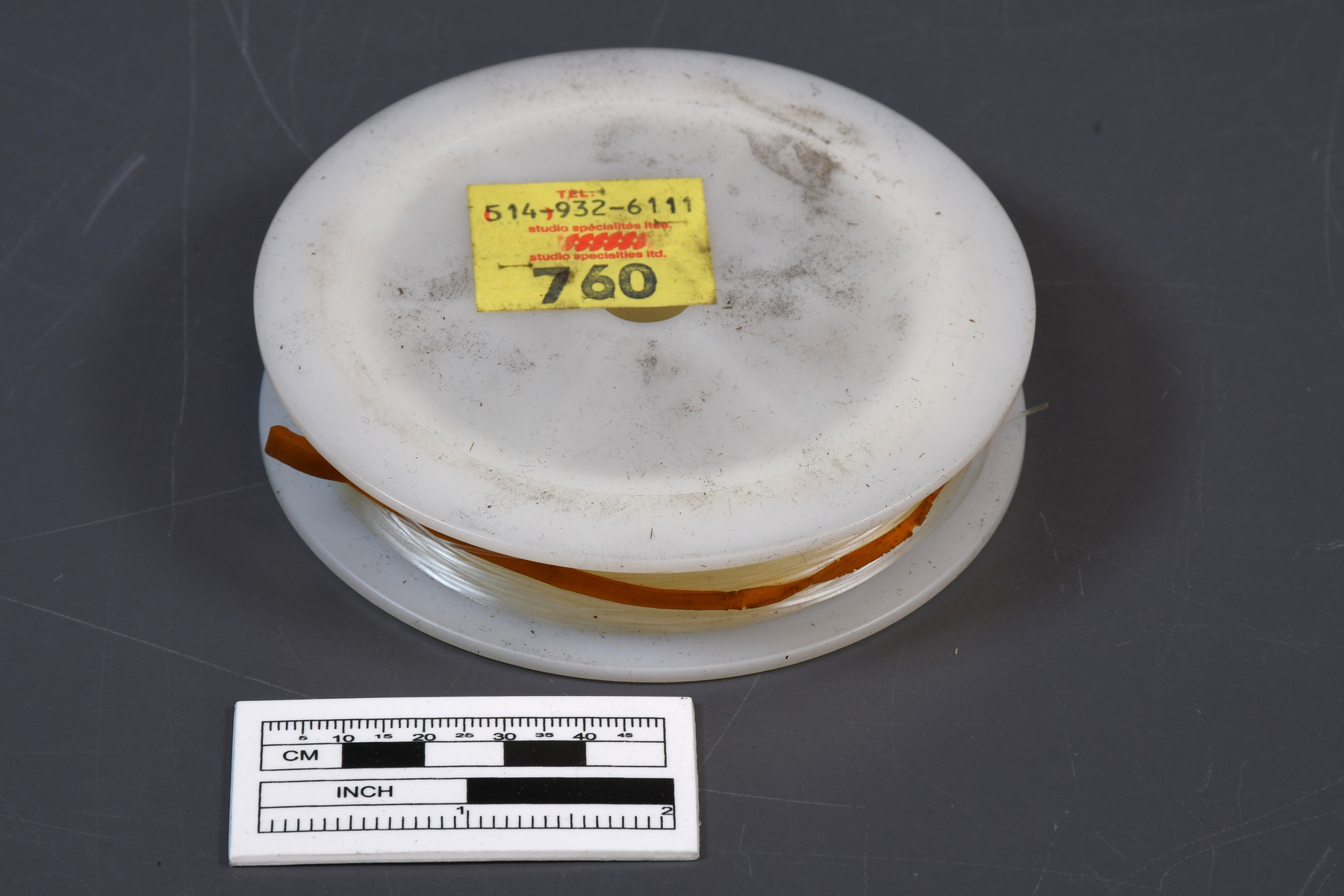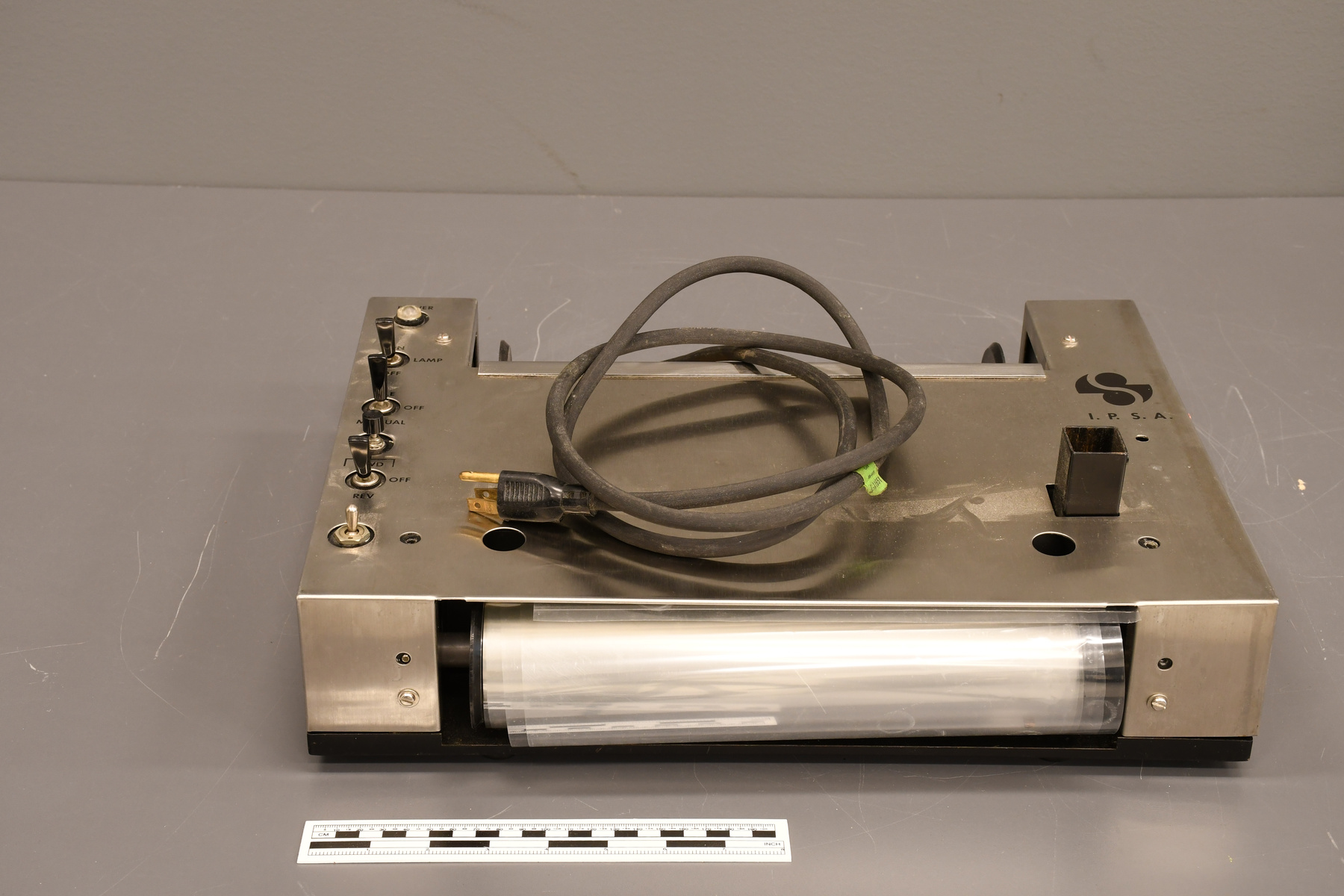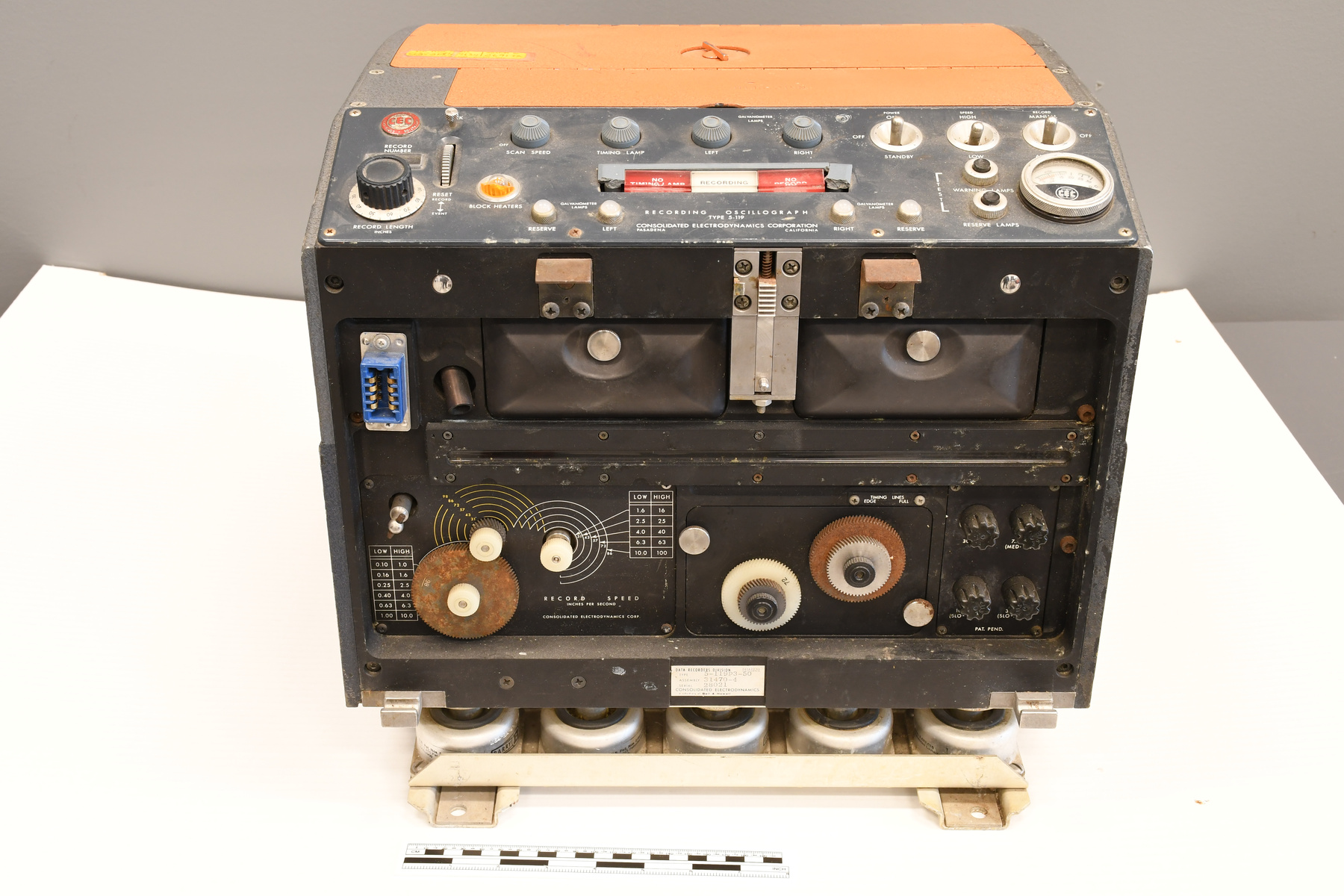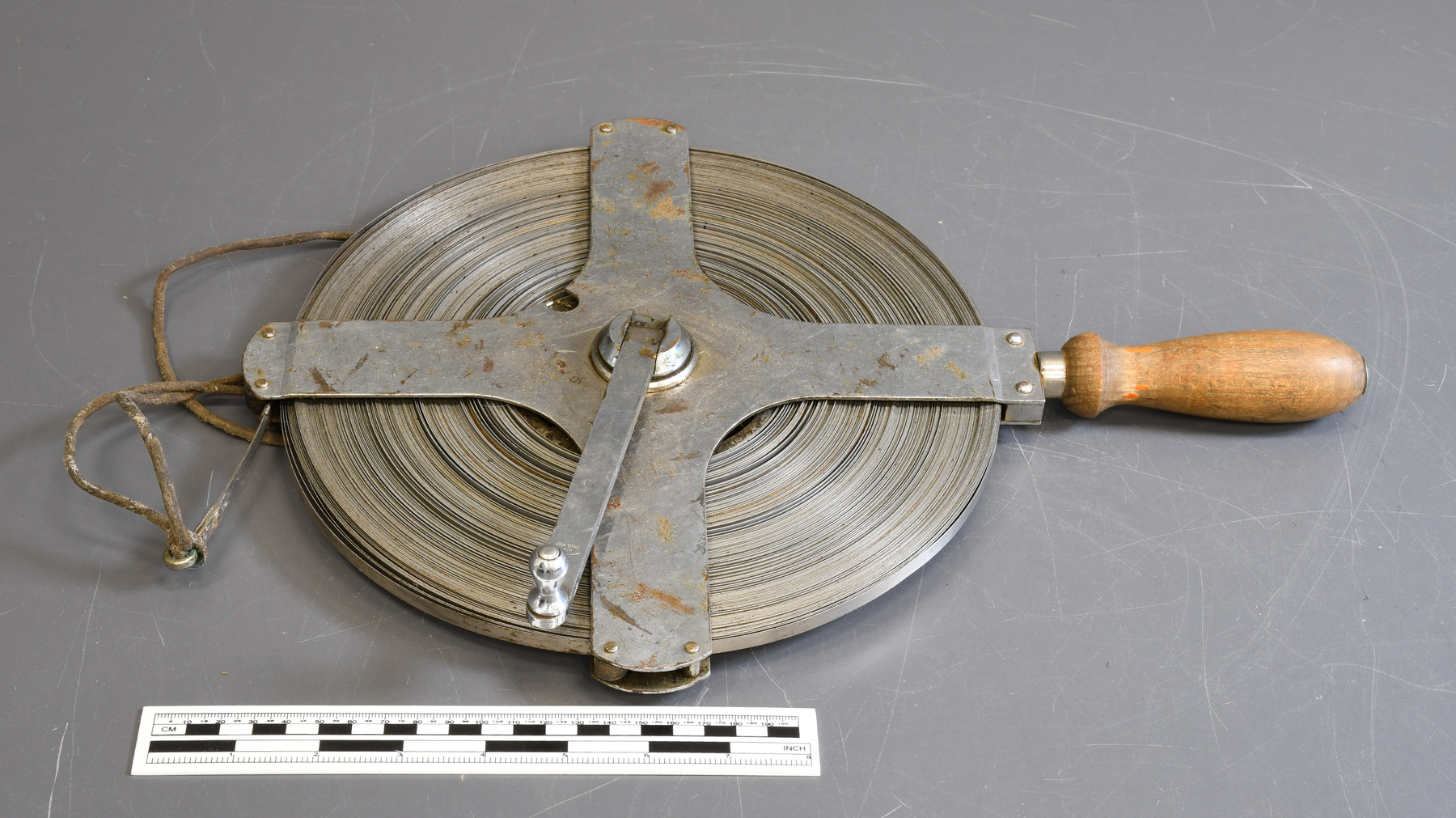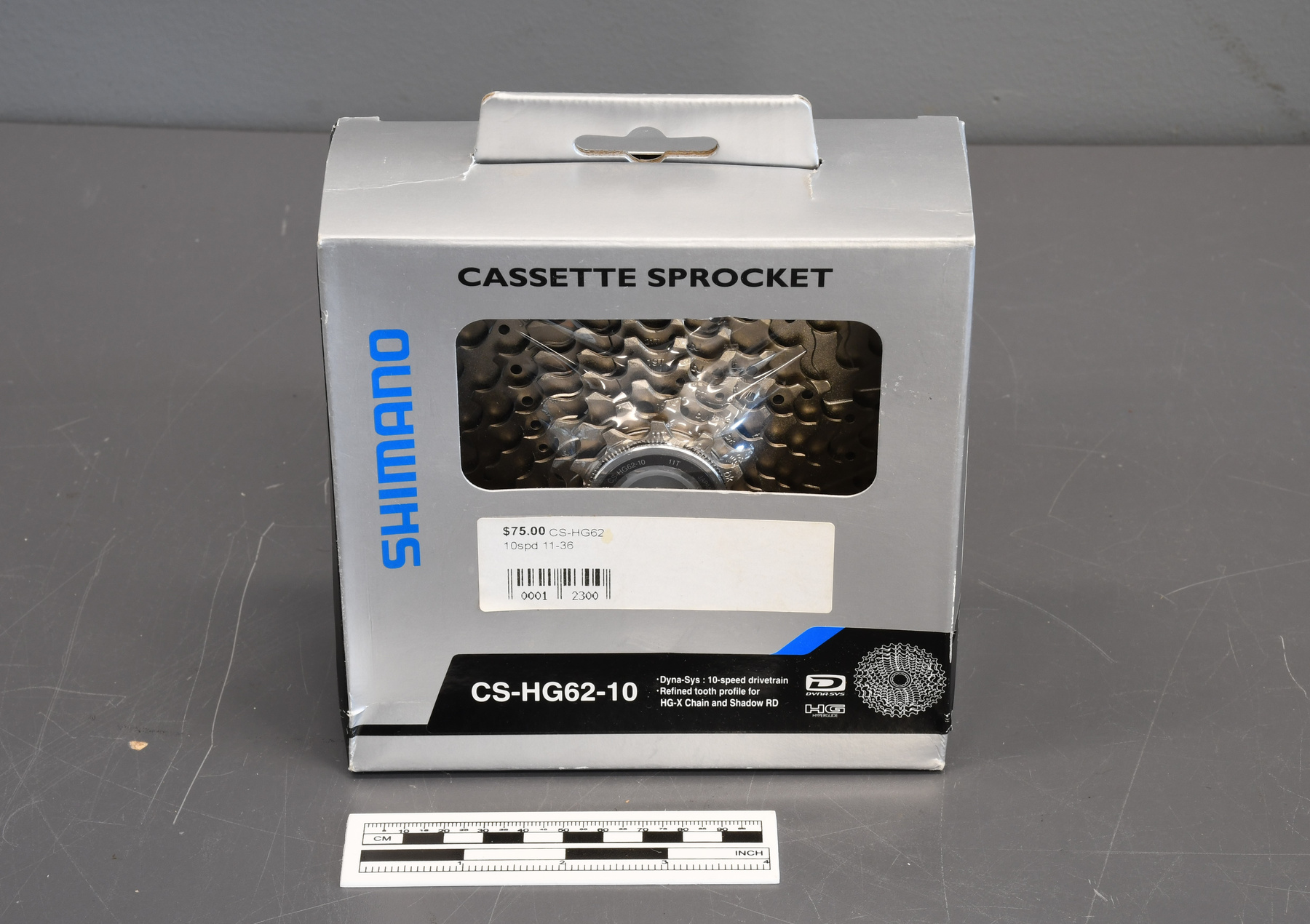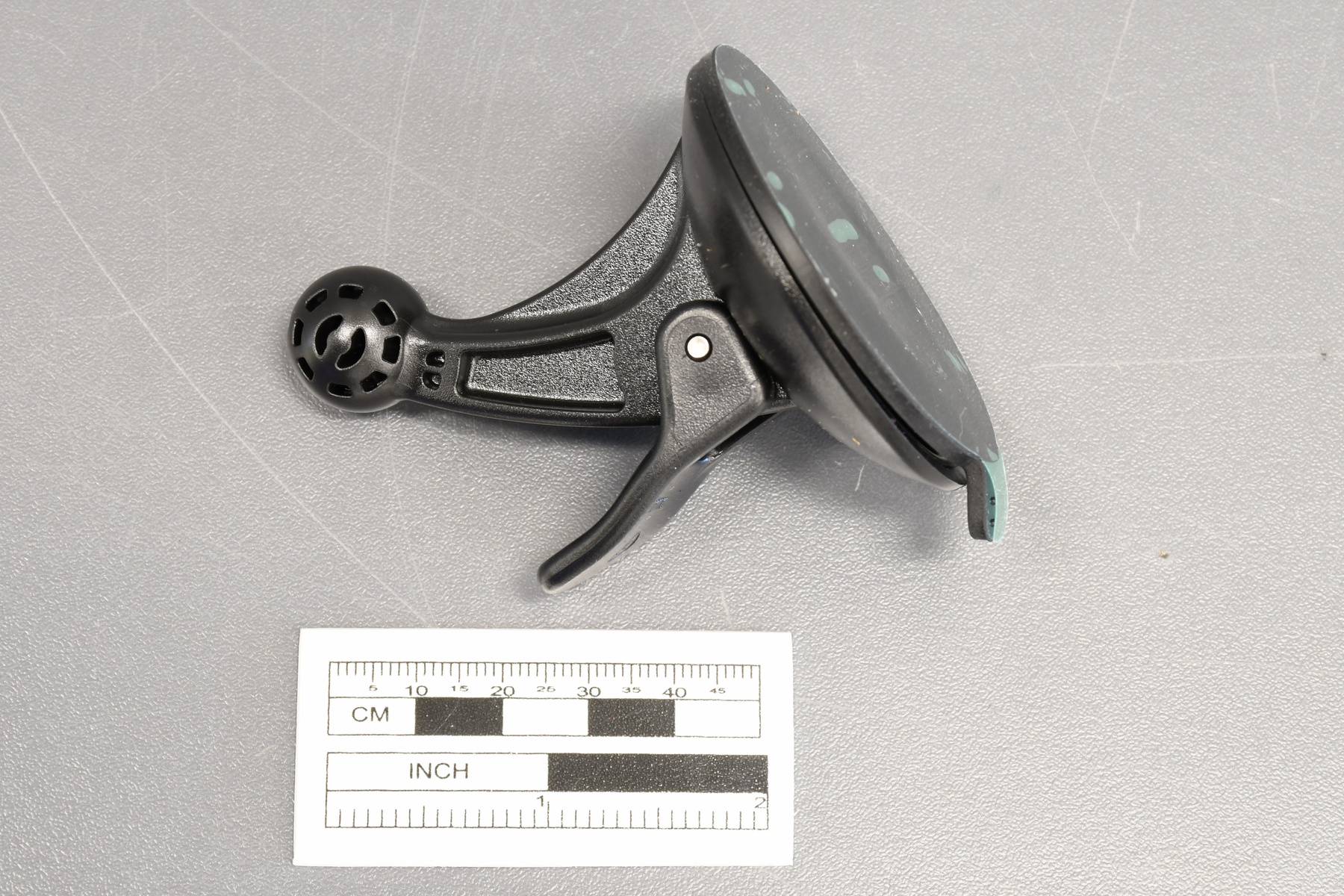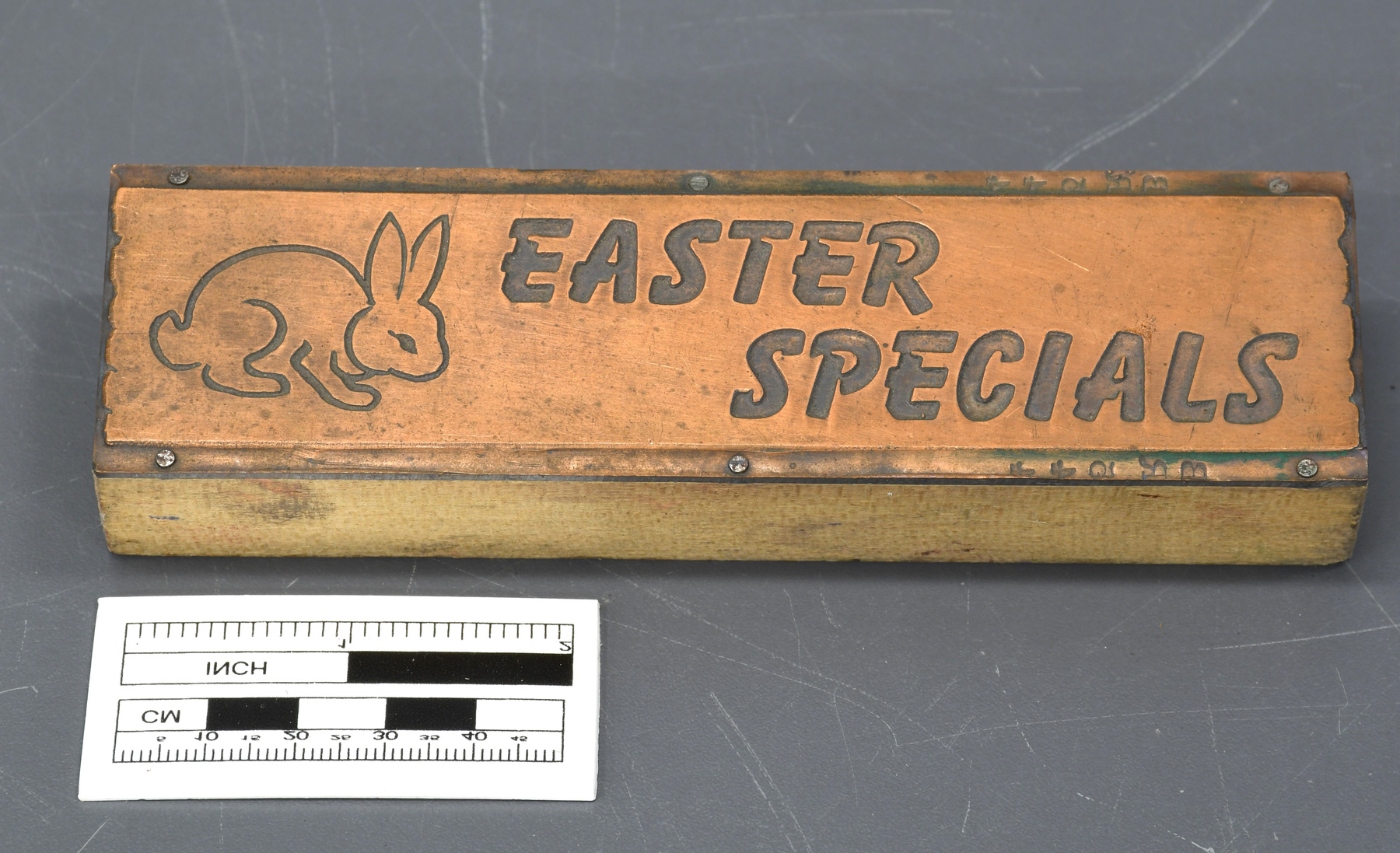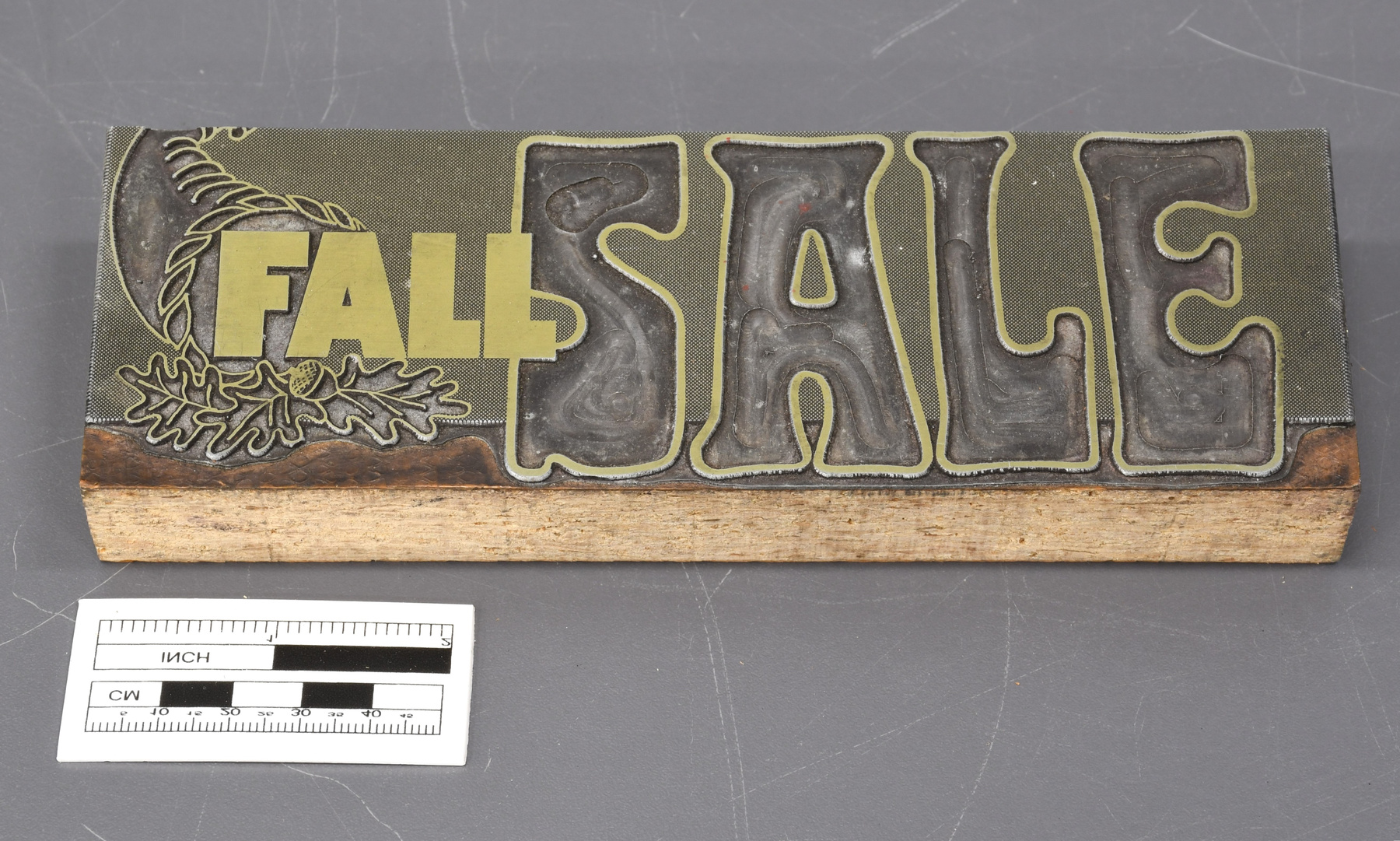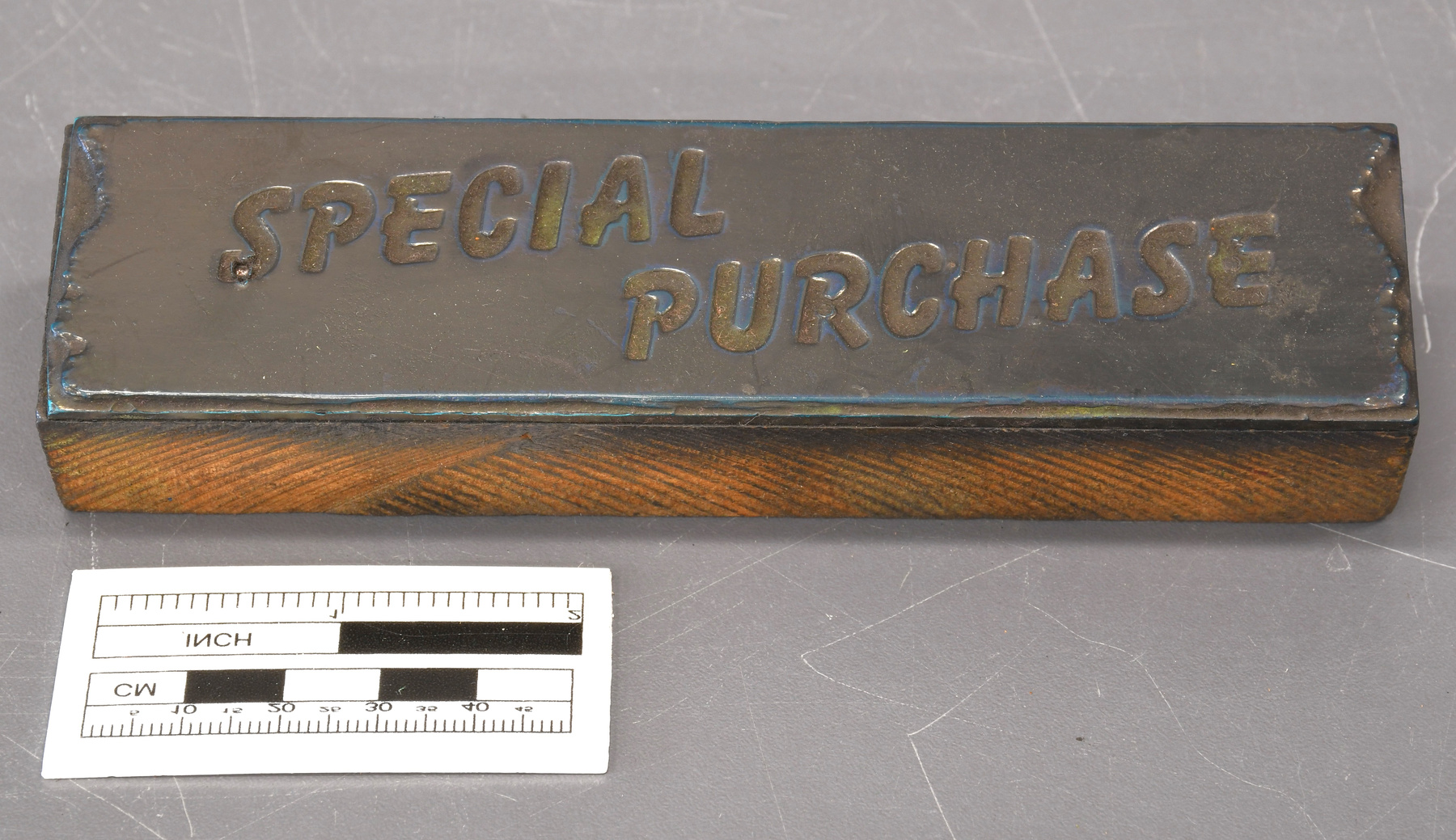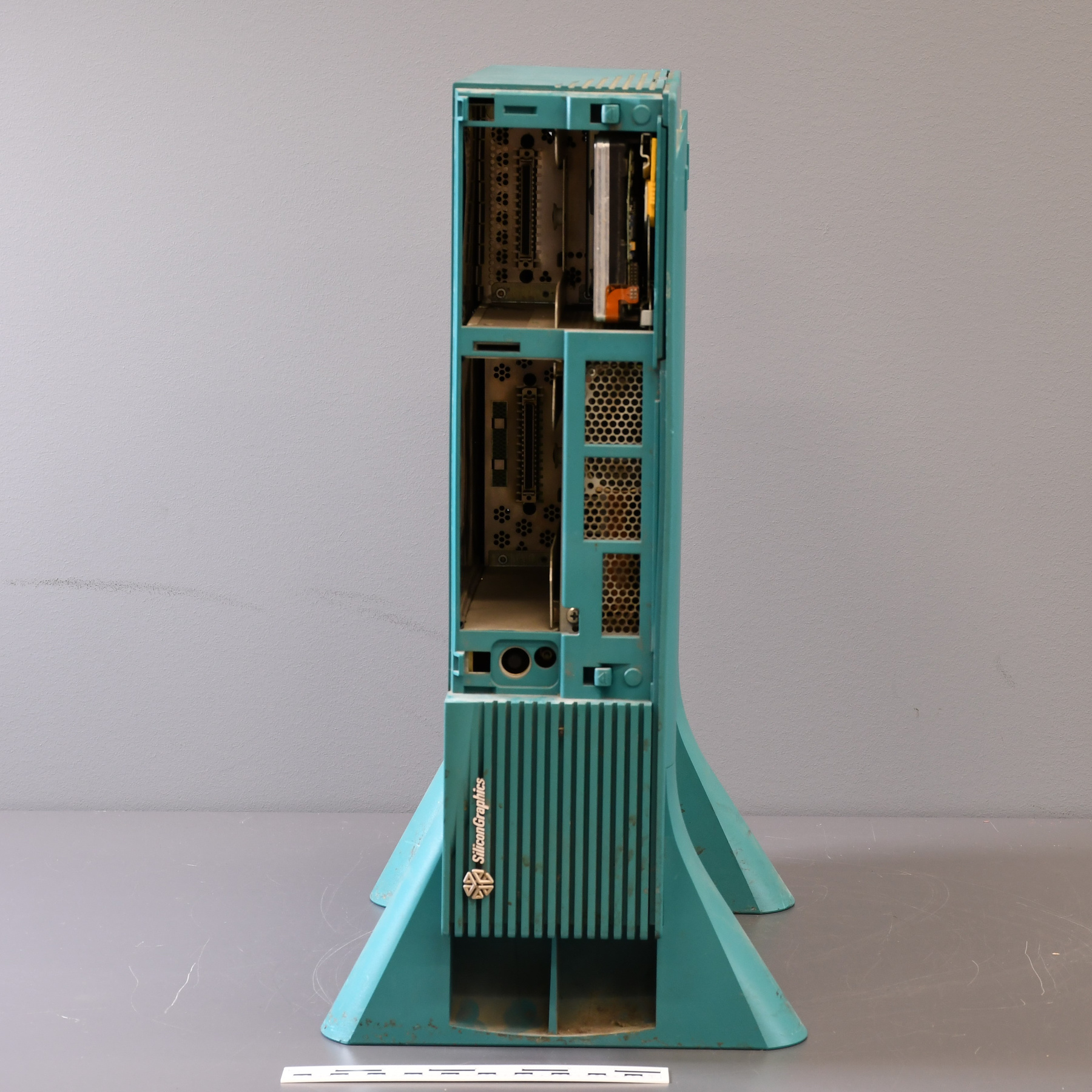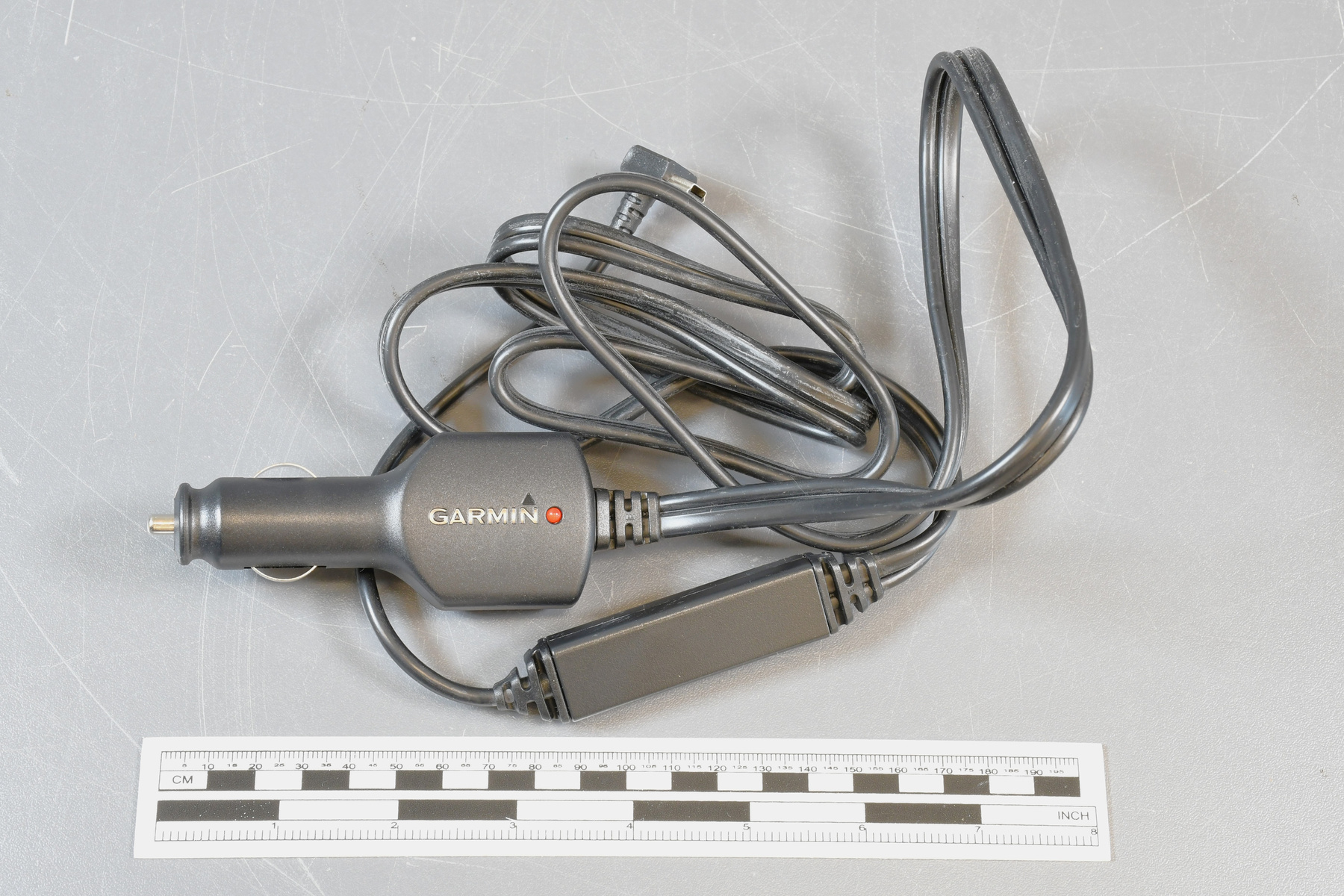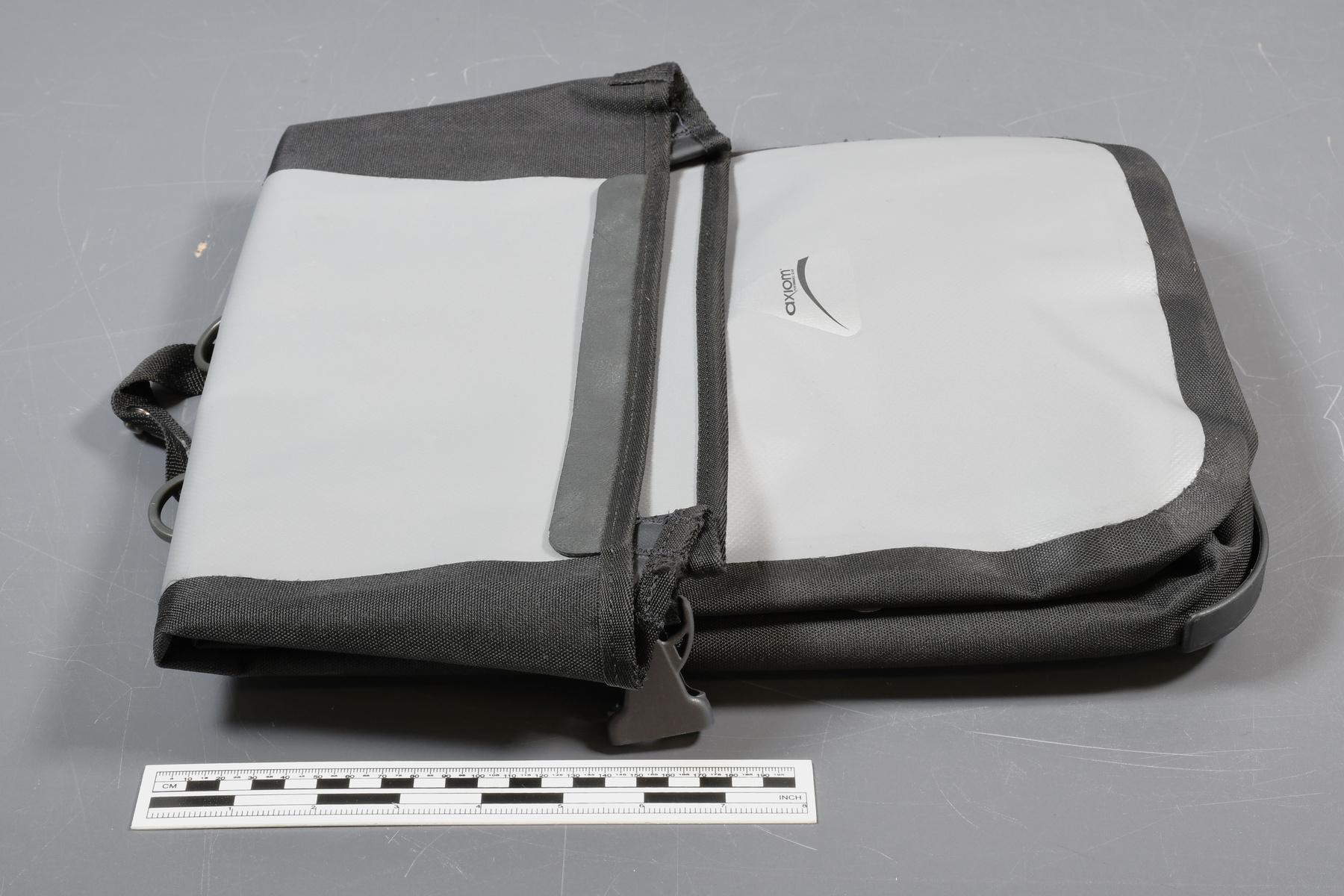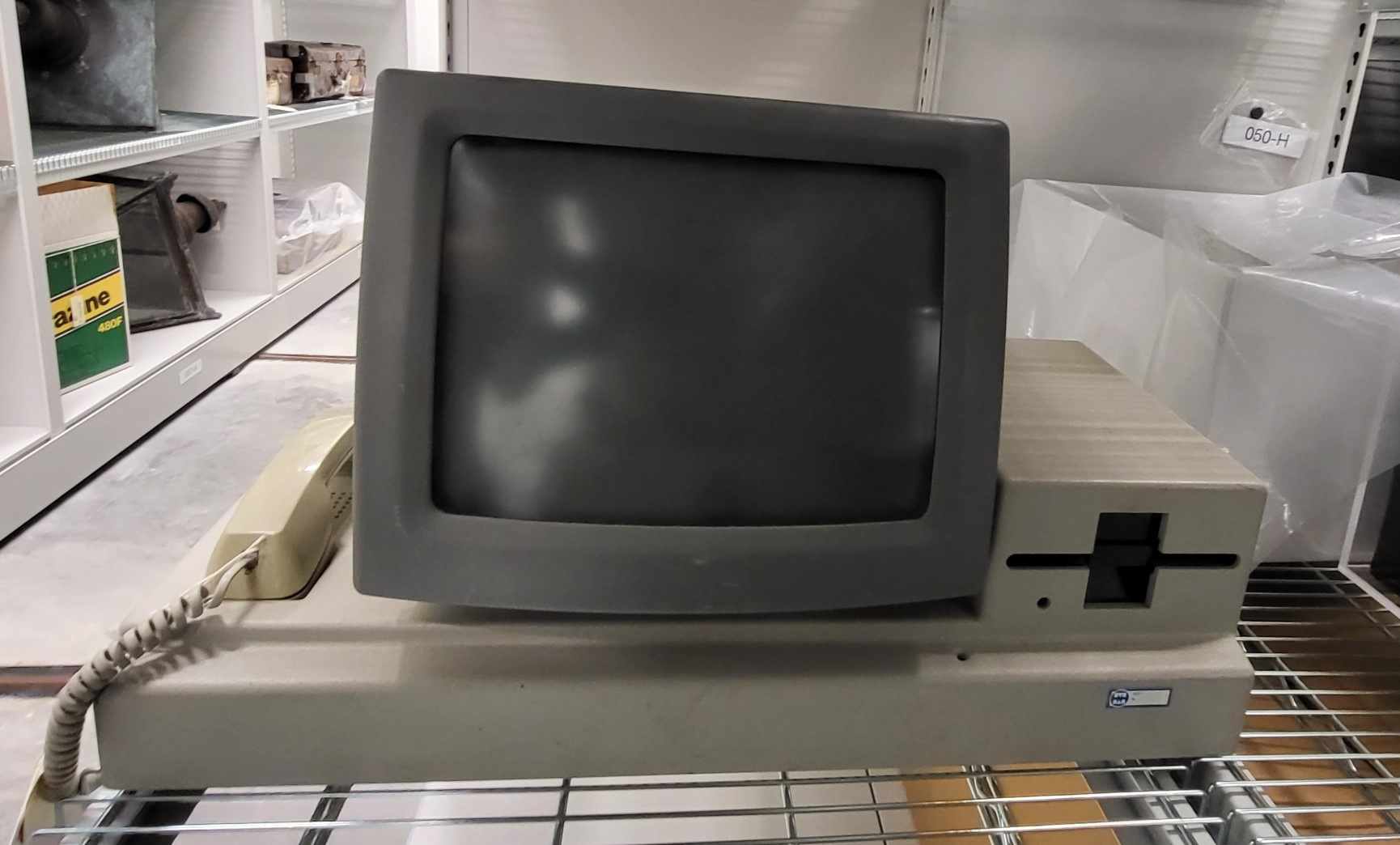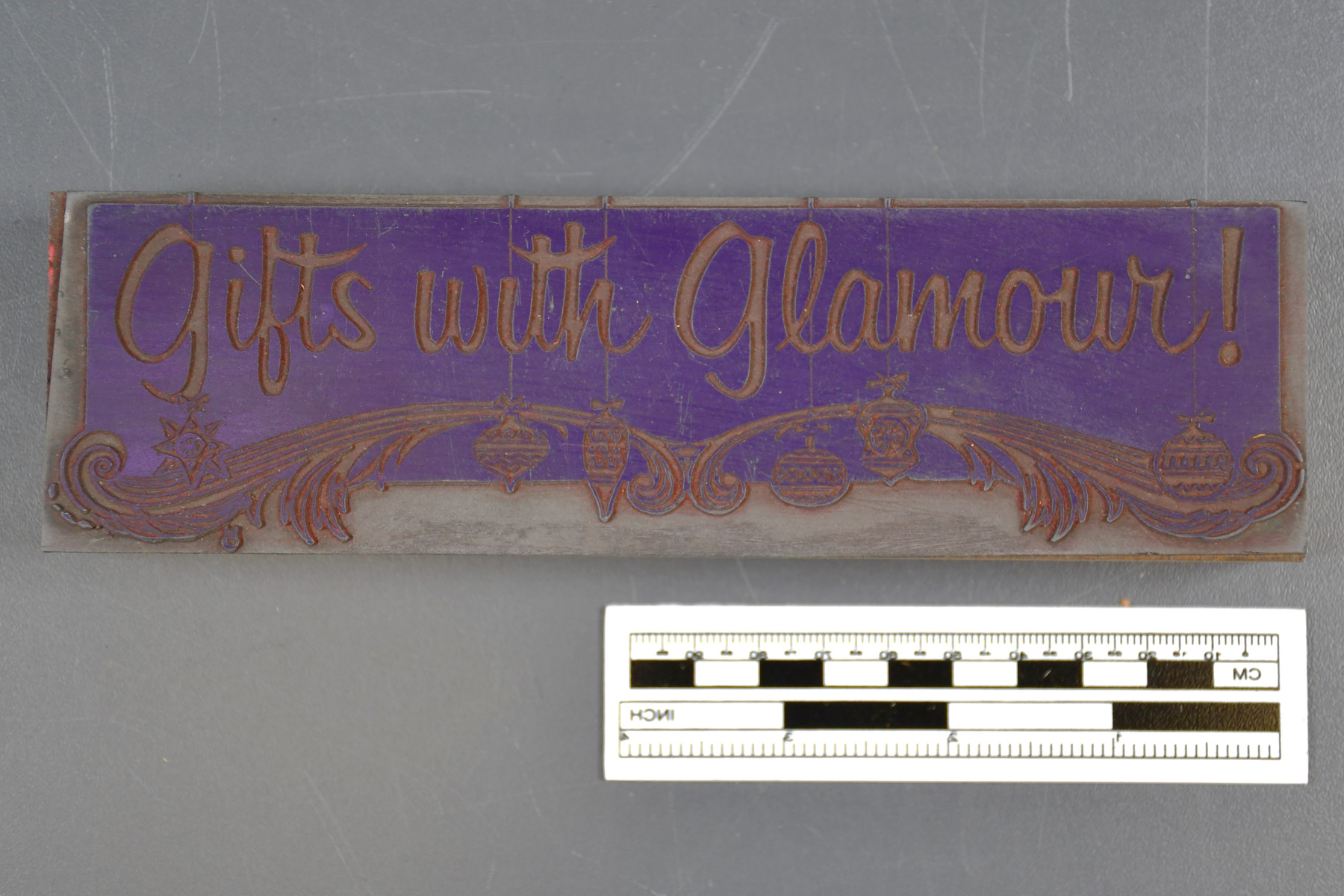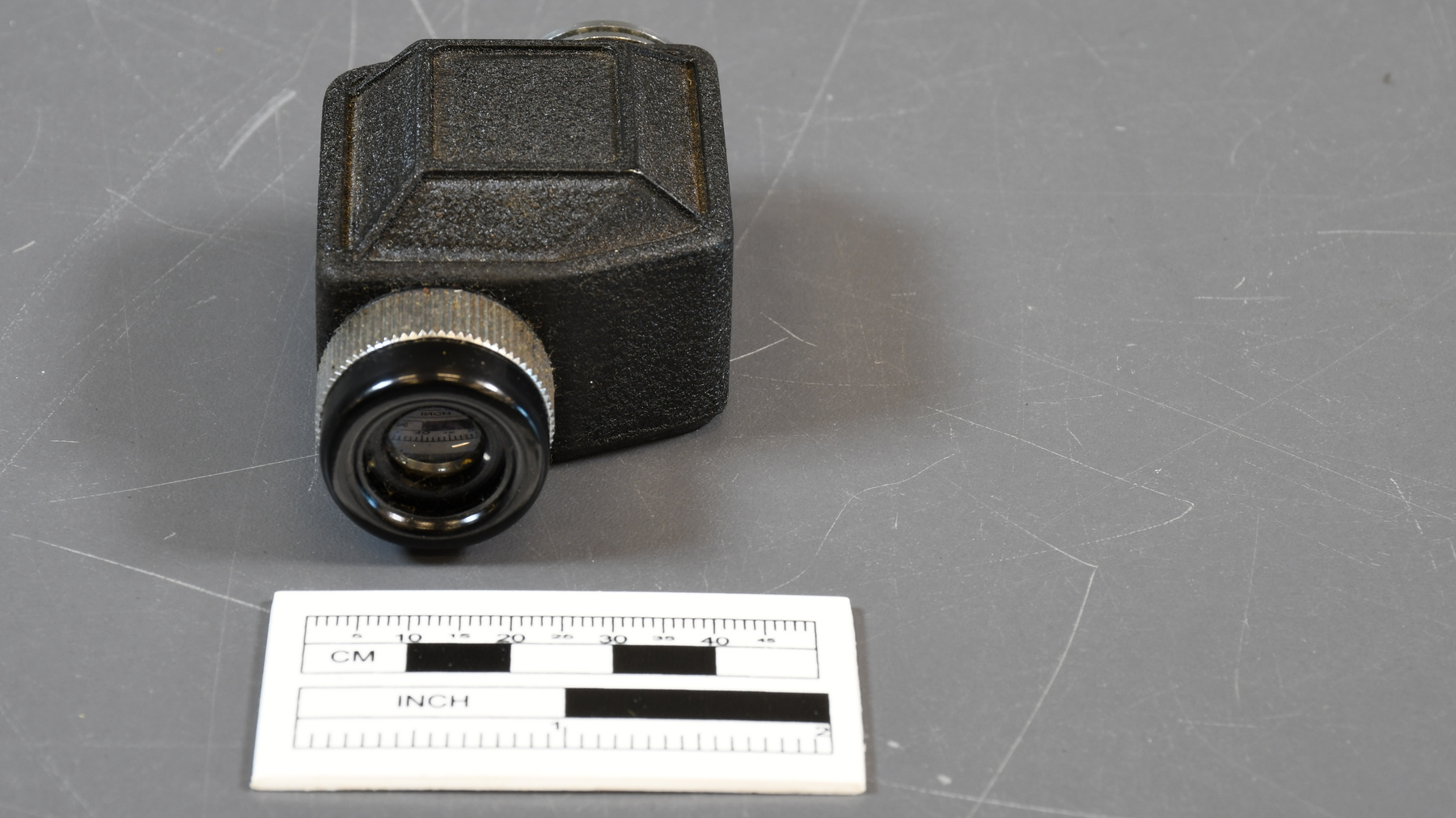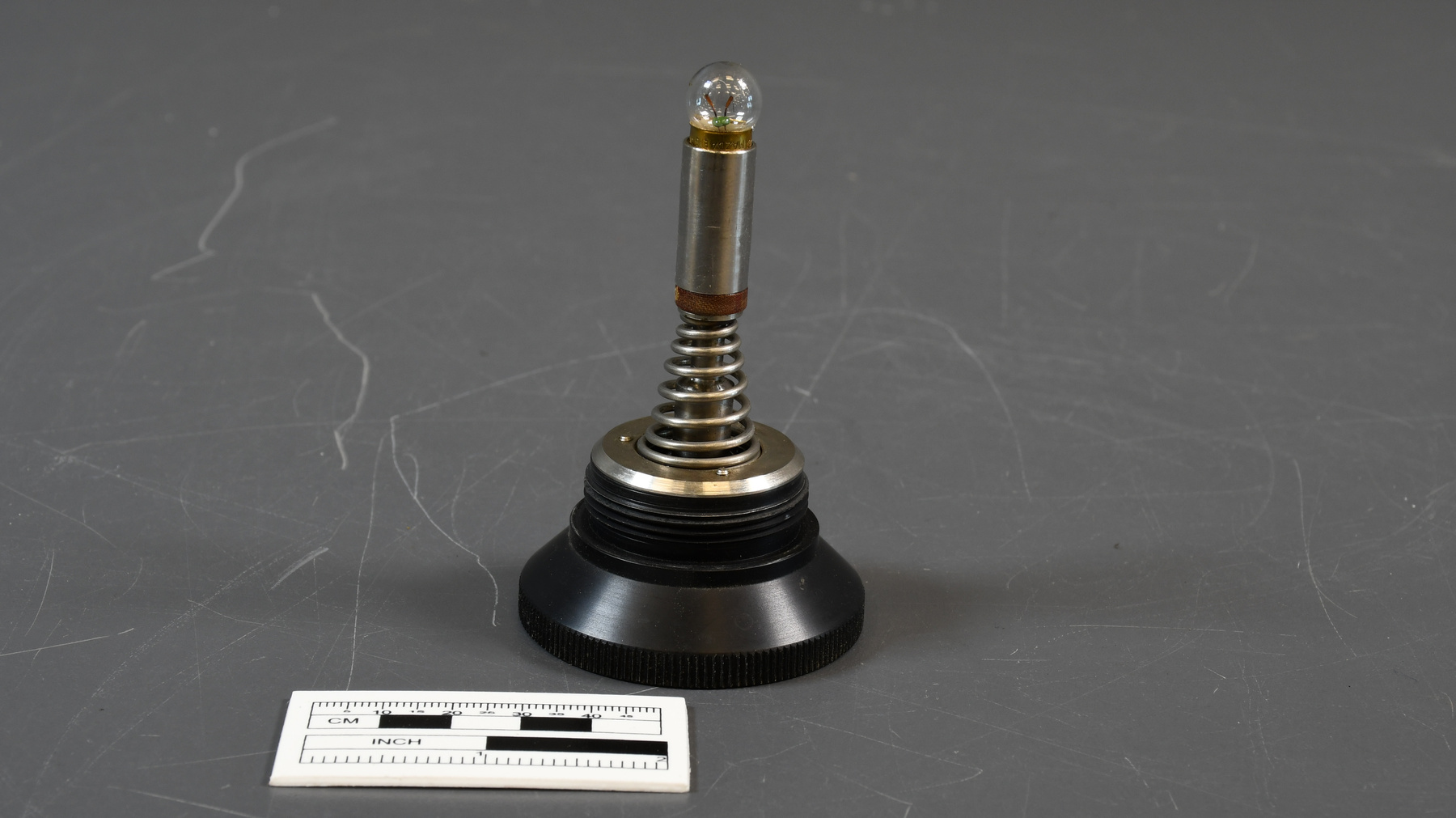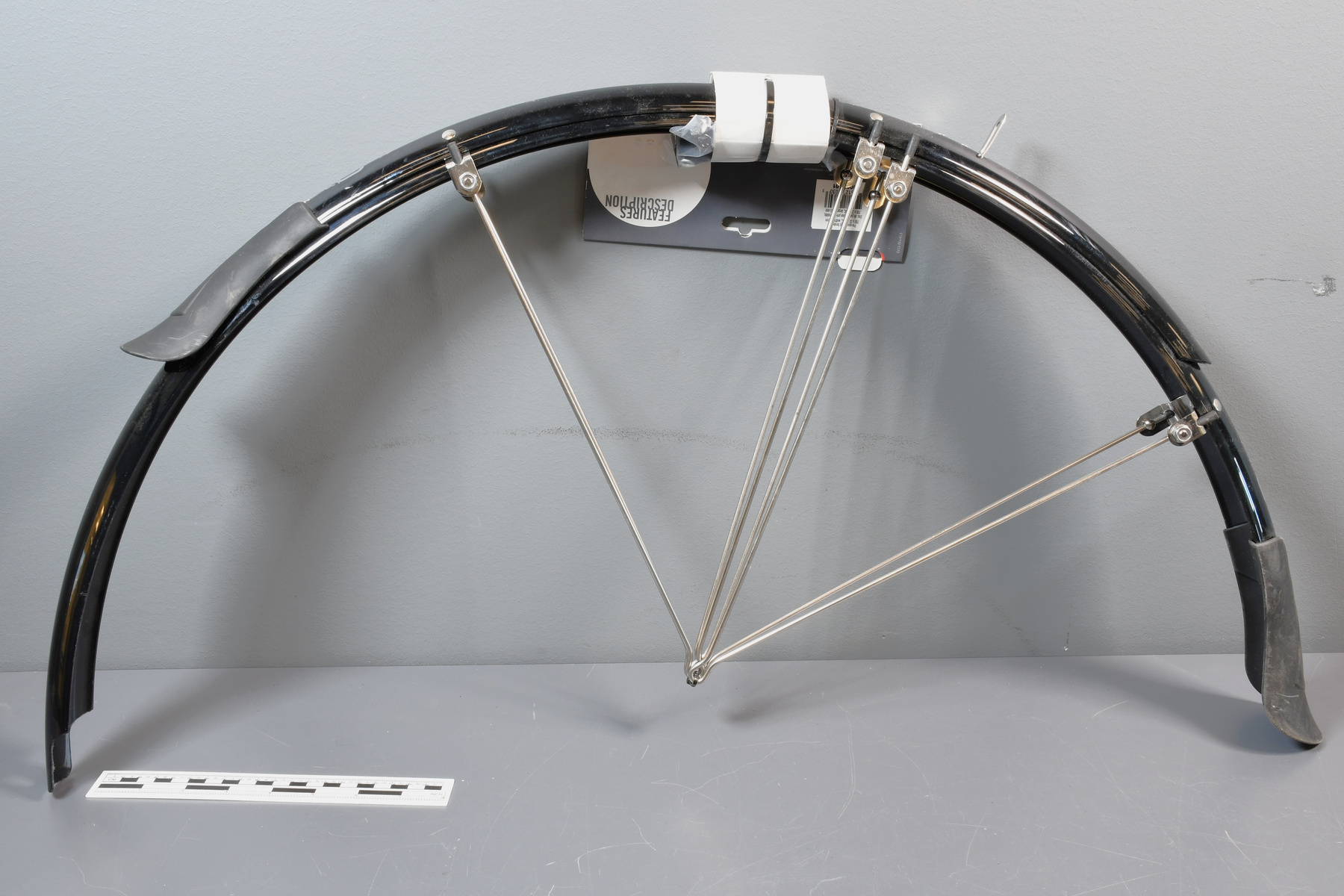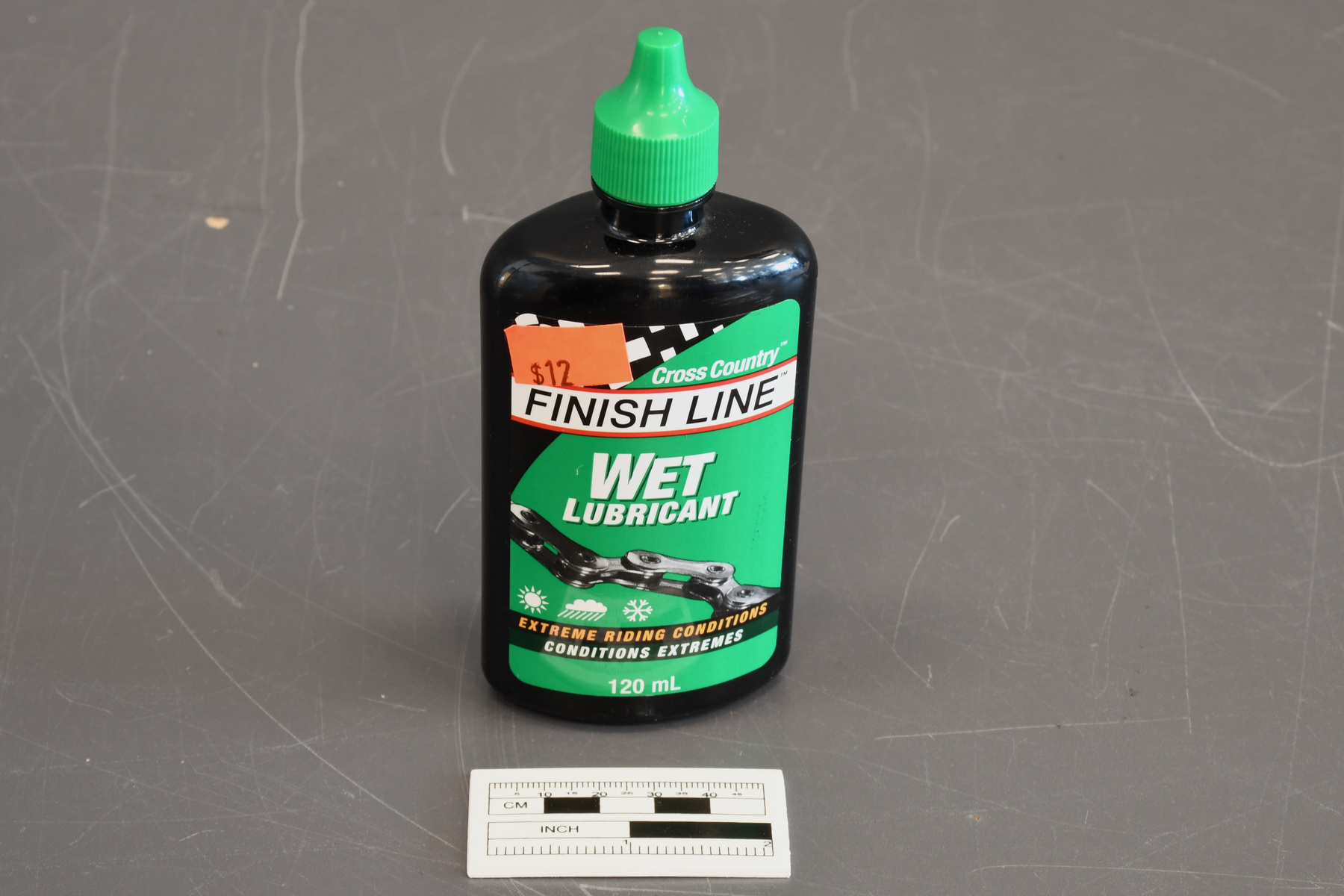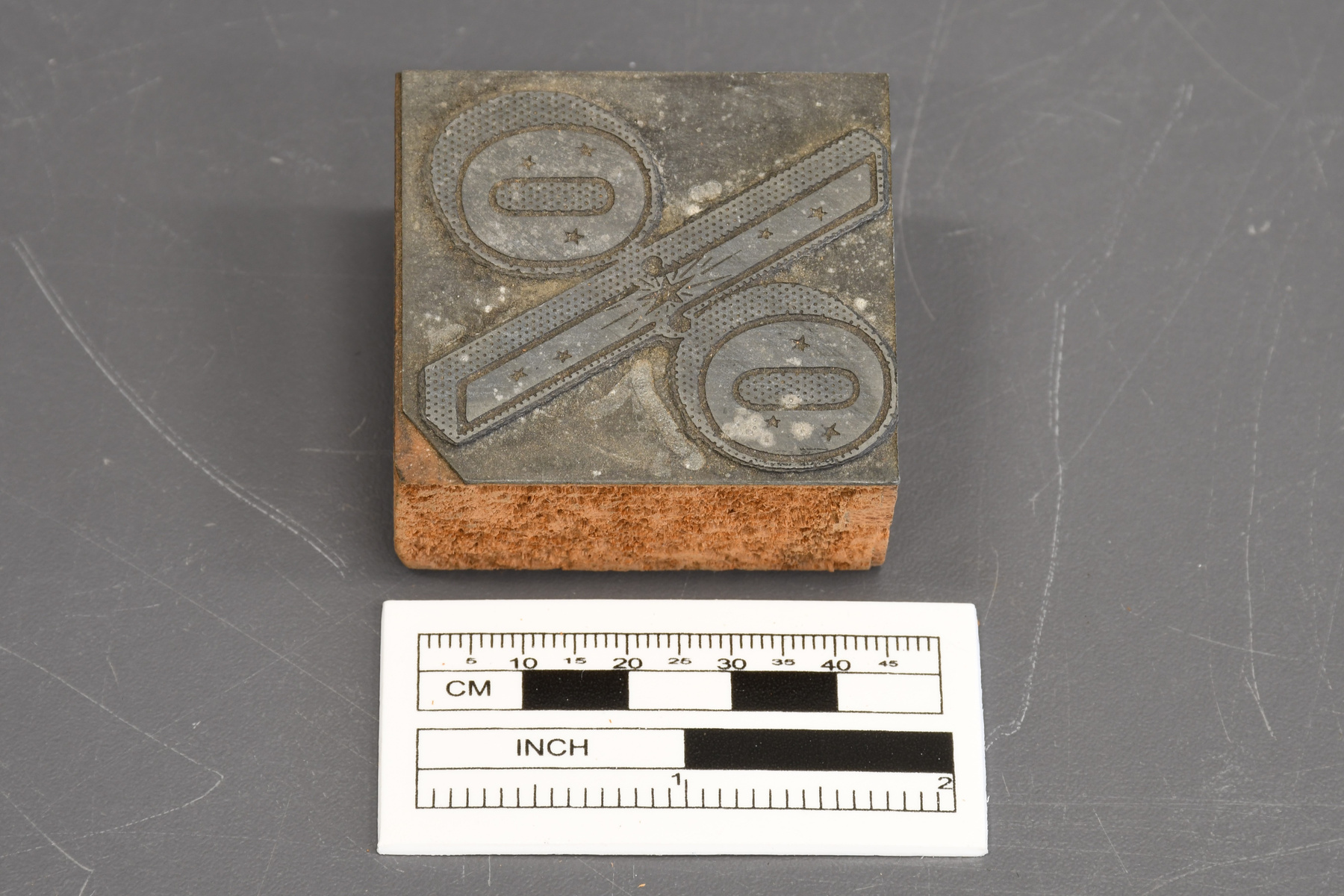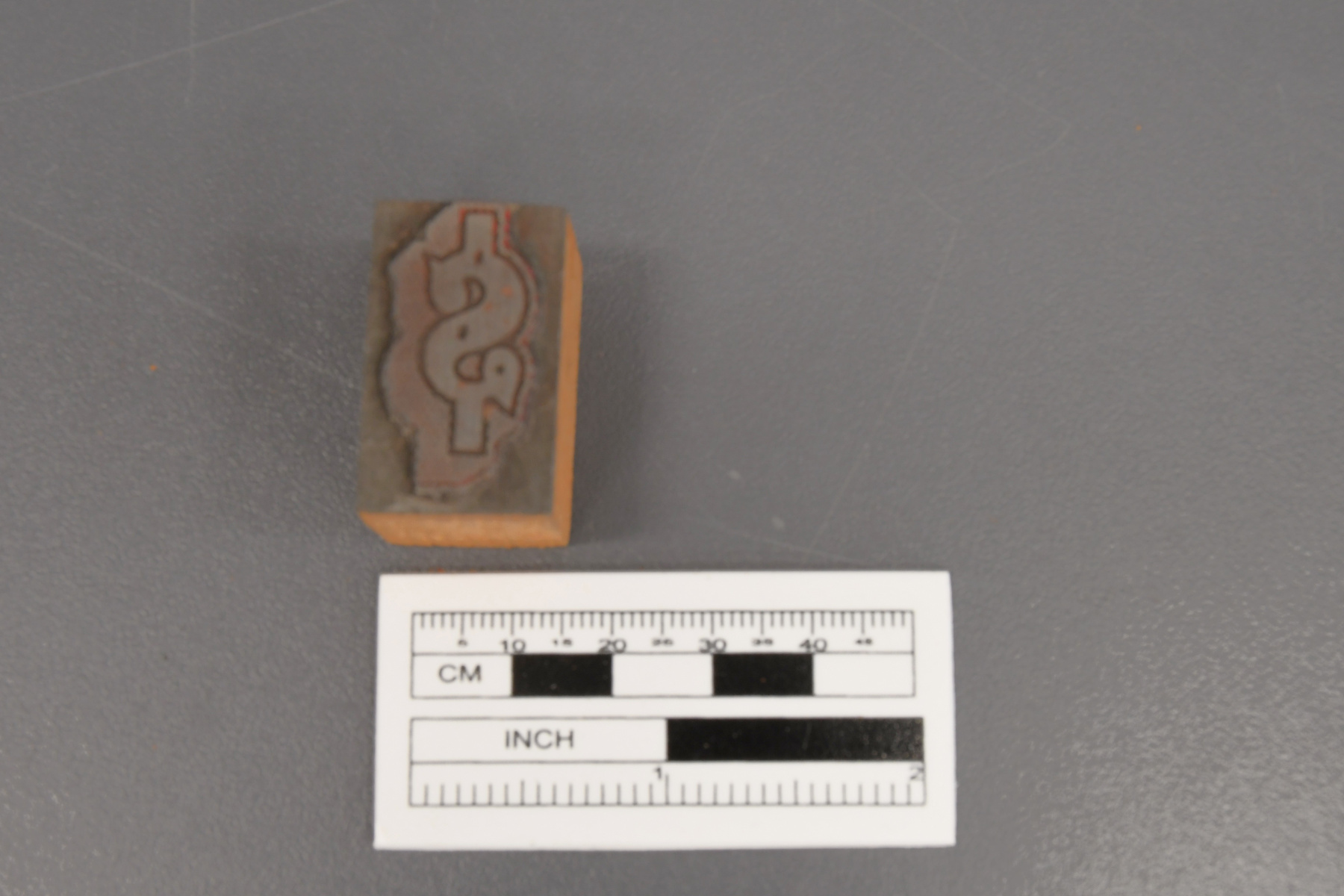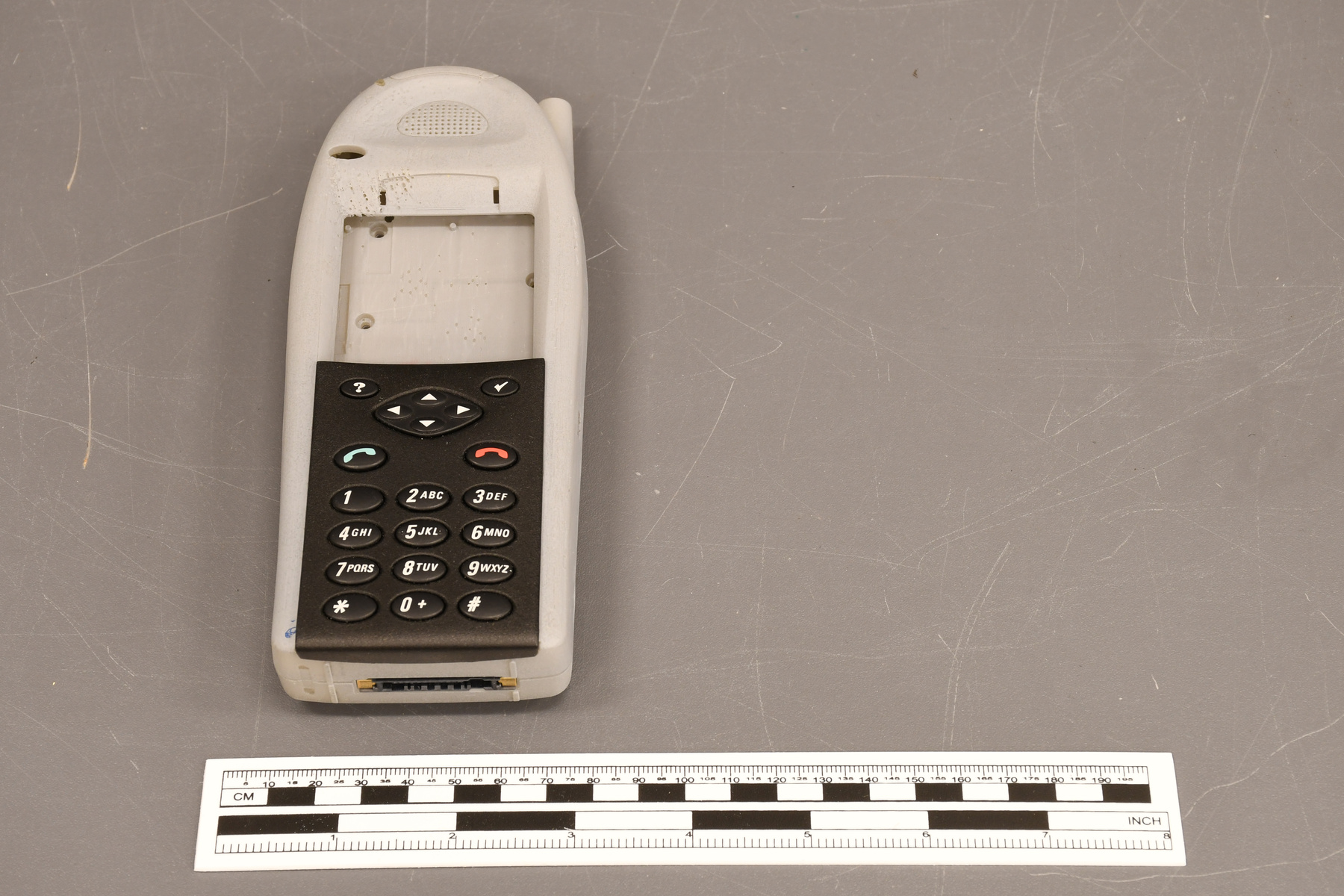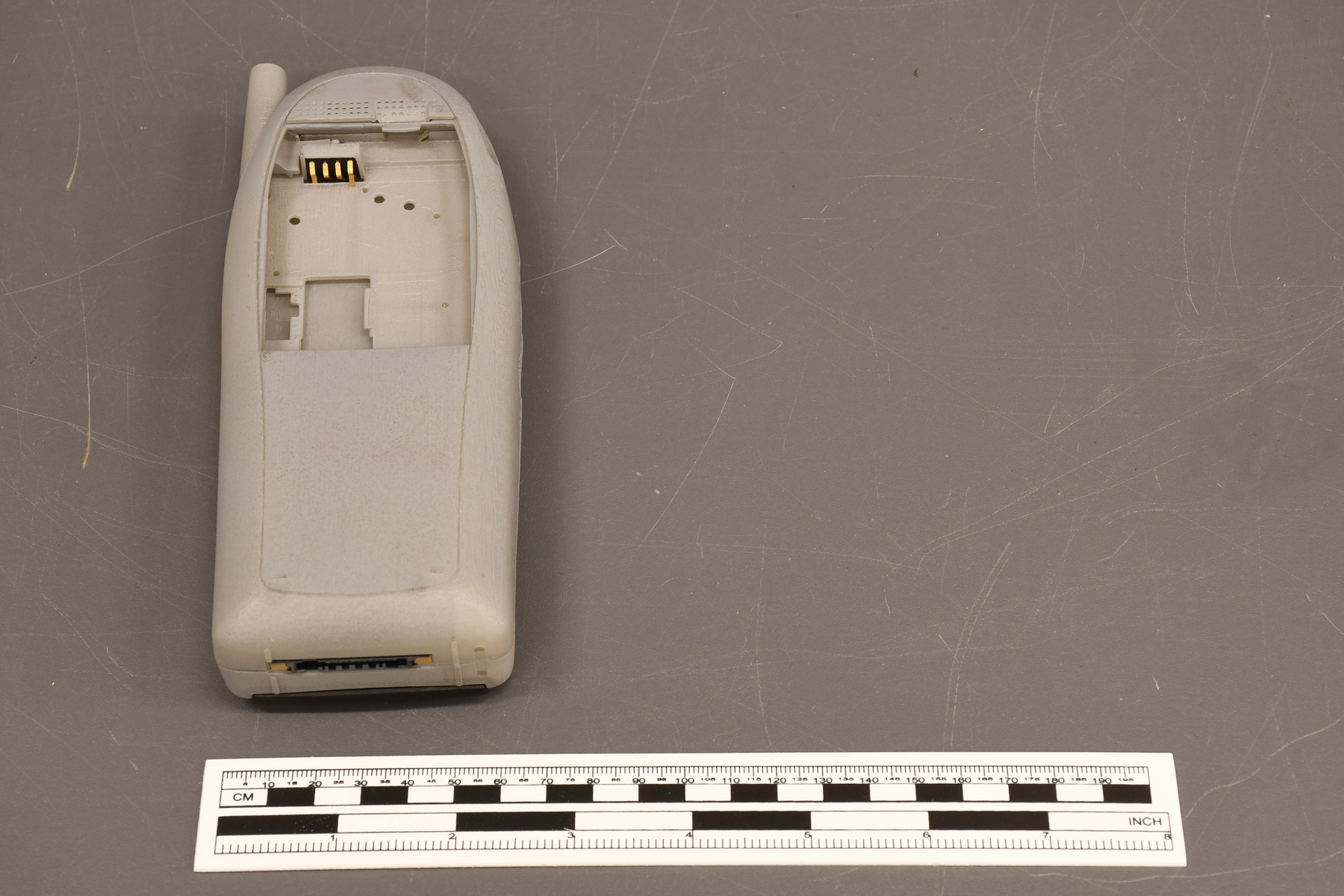Telephone model
Use this image
Can I reuse this image without permission? Yes
Object images on the Ingenium Collection’s portal have the following Creative Commons license:
Copyright Ingenium / CC BY-NC-ND (Attribution-NonCommercial 4.0 International (CC BY-NC 4.0)
ATTRIBUTE THIS IMAGE
Ingenium,
2017.0131.001
Permalink:
Ingenium is releasing this image under the Creative Commons licensing framework, and encourages downloading and reuse for non-commercial purposes. Please acknowledge Ingenium and cite the artifact number.
DOWNLOAD IMAGEPURCHASE THIS IMAGE
This image is free for non-commercial use.
For commercial use, please consult our Reproduction Fees and contact us to purchase the image.
- OBJECT TYPE
- 3D printed
- DATE
- 1997
- ARTIFACT NUMBER
- 2017.0131.001
- MANUFACTURER
- Unknown
- MODEL
- Europa/Nortel One
- LOCATION
- Unknown
More Information
General Information
- Serial #
- N/A
- Part Number
- 1
- Total Parts
- 3
- AKA
- N/A
- Patents
- N/A
- General Description
- Artifact is made of synthetic and metal elements/Un objet fait avec des éléments synthétiques et en métal.
Dimensions
Note: These reflect the general size for storage and are not necessarily representative of the object's true dimensions.
- Length
- 17.0 cm
- Width
- 6.0 cm
- Height
- 3.5 cm
- Thickness
- N/A
- Weight
- N/A
- Diameter
- N/A
- Volume
- N/A
Lexicon
- Group
- Communications
- Category
- Telephony
- Sub-Category
- N/A
Manufacturer
- AKA
- Unknown
- Country
- Unknown
- State/Province
- Unknown
- City
- Unknown
Context
- Country
- Canada
- State/Province
- Ontario
- Period
- Used before the summer of 1998 when the project was subsequently cancelled.
- Canada
-
This telephone was made as one of the development stages of telecommunications giant Nortel’s Nortel One cellular telephone. This telephone grew out of the Orbitor project and was referred to internally as Europa. The Europa project was cancelled in the summer of 1998, after the phone had been launched and was ready to go to production. This cancellation was part of Nortel’s decision to focus on providing telecommunications networks. Ce téléphone a été construit par Nortel pendant la phase de développement durant le projet Nortel One téléphone cellulaire. Le téléphone a été inspiré par le projet Orbitor et a été béni avec le nom Europa. Le projet Europa a été annulé durant l'été de 1998 après que le téléphone était prêt pour la phase de production, car Nortel a décidé de pivoter dans une autre direction et a mis ces efforts pour fournir des réseaux de télécommunications. - Function
-
A 3D model used to refine the production process for Nortel’s Europa/Nortel One cellular telephone. Un modèle en 3D utiliser pour polir le processus de production pour le téléphone Europa/Nortel créé par Nortel. - Technical
-
Touchscreen cellular telephones that connected to the internet were not publicly available until Apple introduced the iPhone in 2007. The Europa was a cellular telephone with java enabled web browsing that could send and receive messages and emails. It had a touchscreen activated with a stylus. It was created using a computer system that drove the stereolith machine with a series of detail CAD files defining every aspect (shape, size, dimensions, texture, etc) of the piece's parts. Refinements were then made based on the feedback of this 3D modeling exercise. The same CAD files were then used to drive milling machines that created the tooling for the production moulds. Les téléphones à écran tactile qui se connectait à l'internet n'était pas offert au public avant l'année 2007 par Apple quand ils ont introduit l'iPhone. Le Europa était un cellulaire avec les capacités de navigation sur le web avec java et qui pouvait envoyer et recevoir des messages et des courriels. L'écran tactile était activé avec un stylet. Le téléphone a été créé en utilisant un système d'ordinateur qui contrôlait un appareil en stéréolithographie avec des détails sur une série de fichiers CAD pour définir chaque aspect des pièces (dimensions, texture, forme, grandeur). Le polissage c'est fait avec l'aide des modèles en 3D et les mêmes fichiers CAD était utilisé pour créer les outils pour les moulures de productions. - Area Notes
-
Unknown
Details
- Markings
- Inside the screen hole/À l'intérieur du trou de l'écran: "51VO17", On the front face/Sur la face du devant: "?/1,2,3/4,5,6/7,8,9/*,0+,#".
- Missing
- None apparent/L'objet a toutes ces pièces
- Finish
- A grey synthetic artifact that is rectangular in shape and has a black synthetic plate with white numbering across its buttons. A green and red symbol of a telephone are also present on the front plate also with some writing in red ink inside the screen hole. The back of the artifact has a slot for a battery along with four metal prongs. An antenna is visible on the proper top left of the artifact along with a plug inlet on its bottom. Un artefact de couleur grise fait avec du matériel synthétique qui est en forme rectangulaire et qui a une face noire synthétique qui a des numéros blancs sur ses boutons. Un symbole d'un téléphone de couleur rouge et noir est aussi présent sur la face du devant en forme de bouton. Il y a un trou sur le devant pour un écran qui contient du lettrage écrit à la main avec de l'encre rouge. Le dos de l'artefact a une fente pour une batterie qui a quatre doigts en métal. Une antenne est visible sur le bon côté gauche de l'artefact et une fiche femelle est présente sur sont dessous.
- Decoration
- N/A
CITE THIS OBJECT
If you choose to share our information about this collection object, please cite:
Unknown Manufacturer, Telephone model, circa 1997, Artifact no. 2017.0131, Ingenium – Canada’s Museums of Science and Innovation, http://collections.ingeniumcanada.org/en/id/2017.0131.001/
FEEDBACK
Submit a question or comment about this artifact.
More Like This
